If you ask any car enthusiast the name of the person who has been the most influential to the automotive world, nine times out of ten you’ll get the answer “Carroll Shelby.” And, rightfully so – Carroll Shelby had an amazing automotive legacy. And, that legacy all started out with the car you see here: a 1962 Shelby Cobra CSX 2000. While all early Cobras are special in their own right, this one is excessively special because it was the first Cobra built. Ever. It came to be at the hands of Carroll Shelby and a few other people in a small garage in California.
There’s a lot more to this specific Cobra, though. See, this Cobra was built by Carroll Shelby and was owned solely by him. Furthermore, there is a funny story behind it. When the car was complete, it was shown at a number of different venues used by the motoring press and used for testing and development. The funny part is that Shelby had the world convinced that Cobra production was running at full force when in fact the CSX 2000 was the only Cobra at the time. To pull this off, the car was repainted prior to most appearances to give the illusion that there was more than just one for the first seven months of its existence.
With that said, this specific Cobra is ready to go home with a new owner and is being auctioned off by RM Sotheby’s in Monterey in August of 2016. It is being offered by the Carroll Hall Shelby Trust and, as such, should come with proof of authenticity. The car isn’t exactly in the best condition it has ever been in – there is definitely wear here and there. But, that is a part of the car’s history. So, let’s take a good look at it before it goes under the hammer in a couple of months.
Update 08-21-2016: This gorgeous car just broke the record for an American car sold at Auction. Check out the Prices section below for all the details.
Keep reading for our full review of this very special Cobra
1962 Shelby 260 Cobra "CSX 2000"
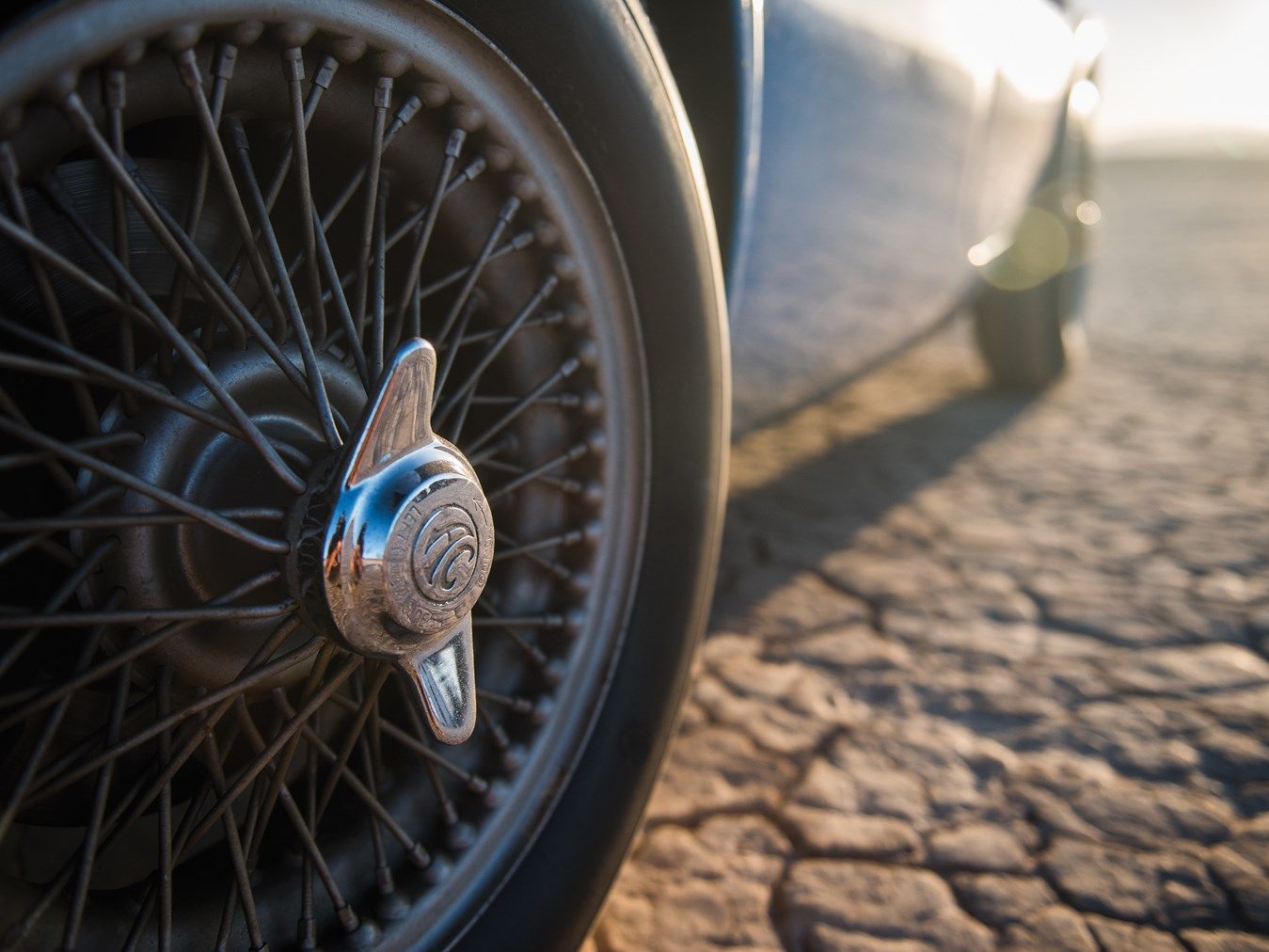

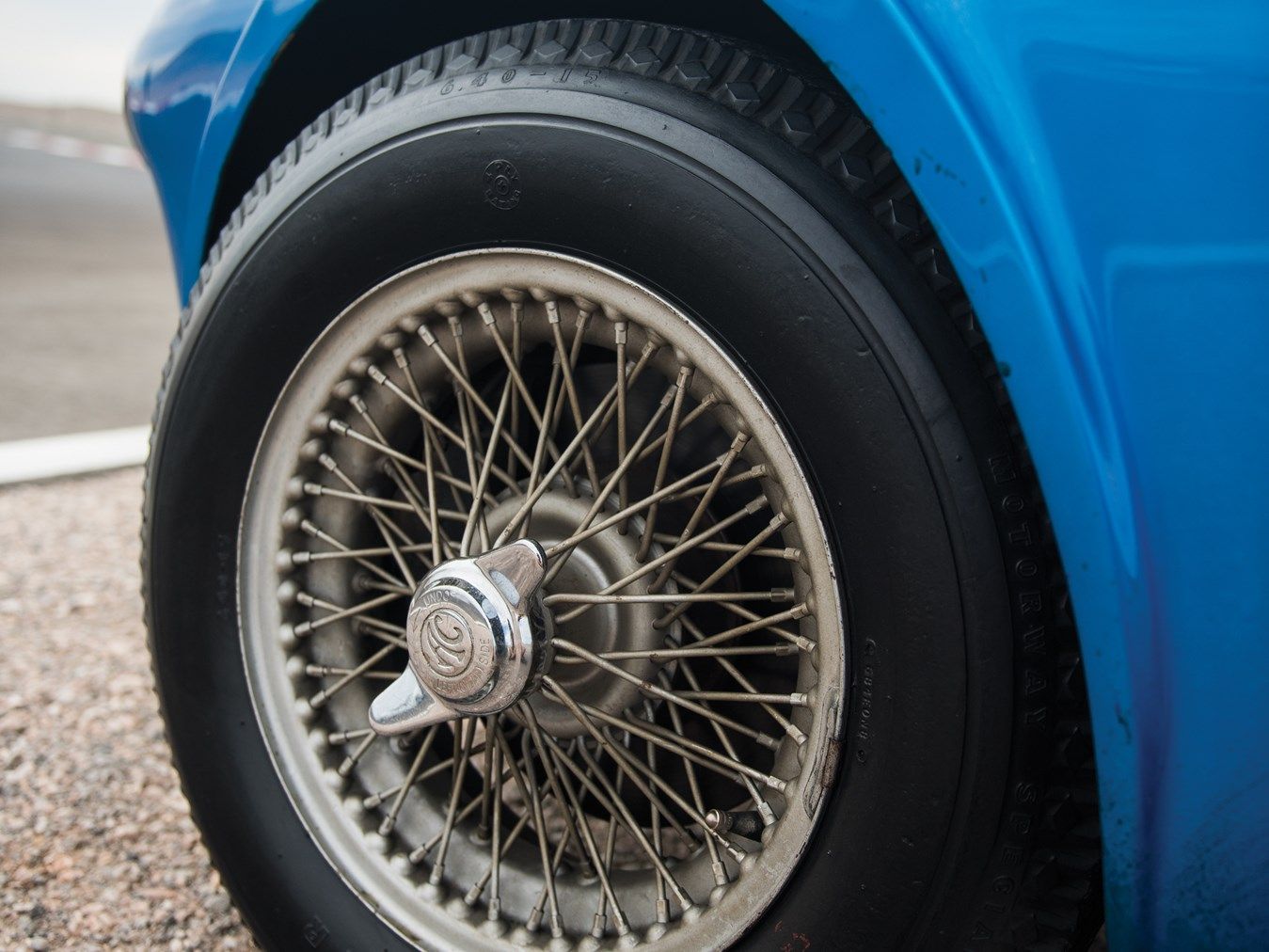
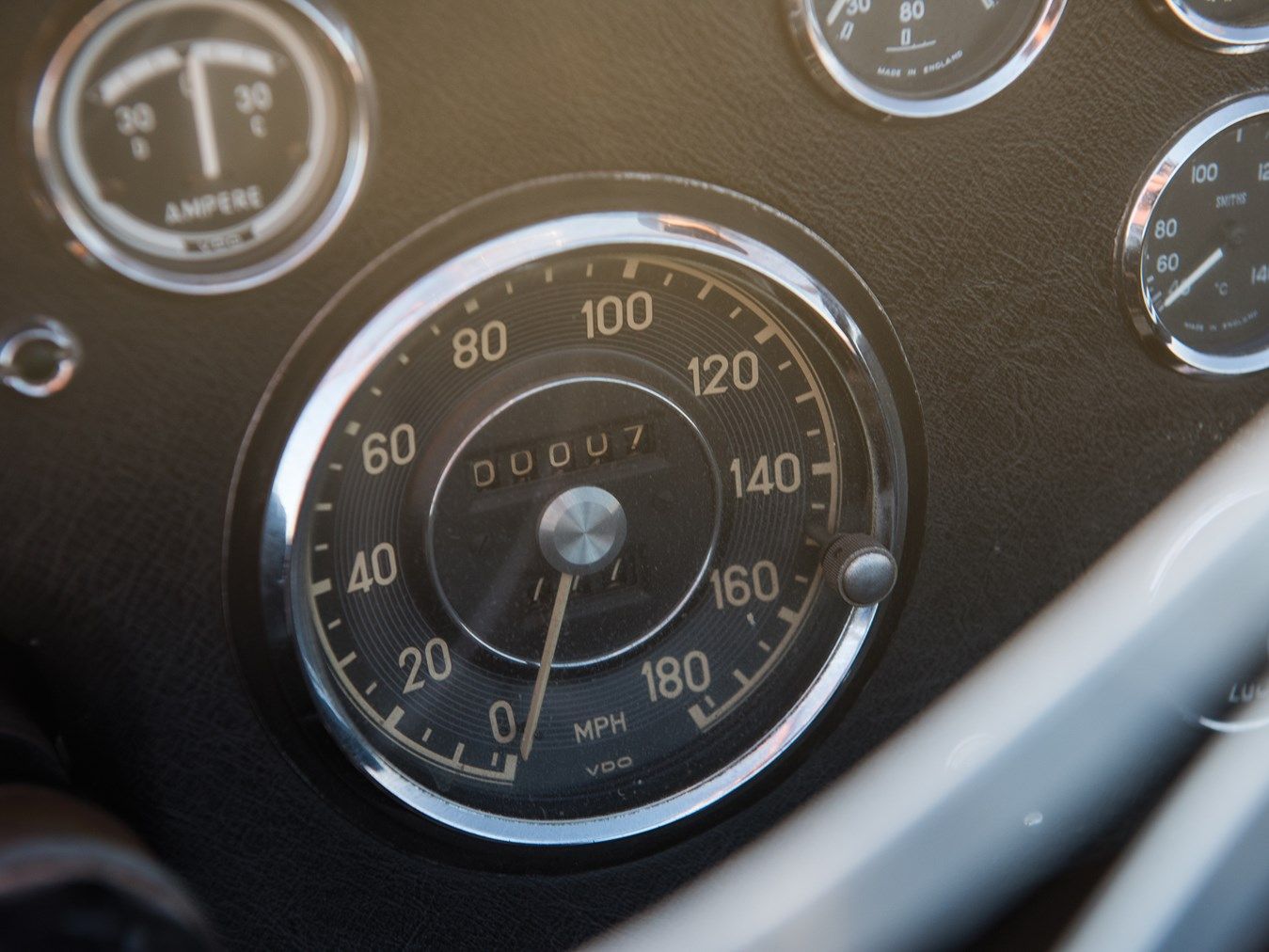
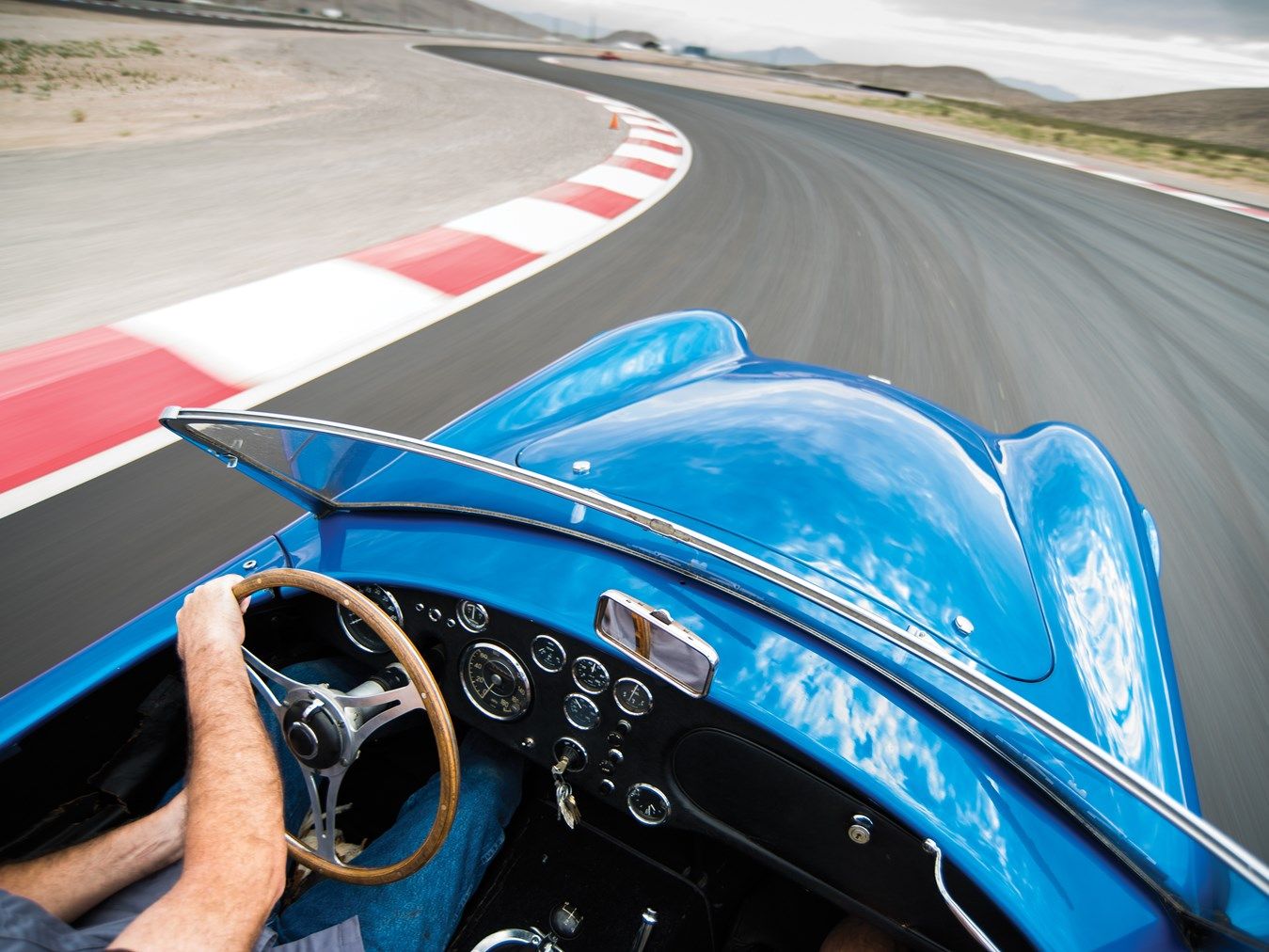
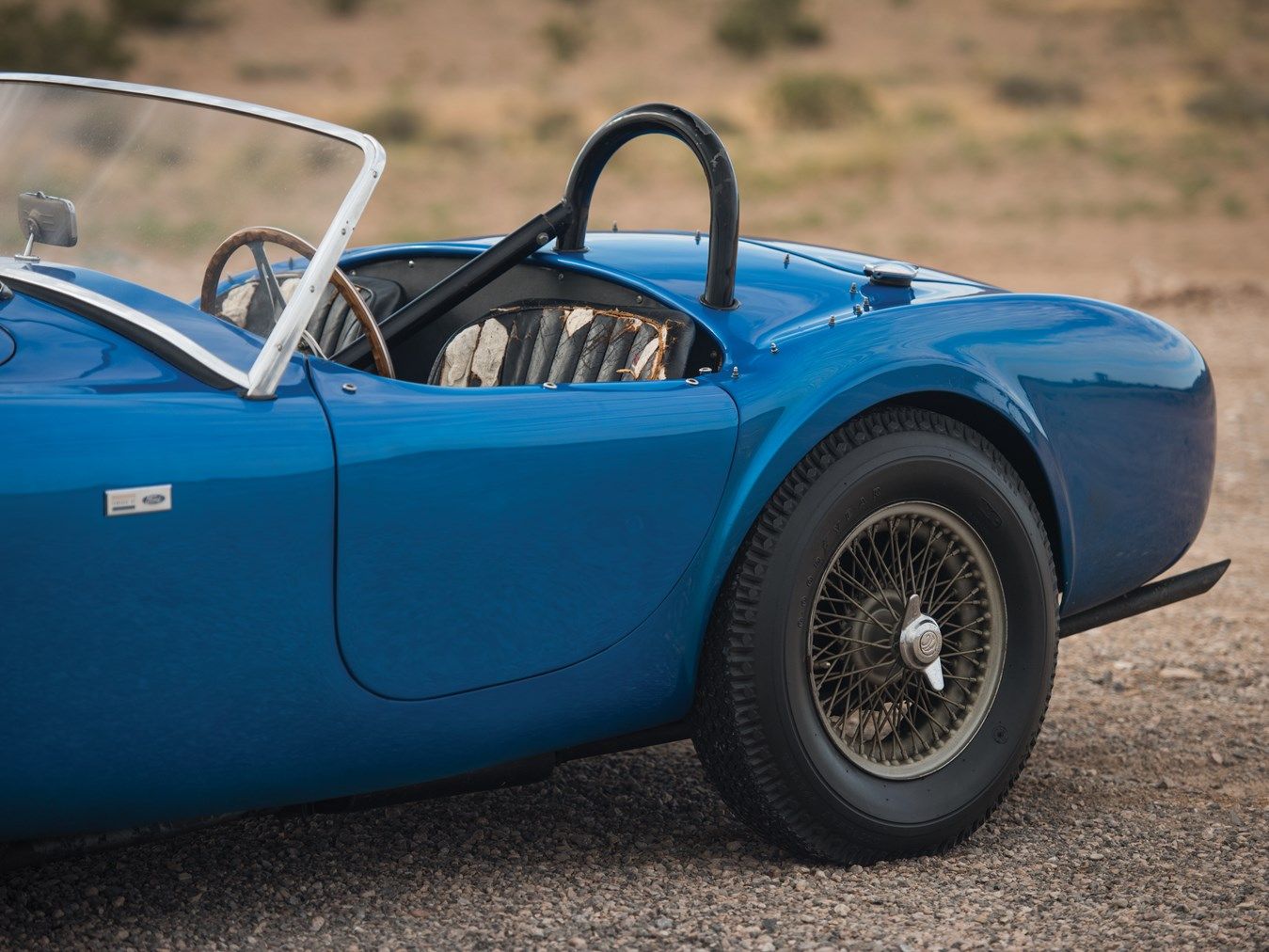
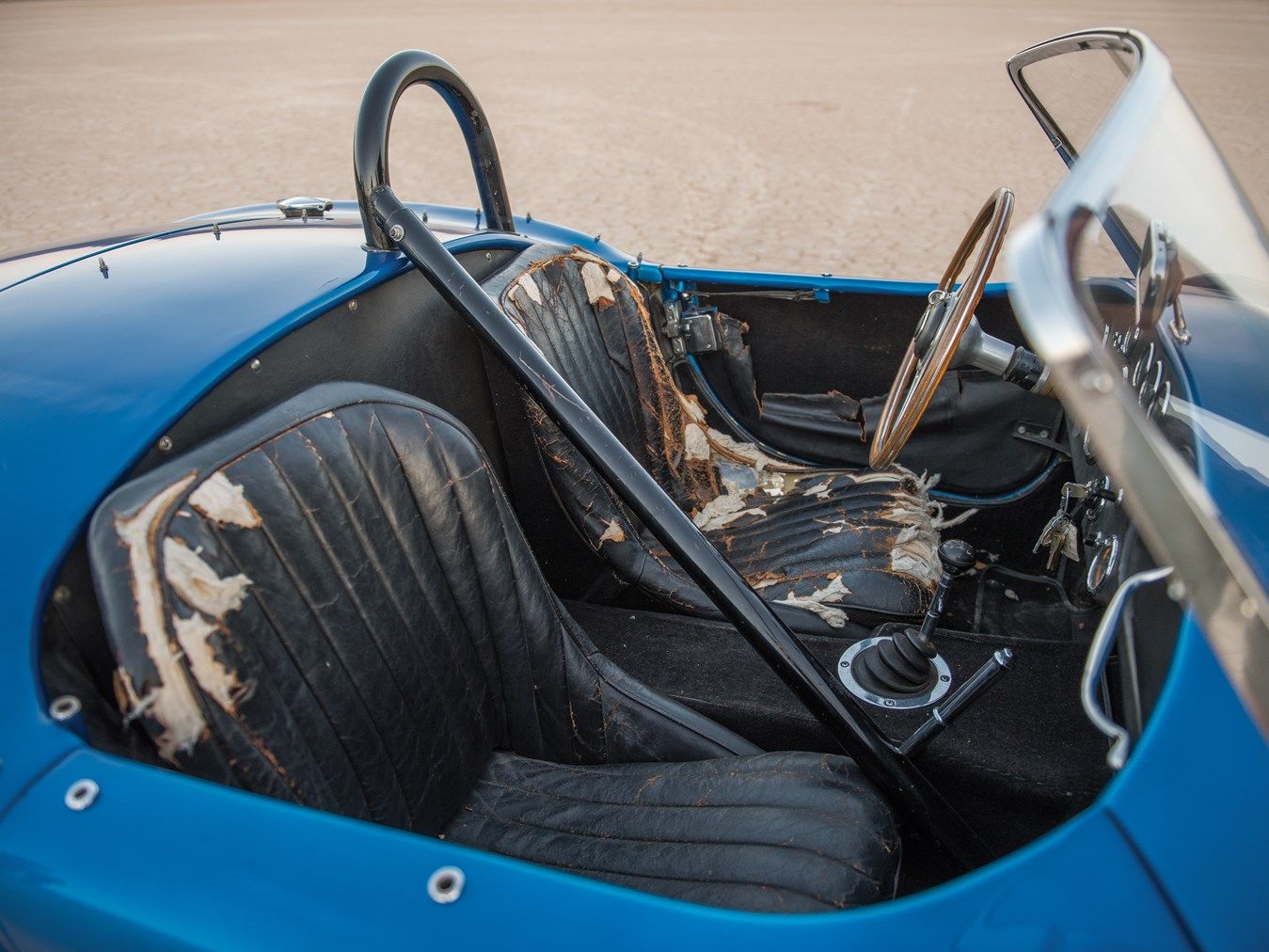
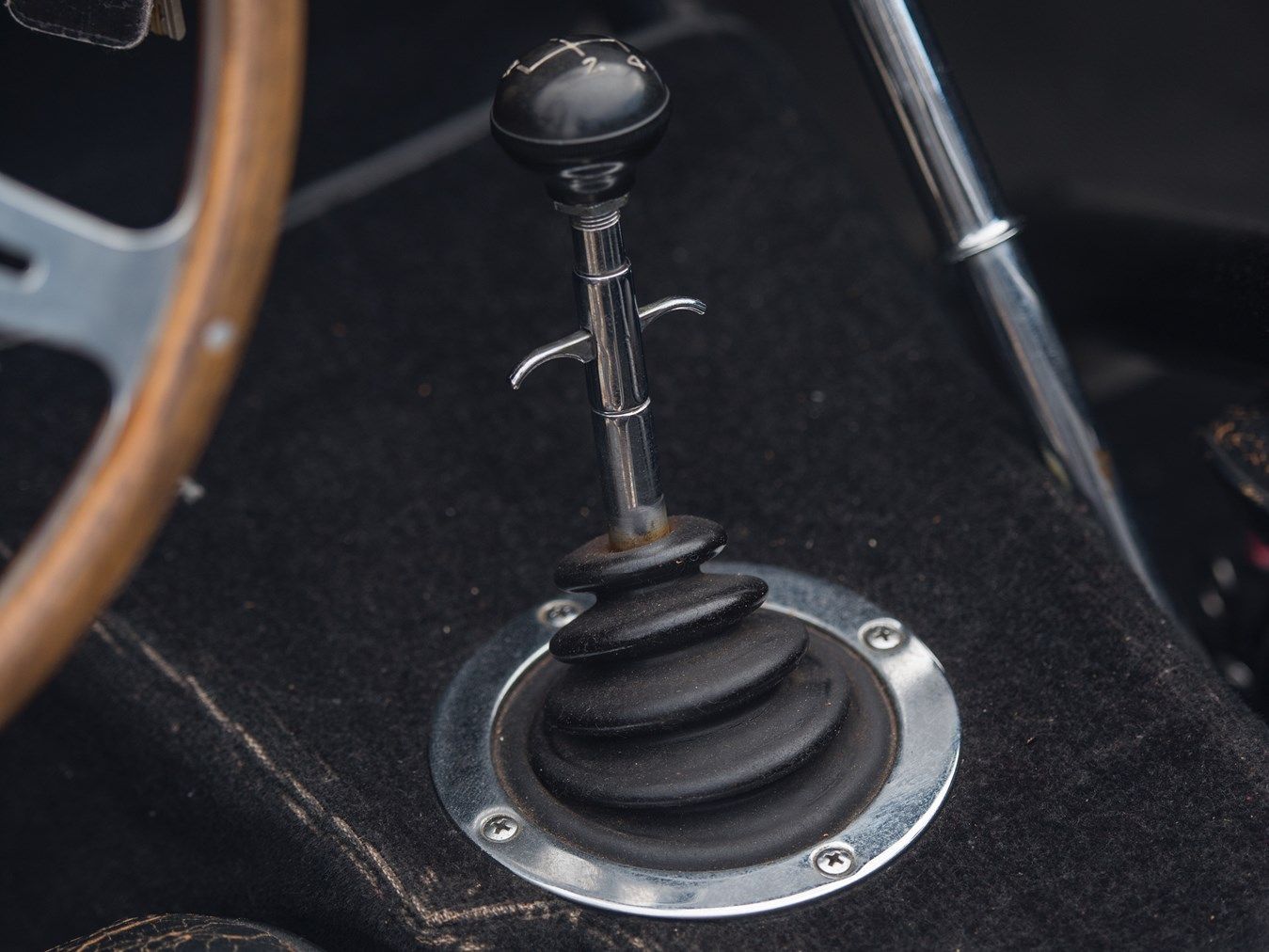

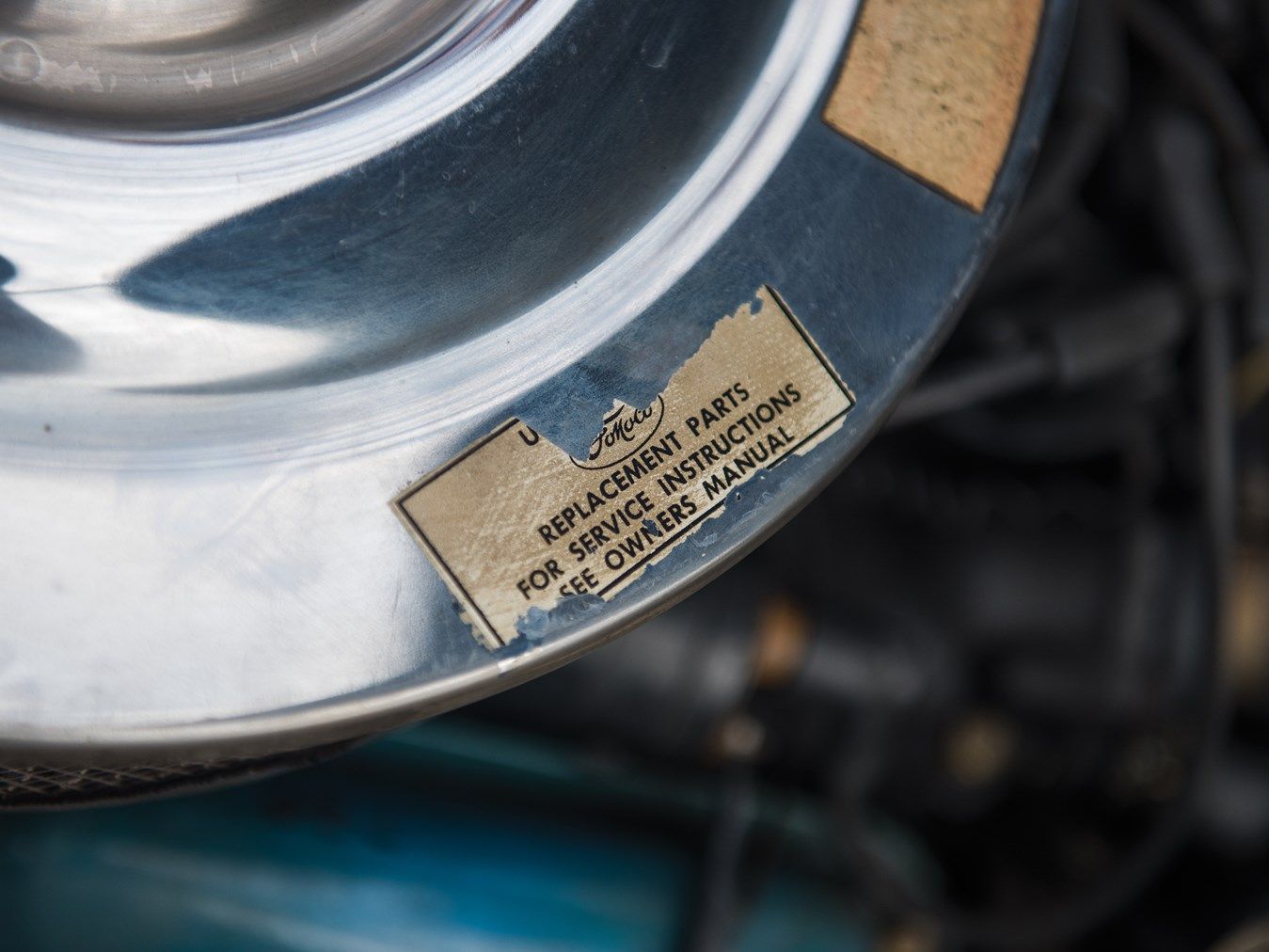
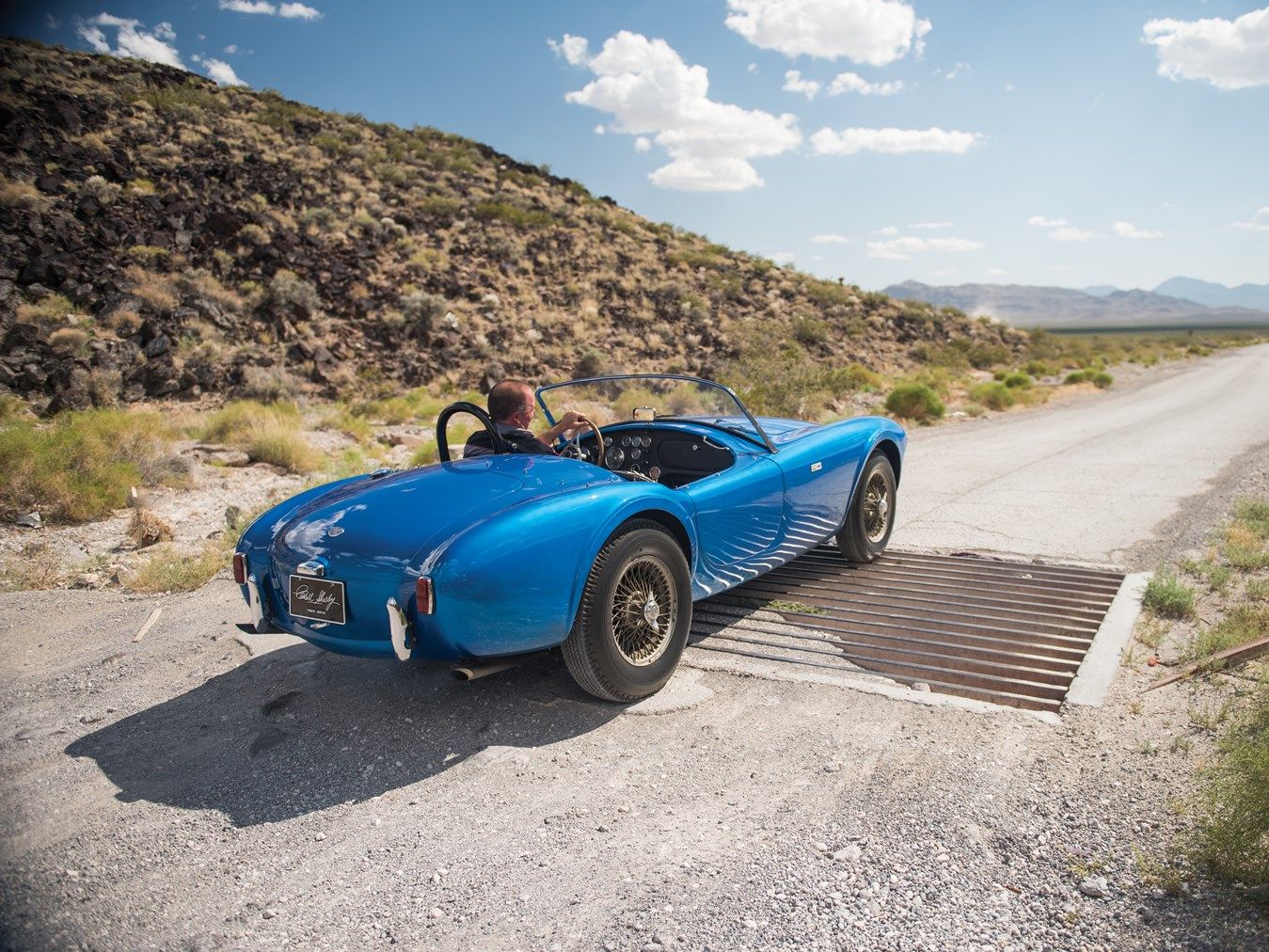
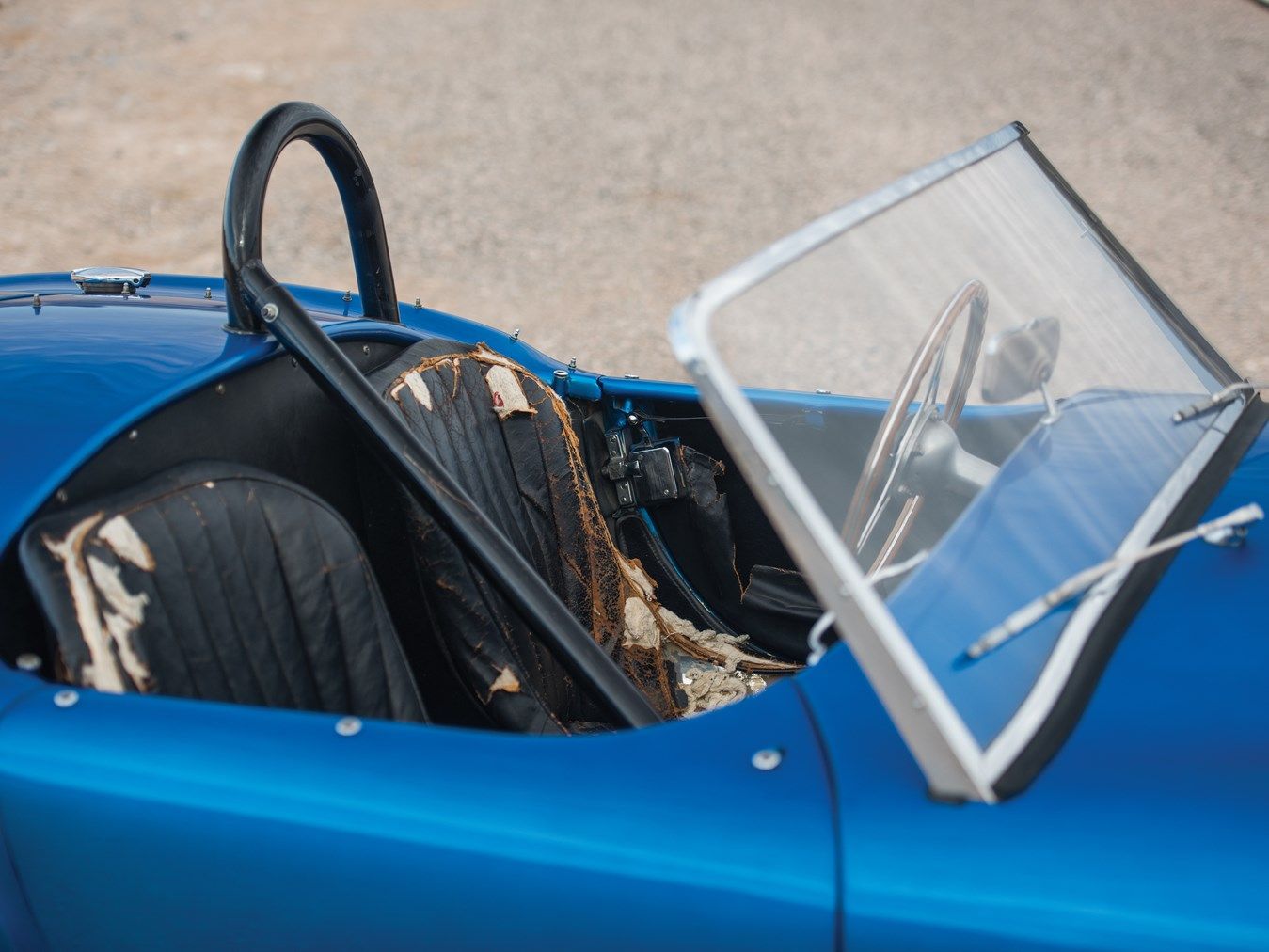
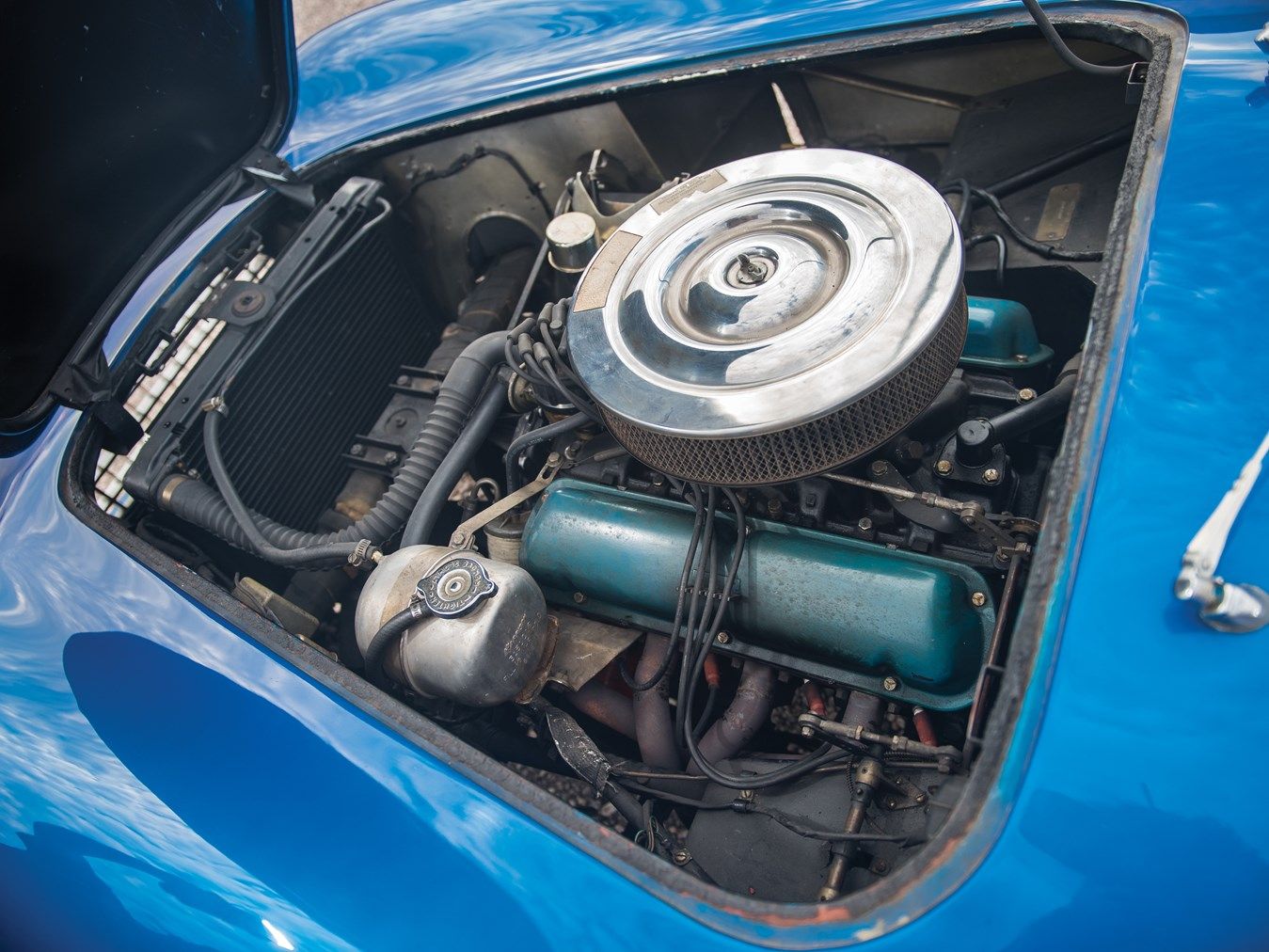
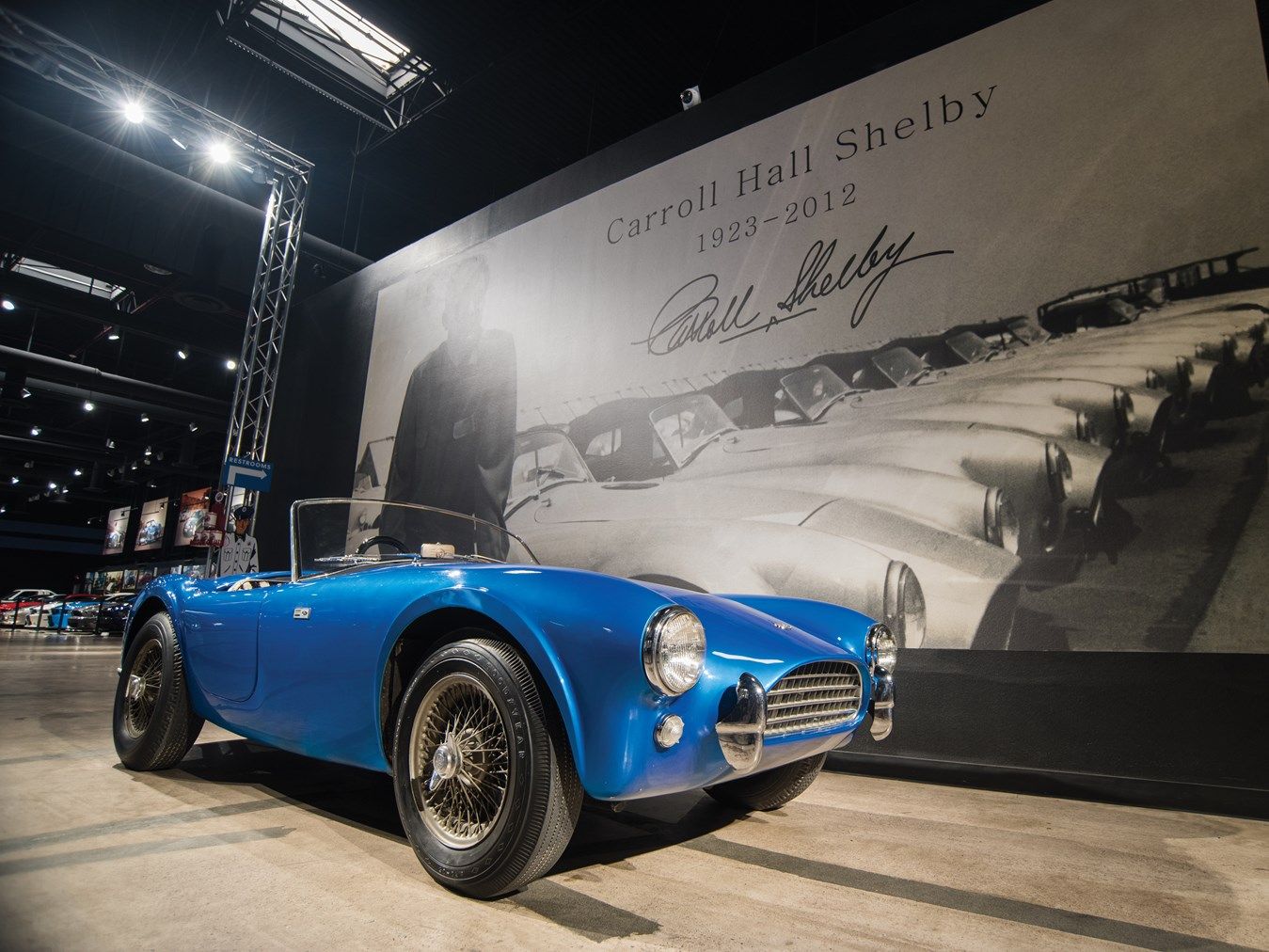
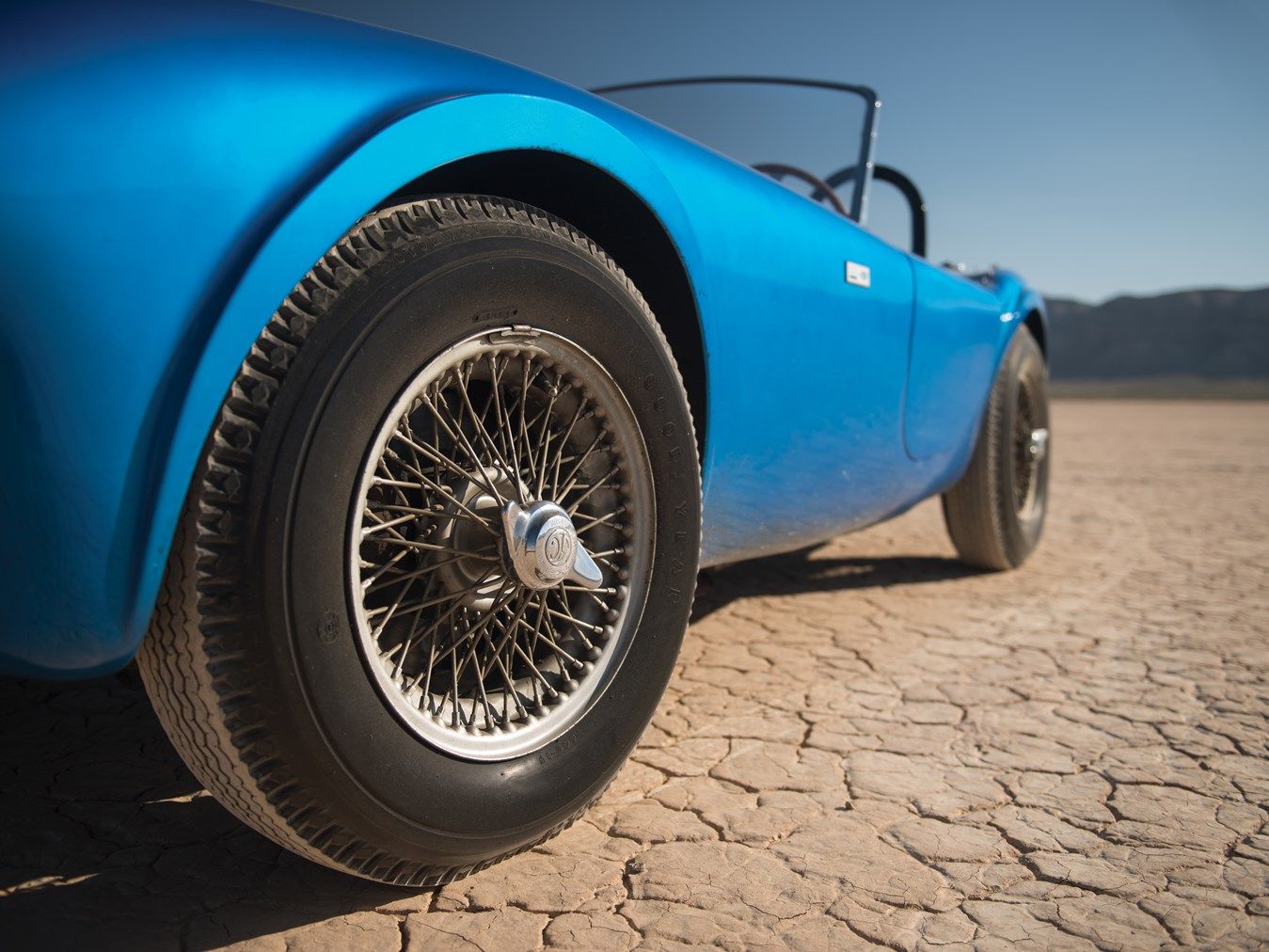
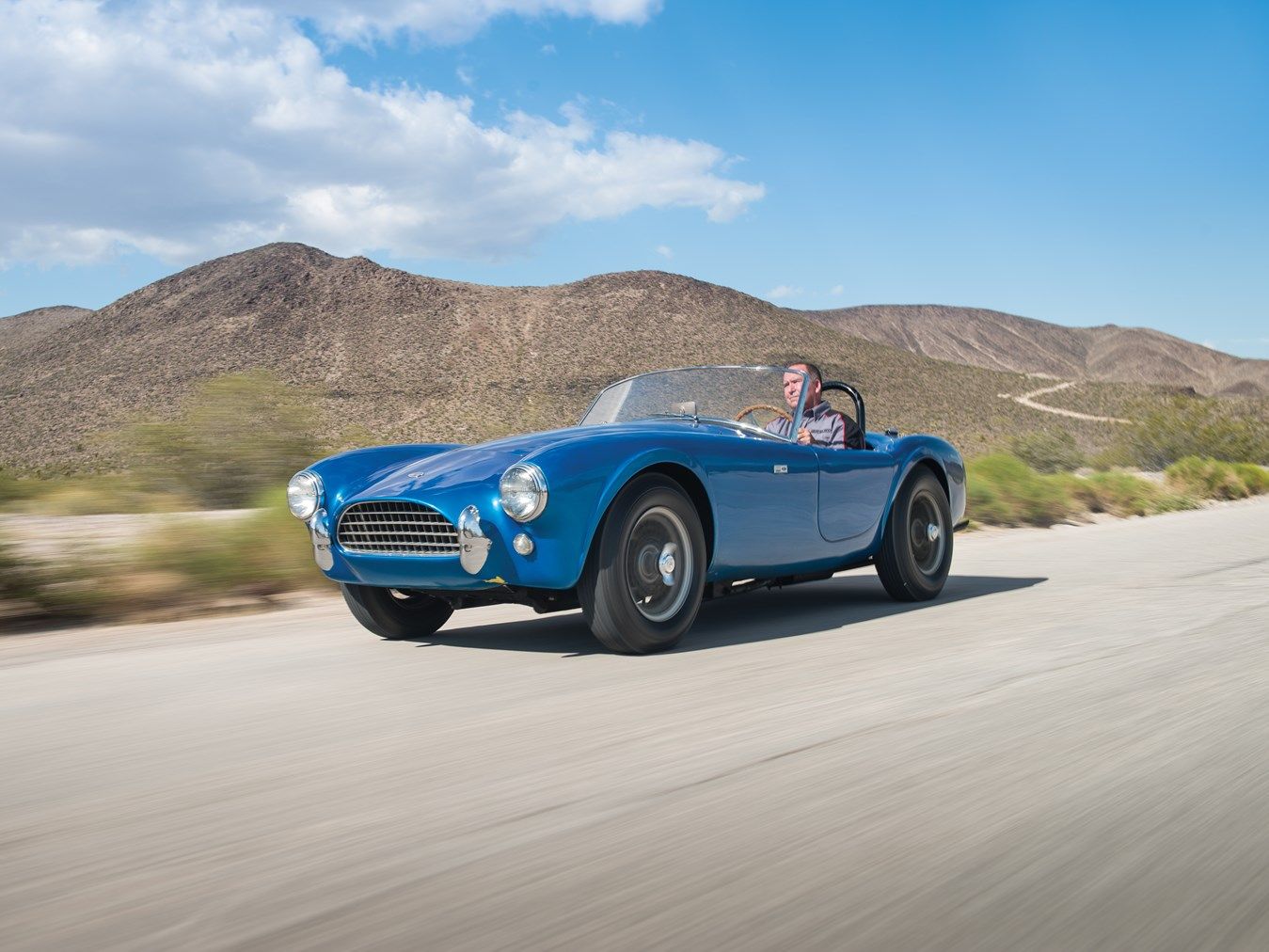
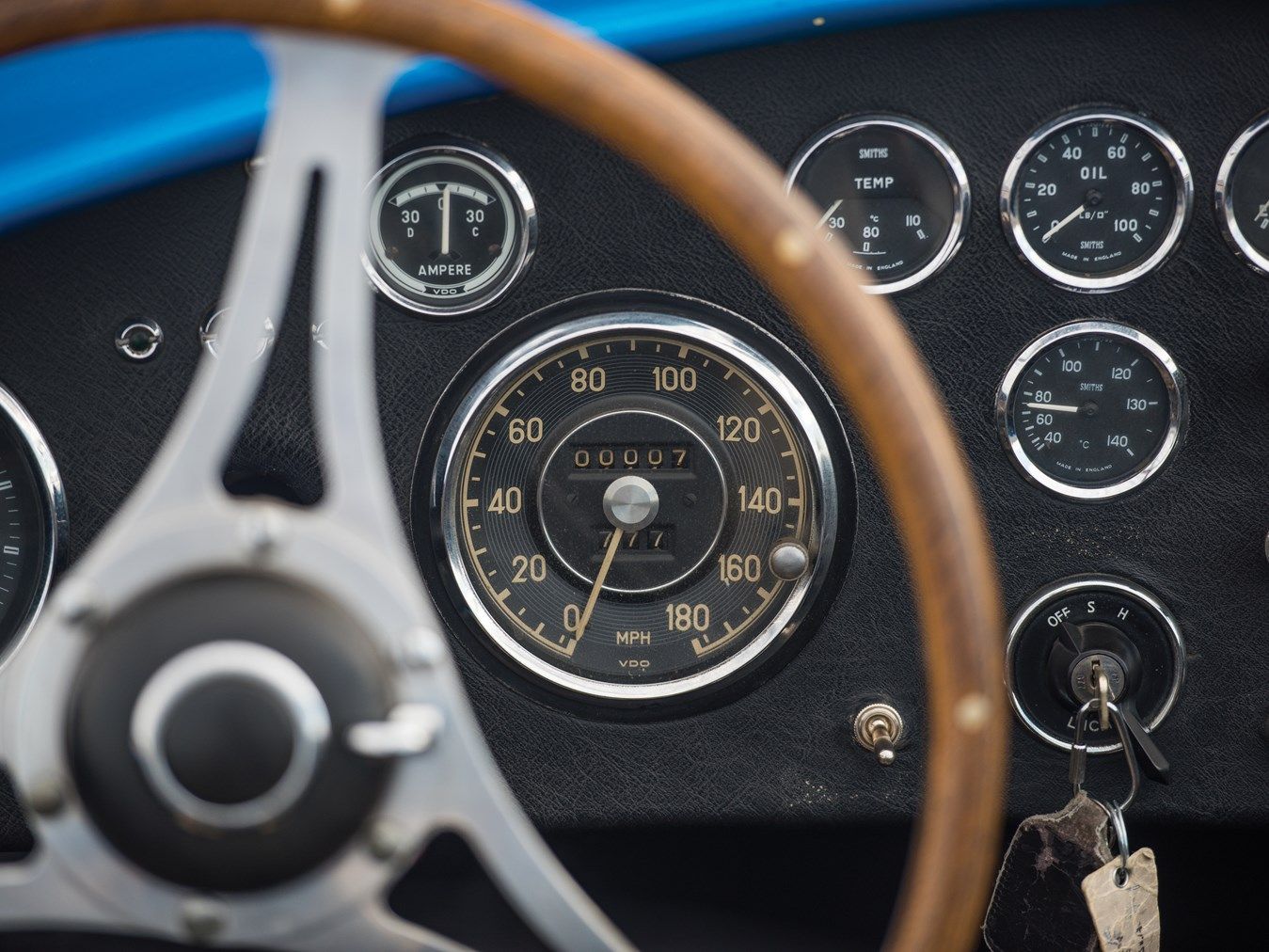
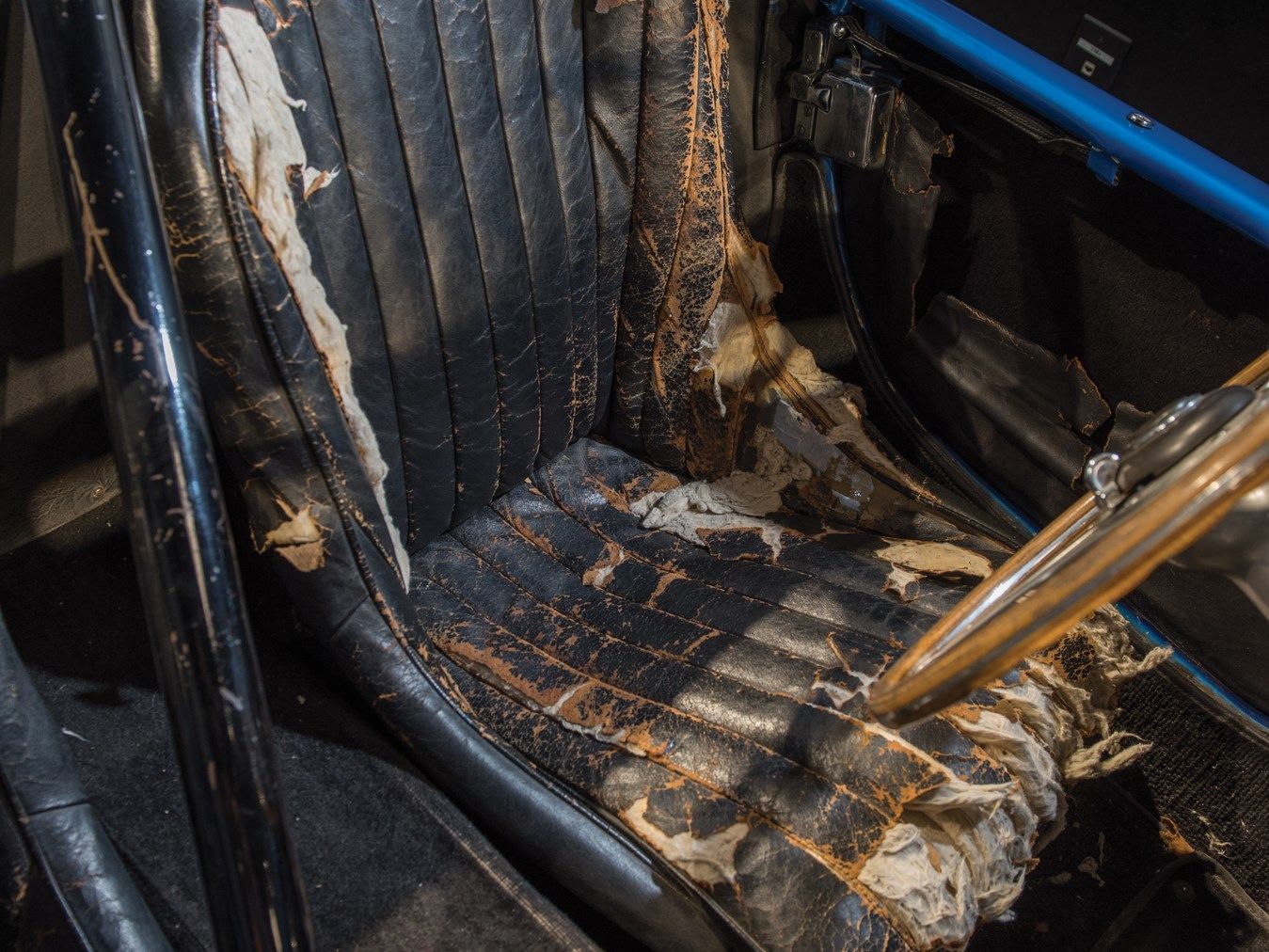
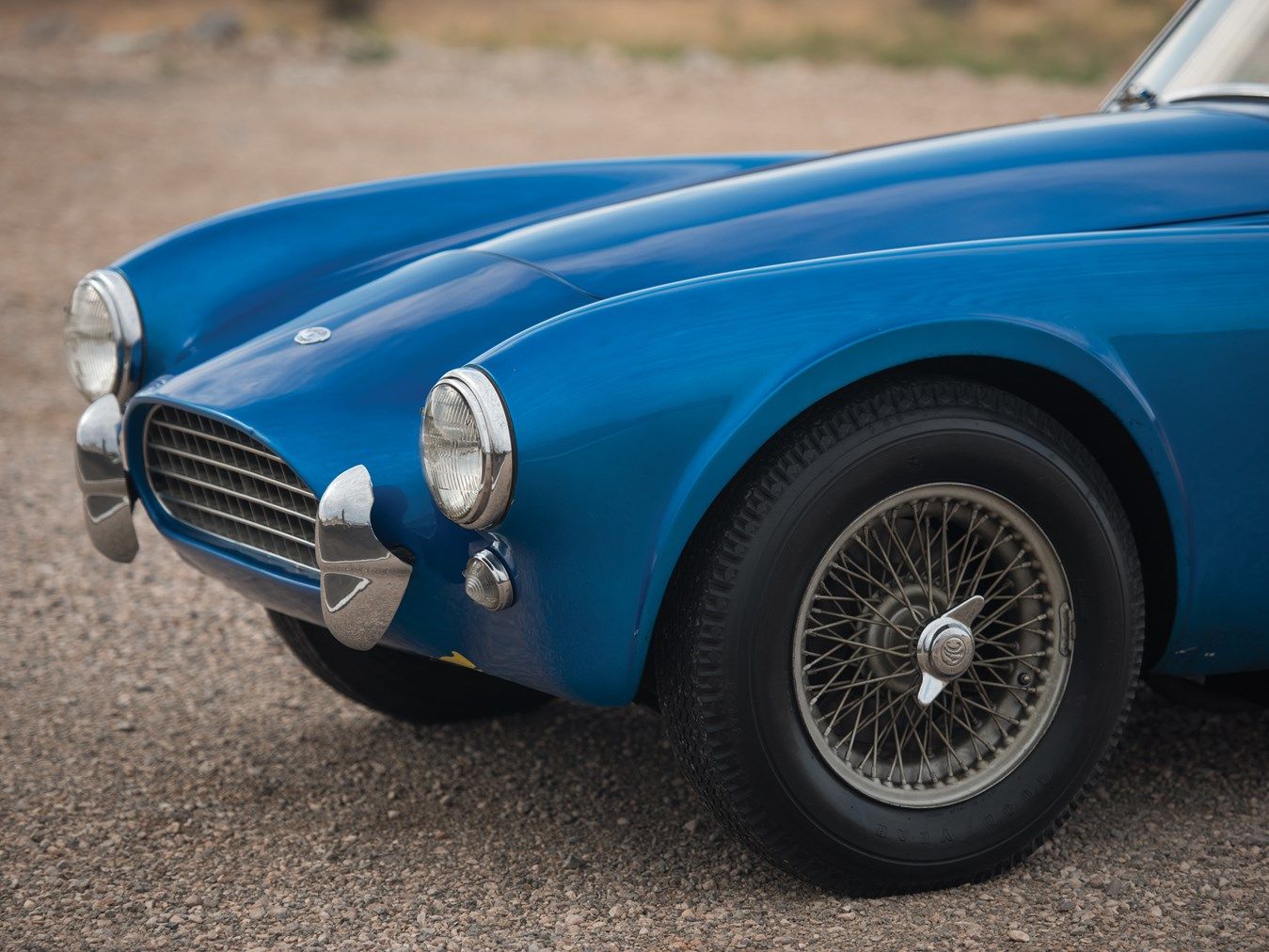
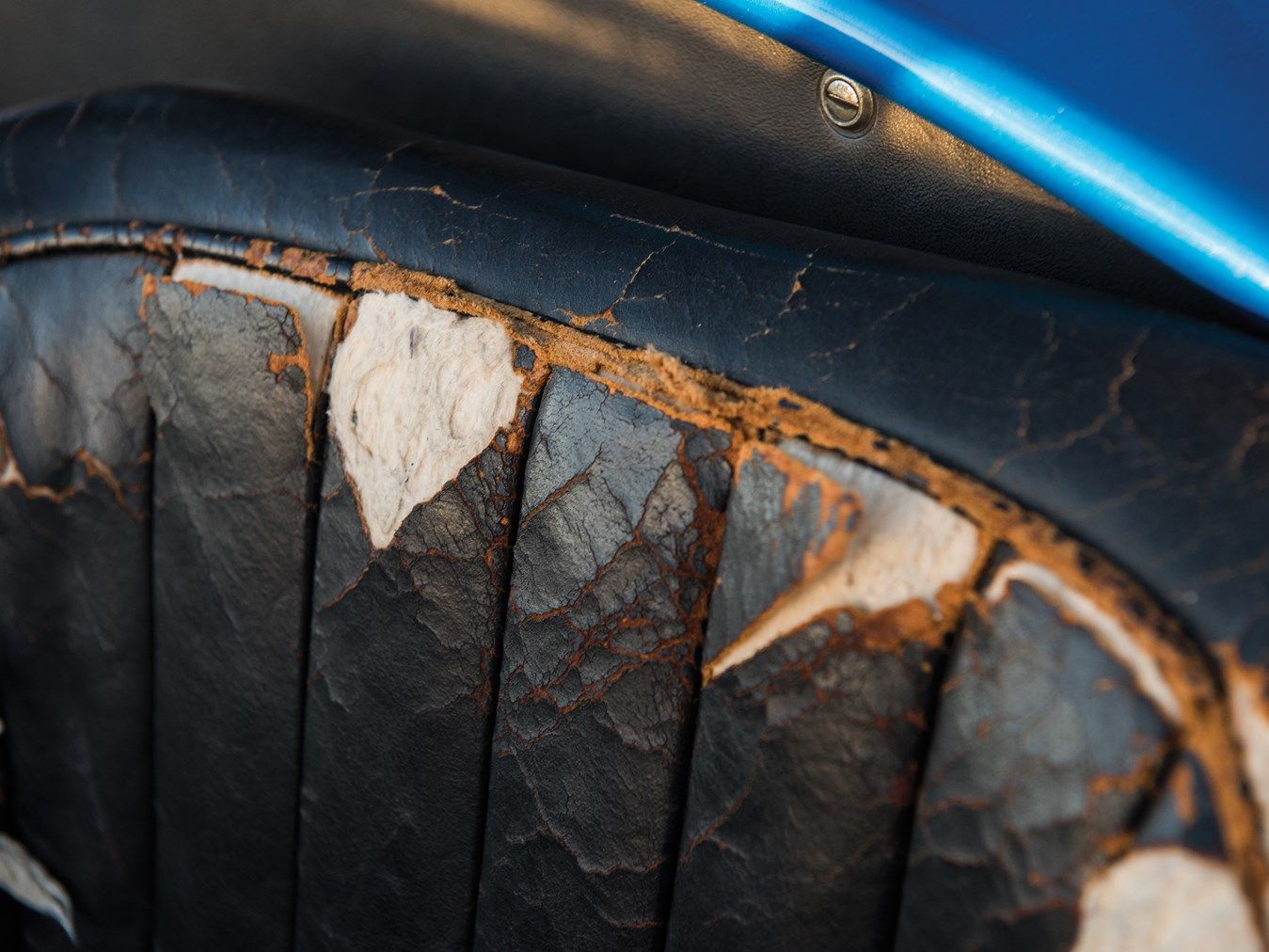
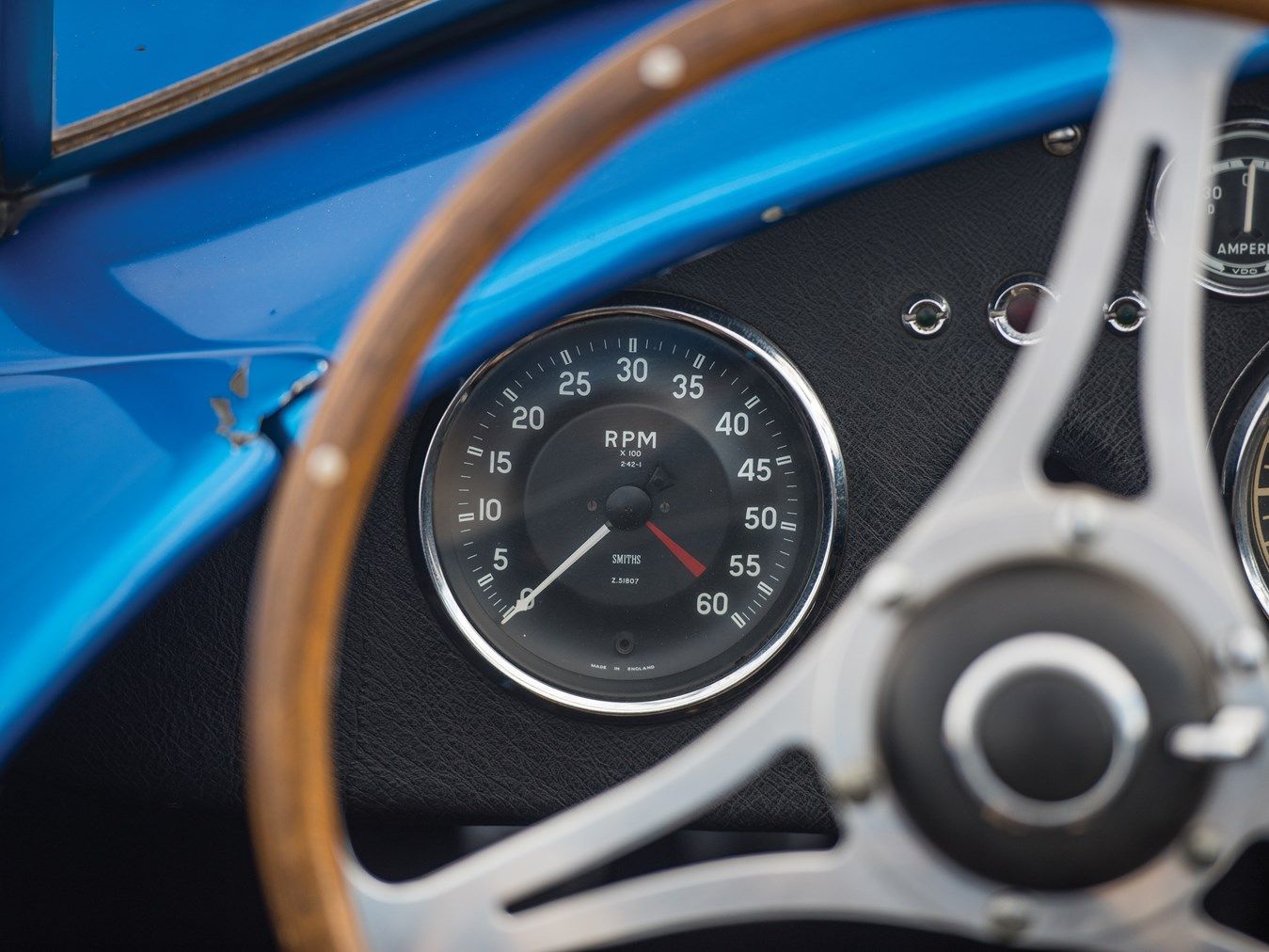
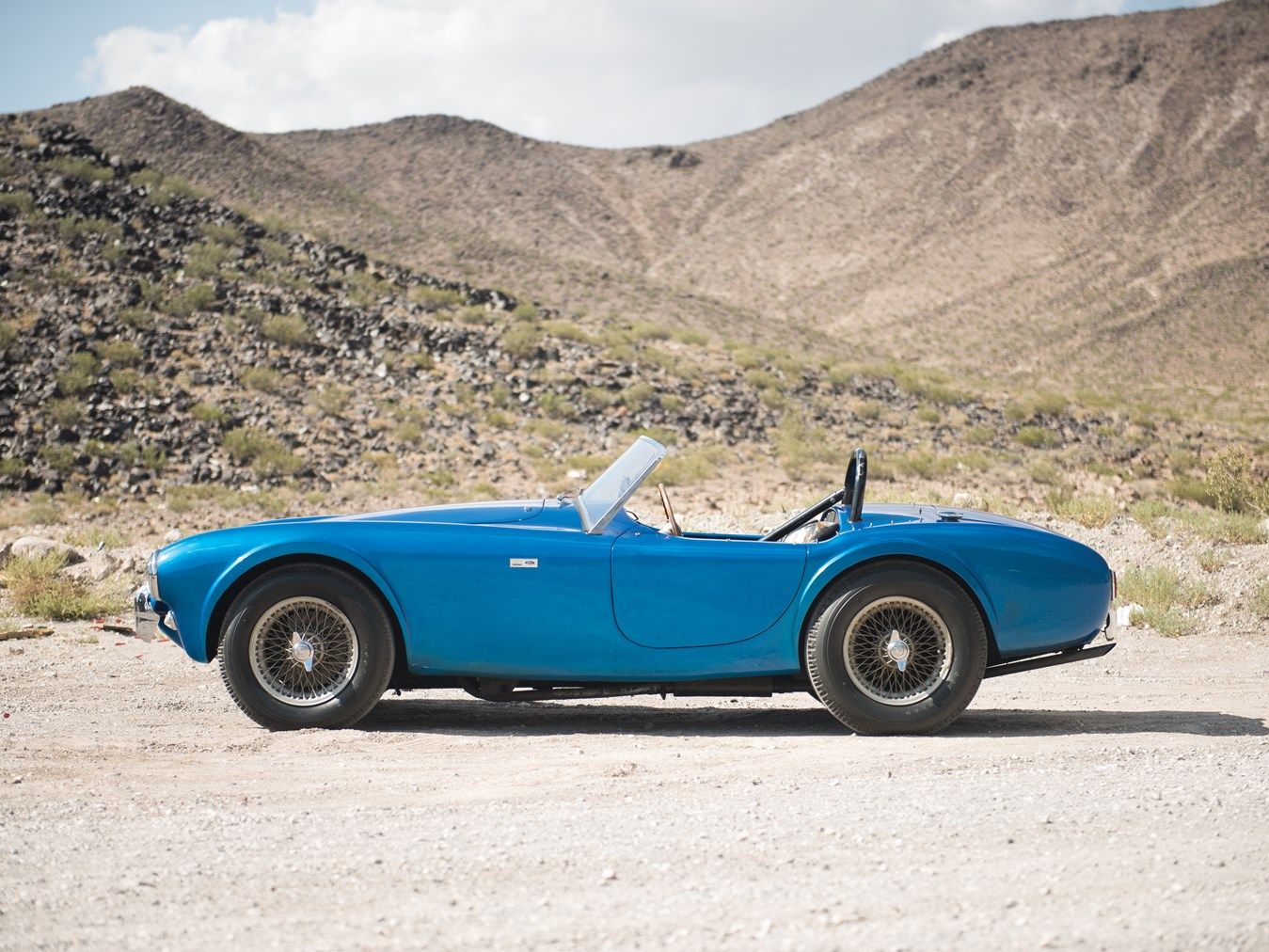
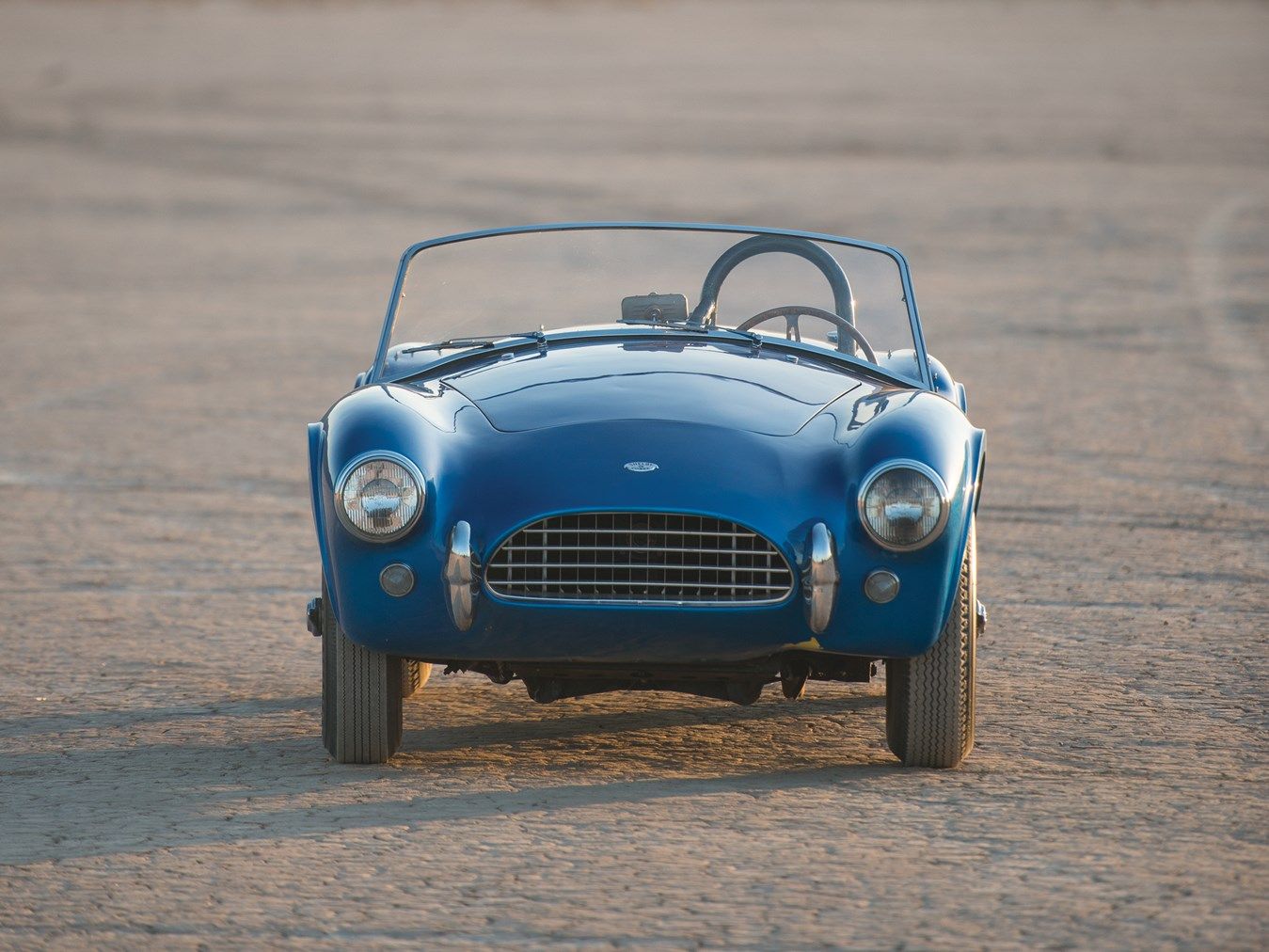
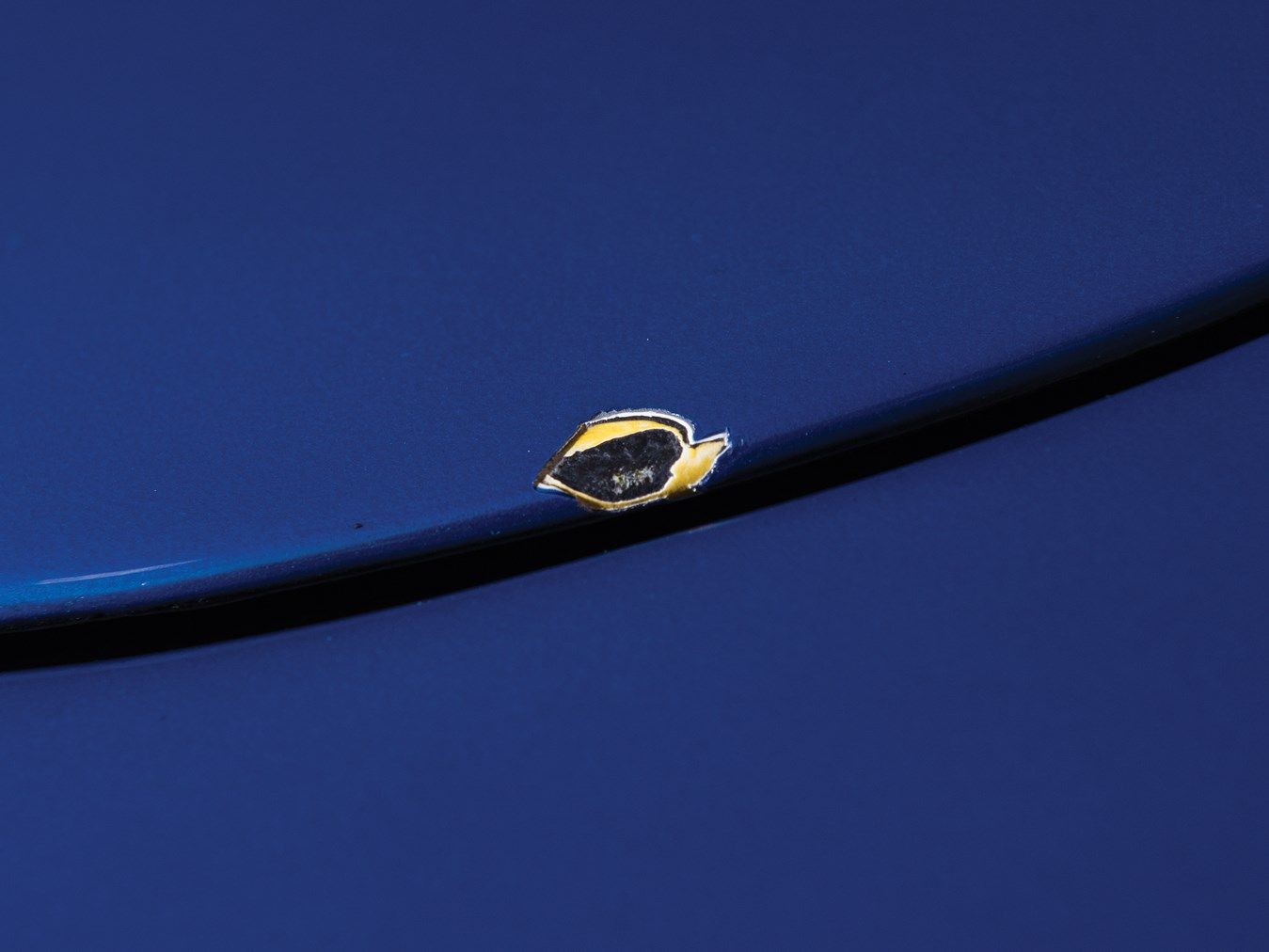
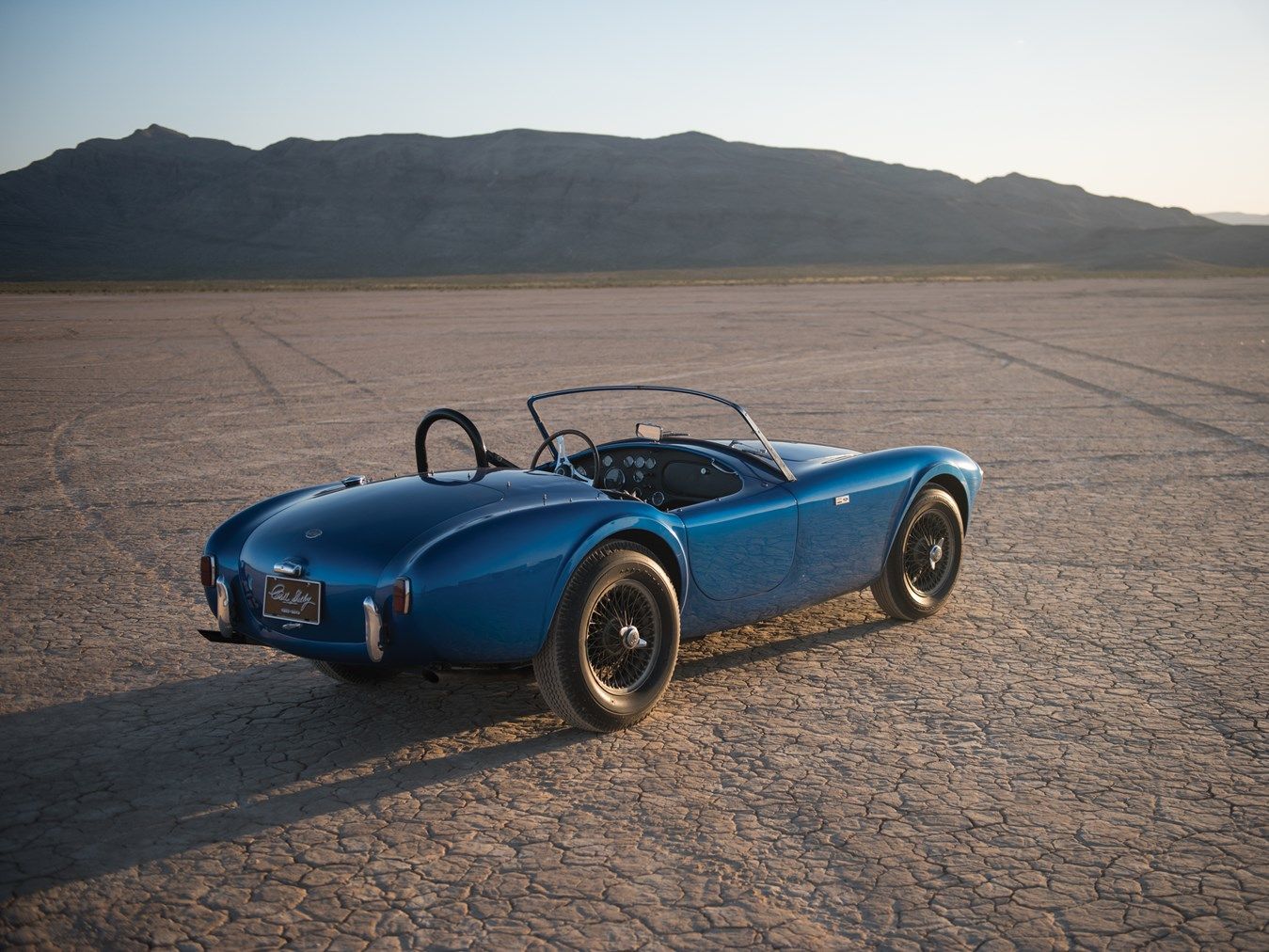
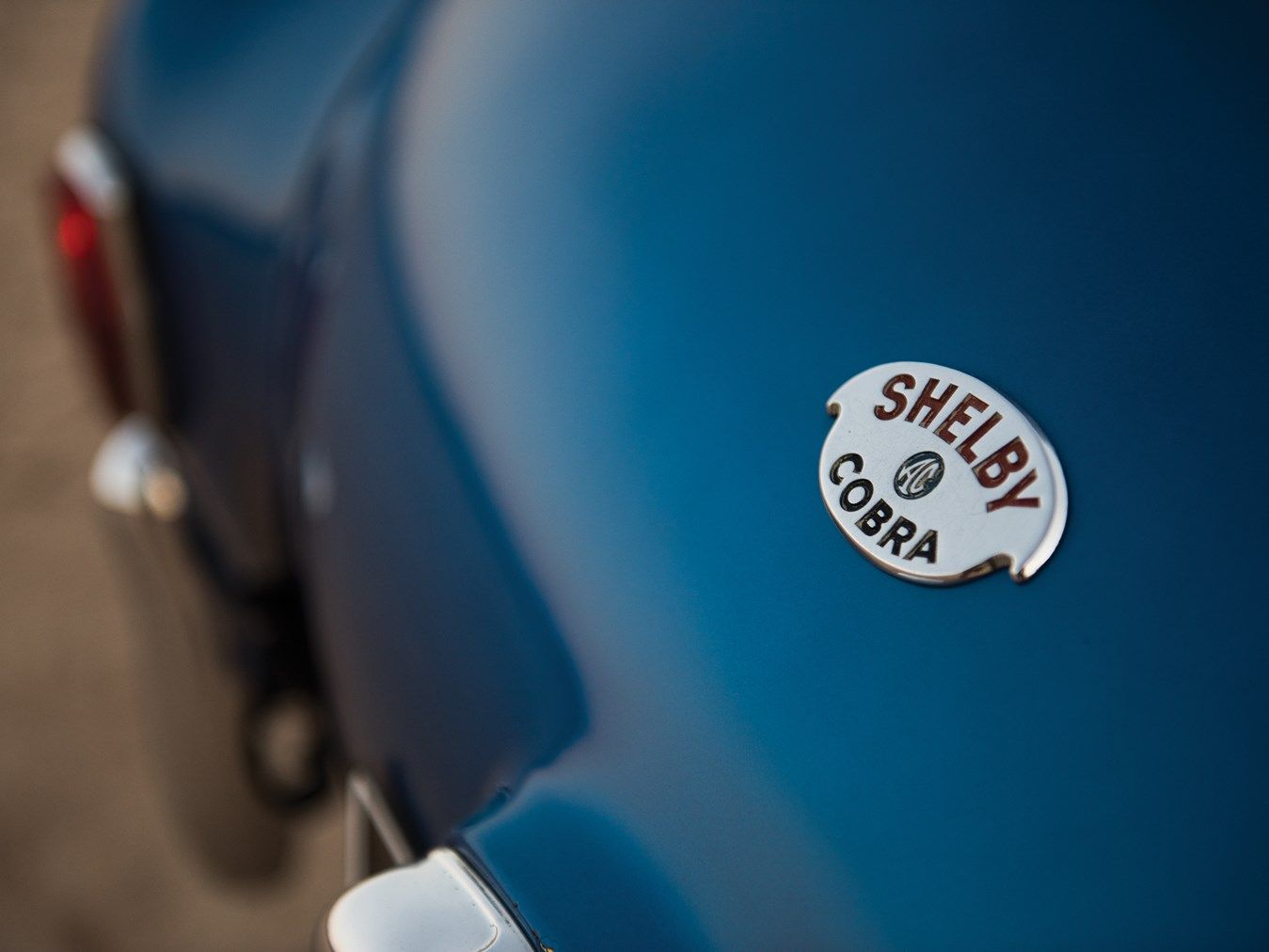
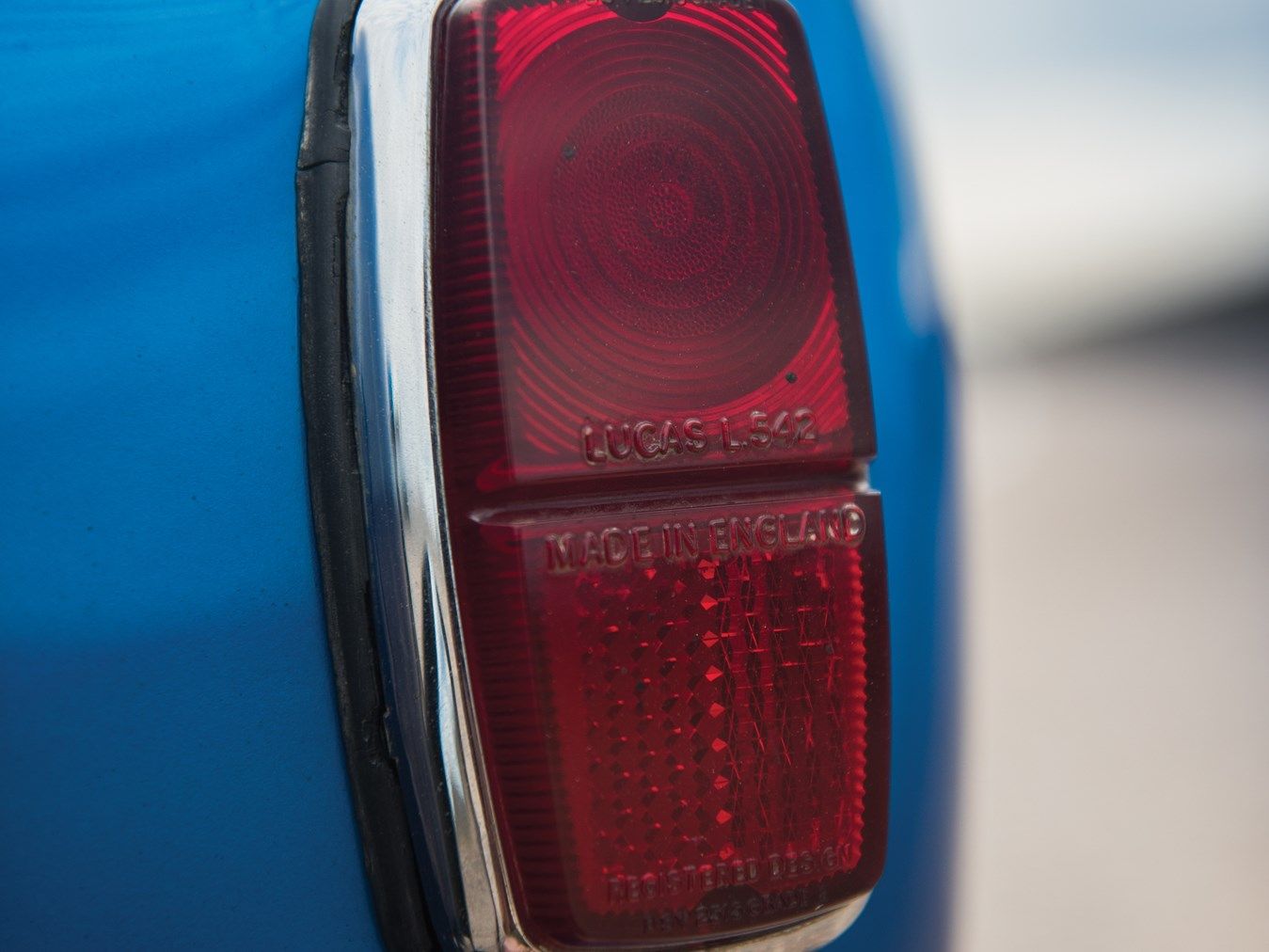
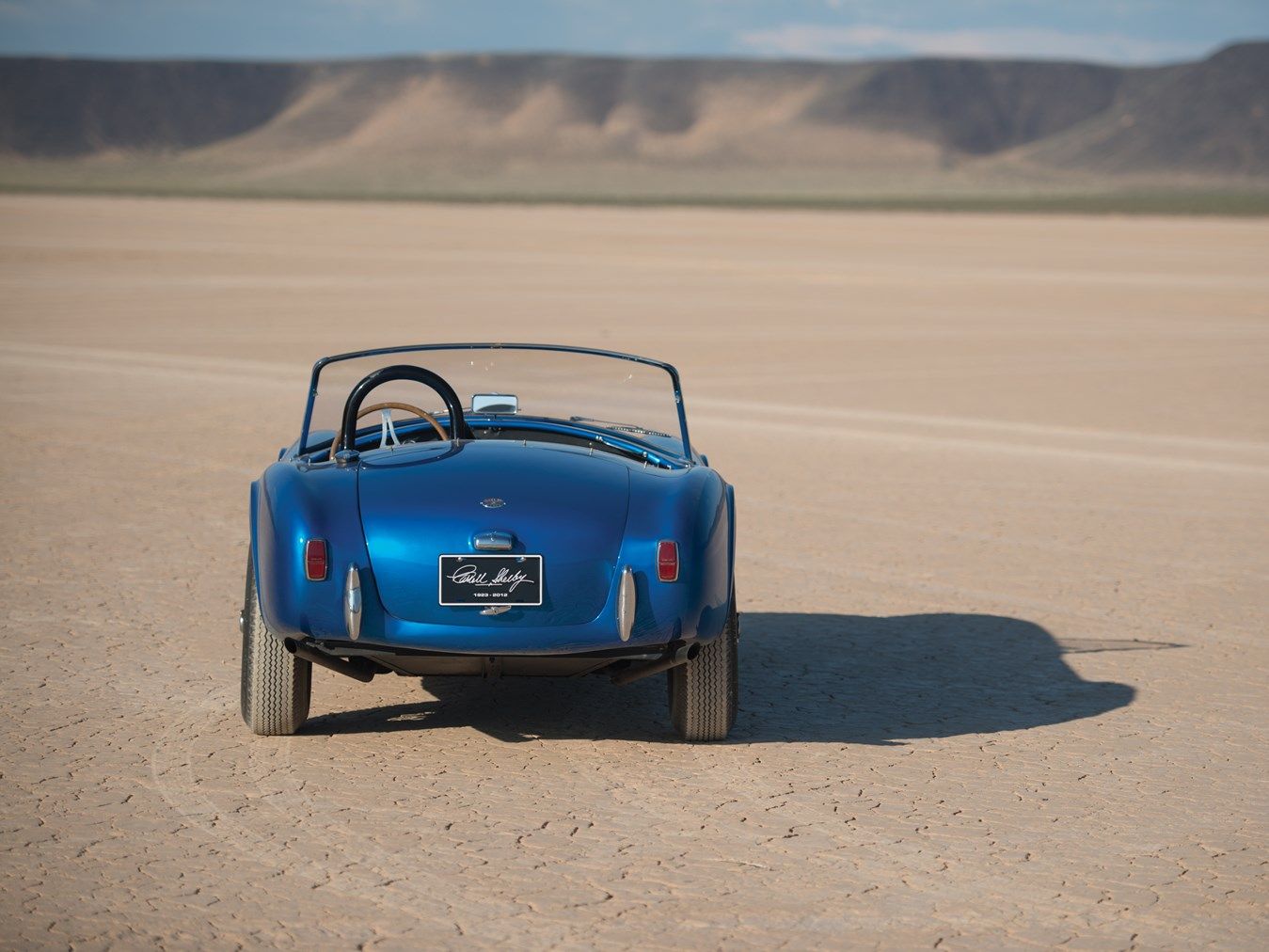
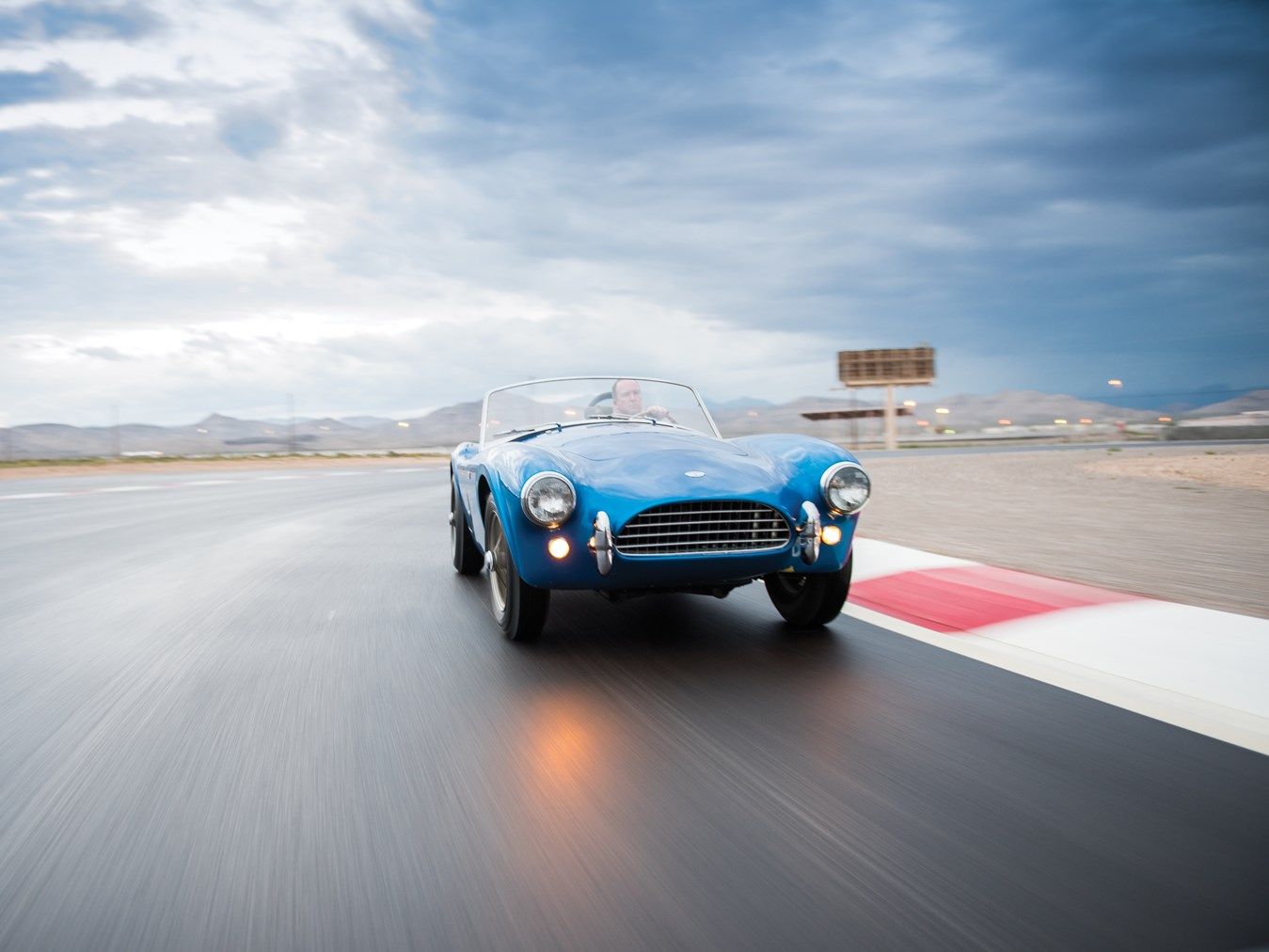
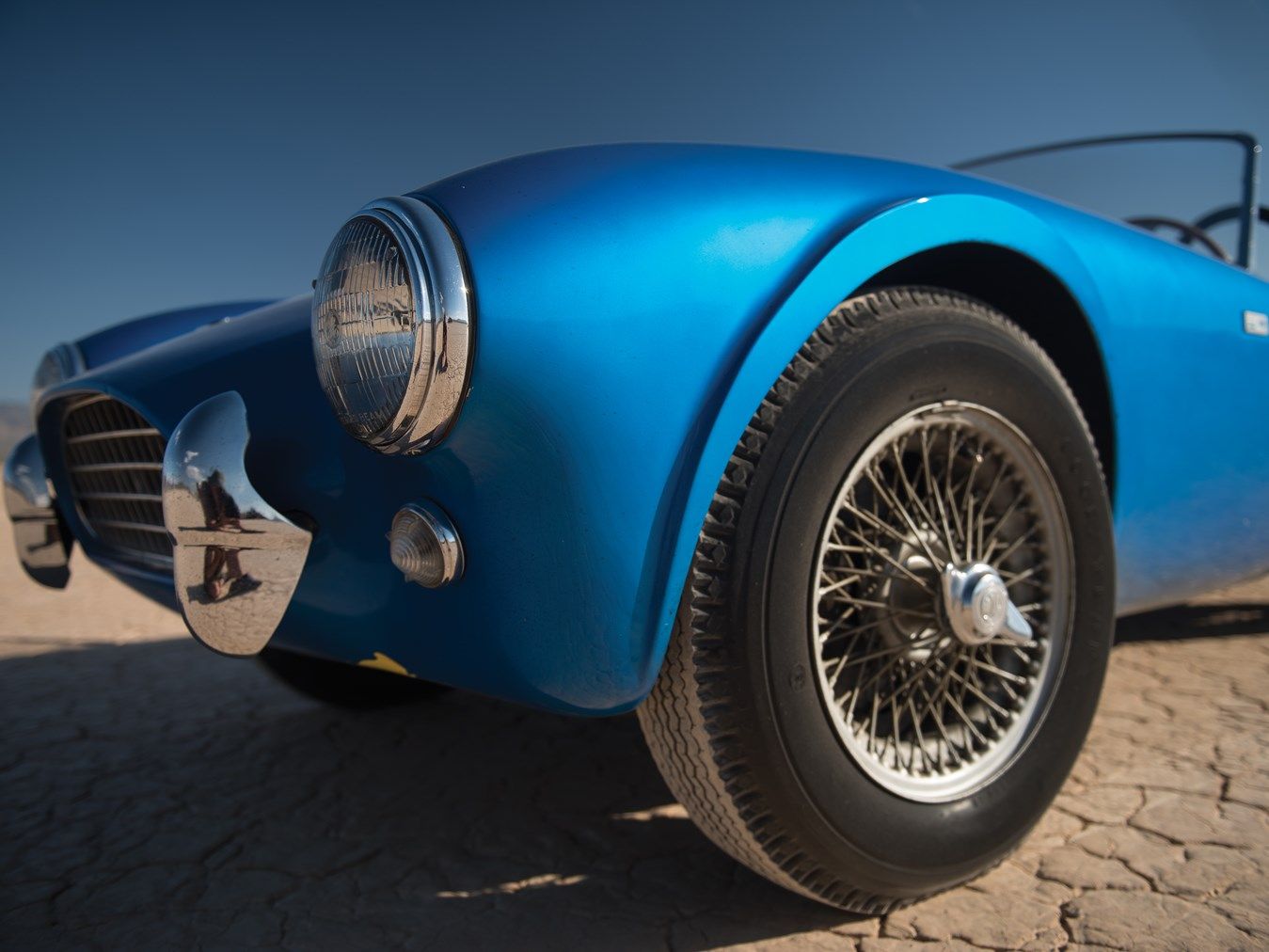
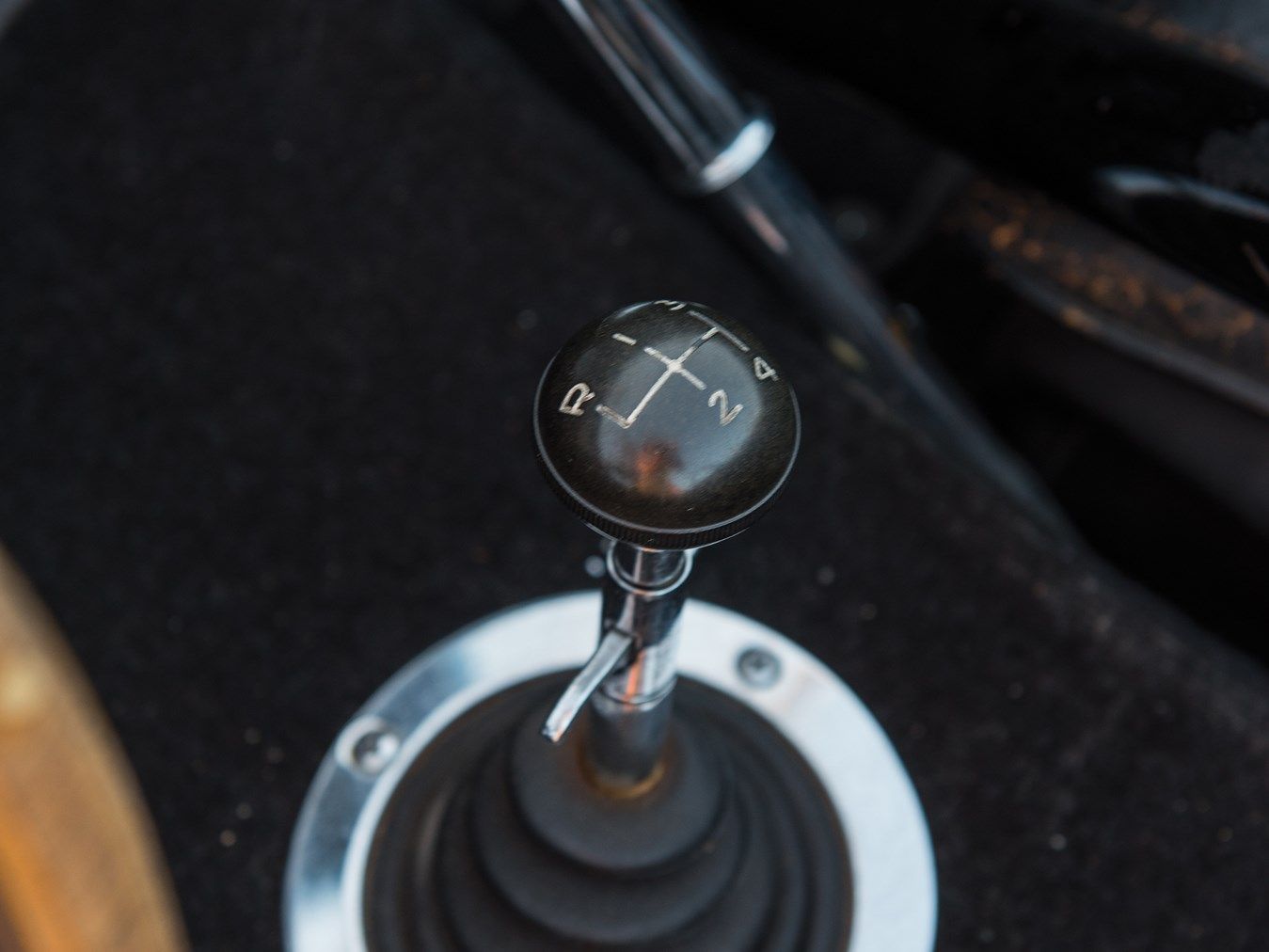
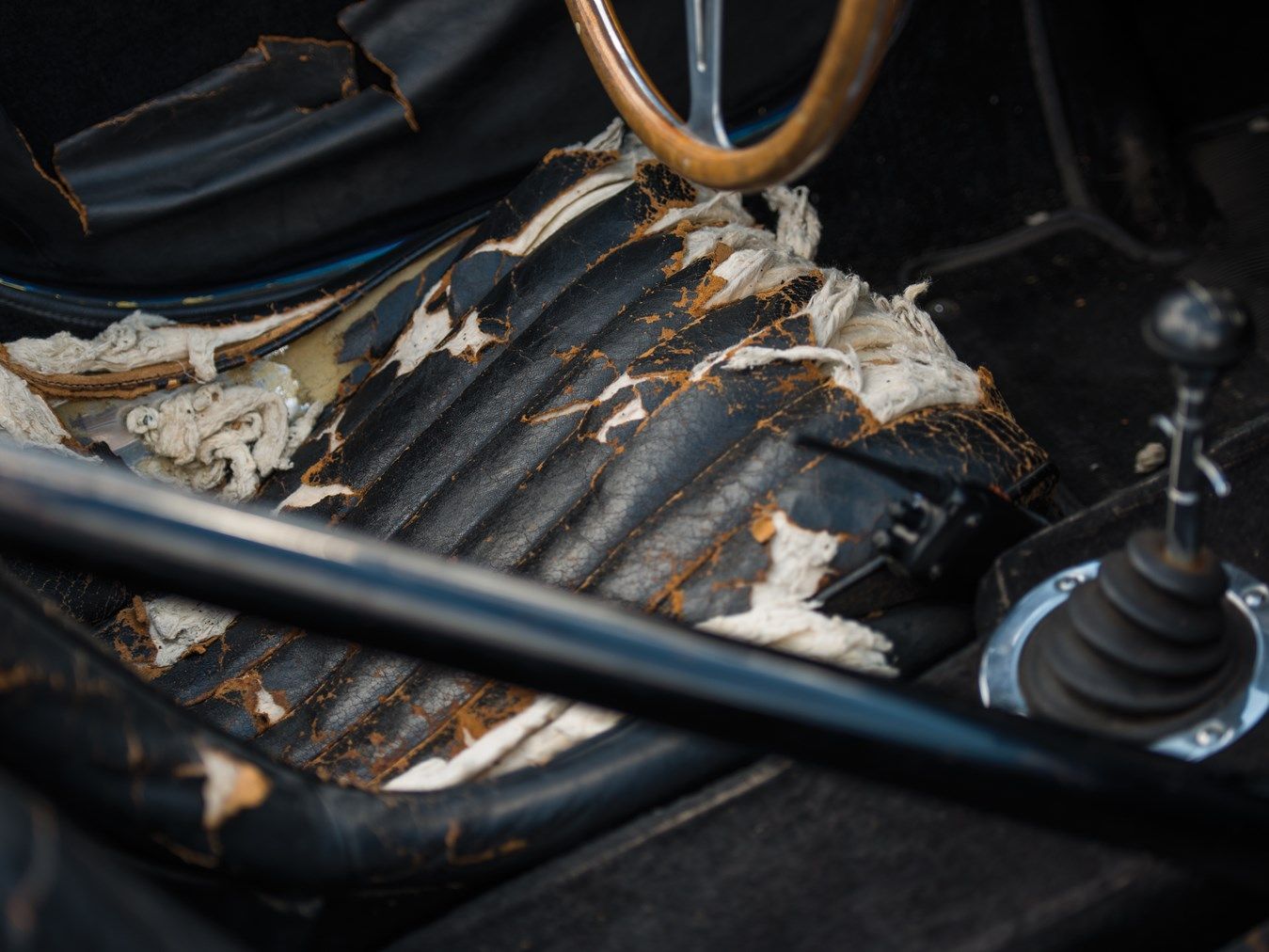
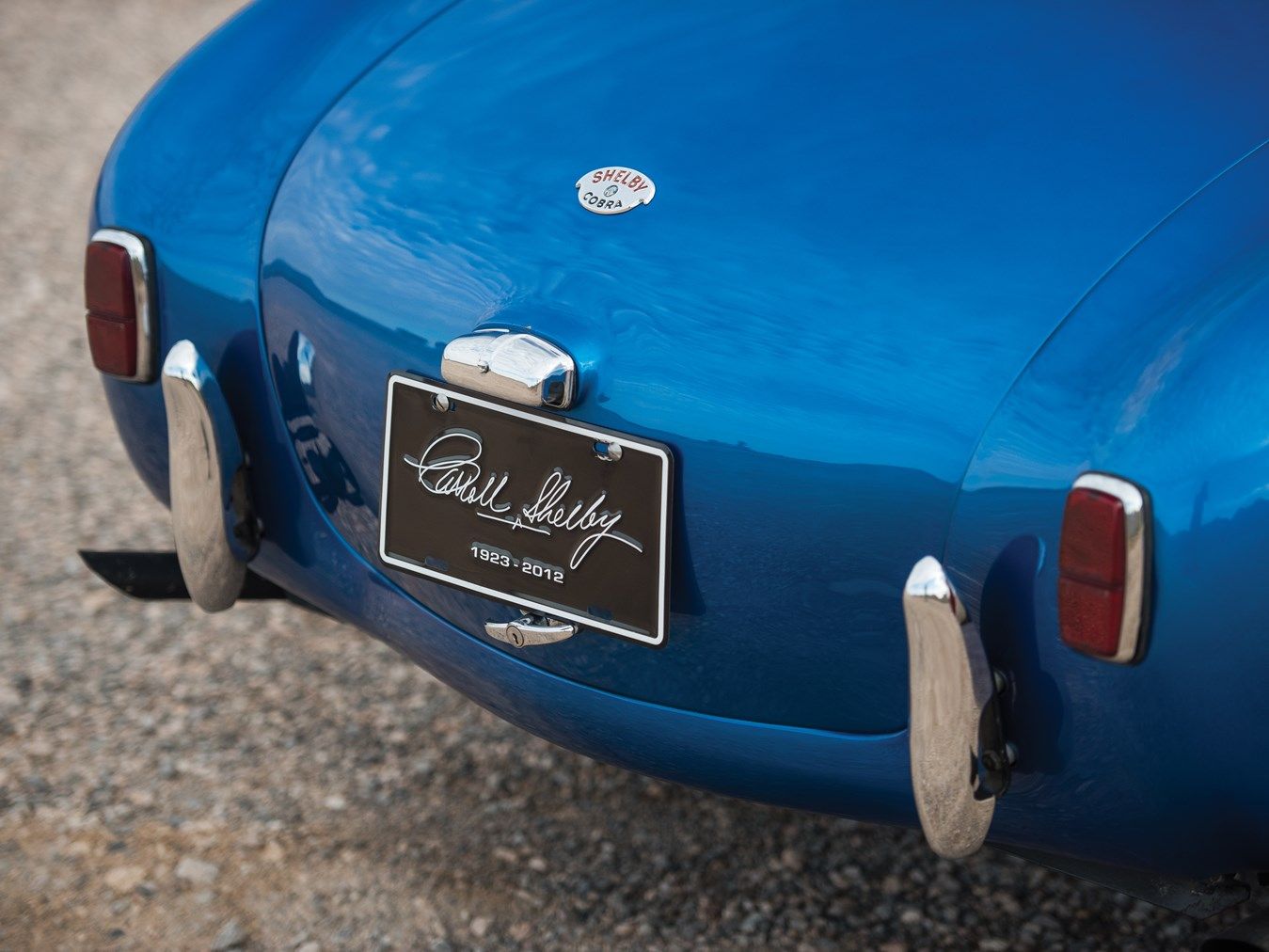
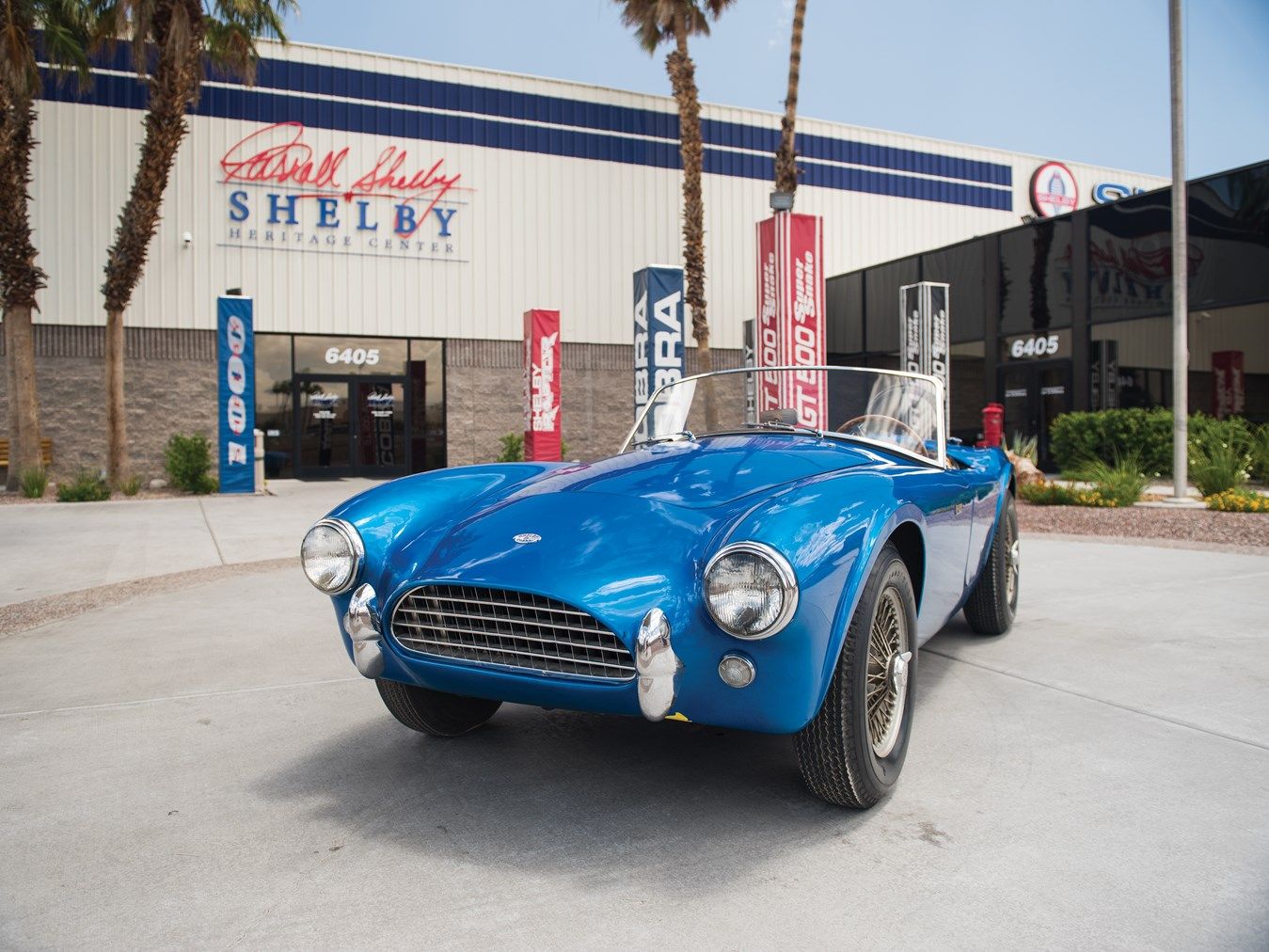
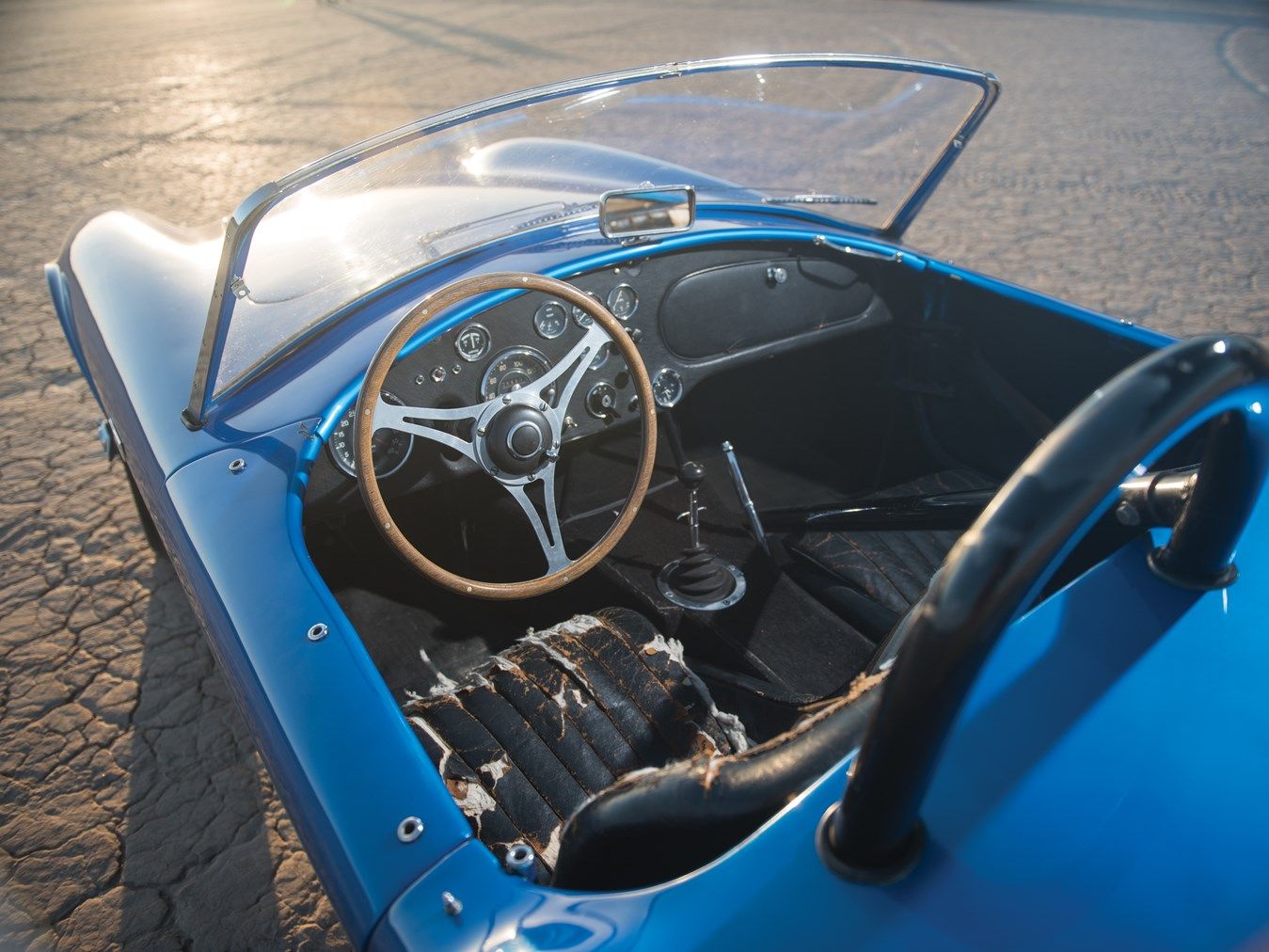
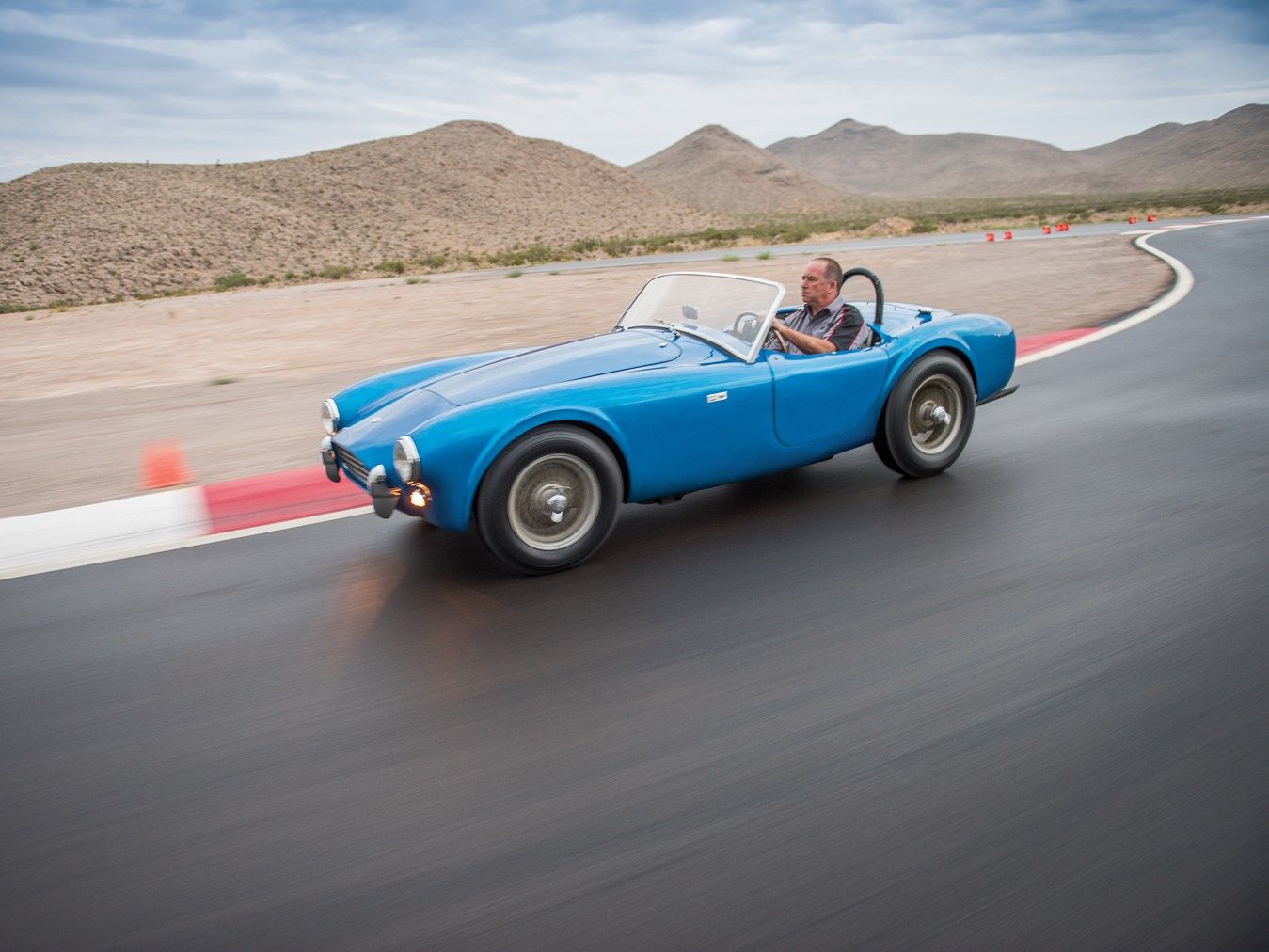
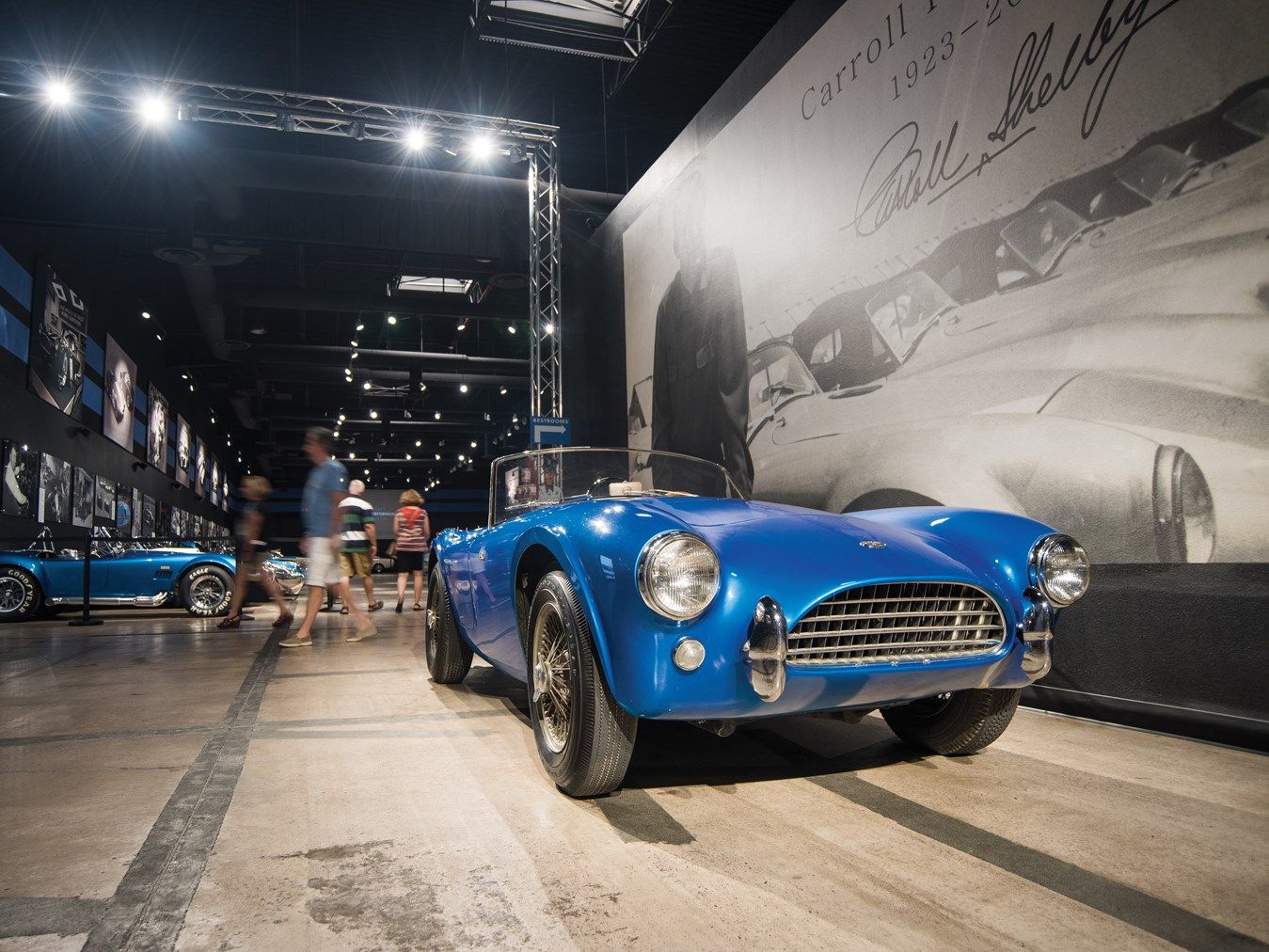
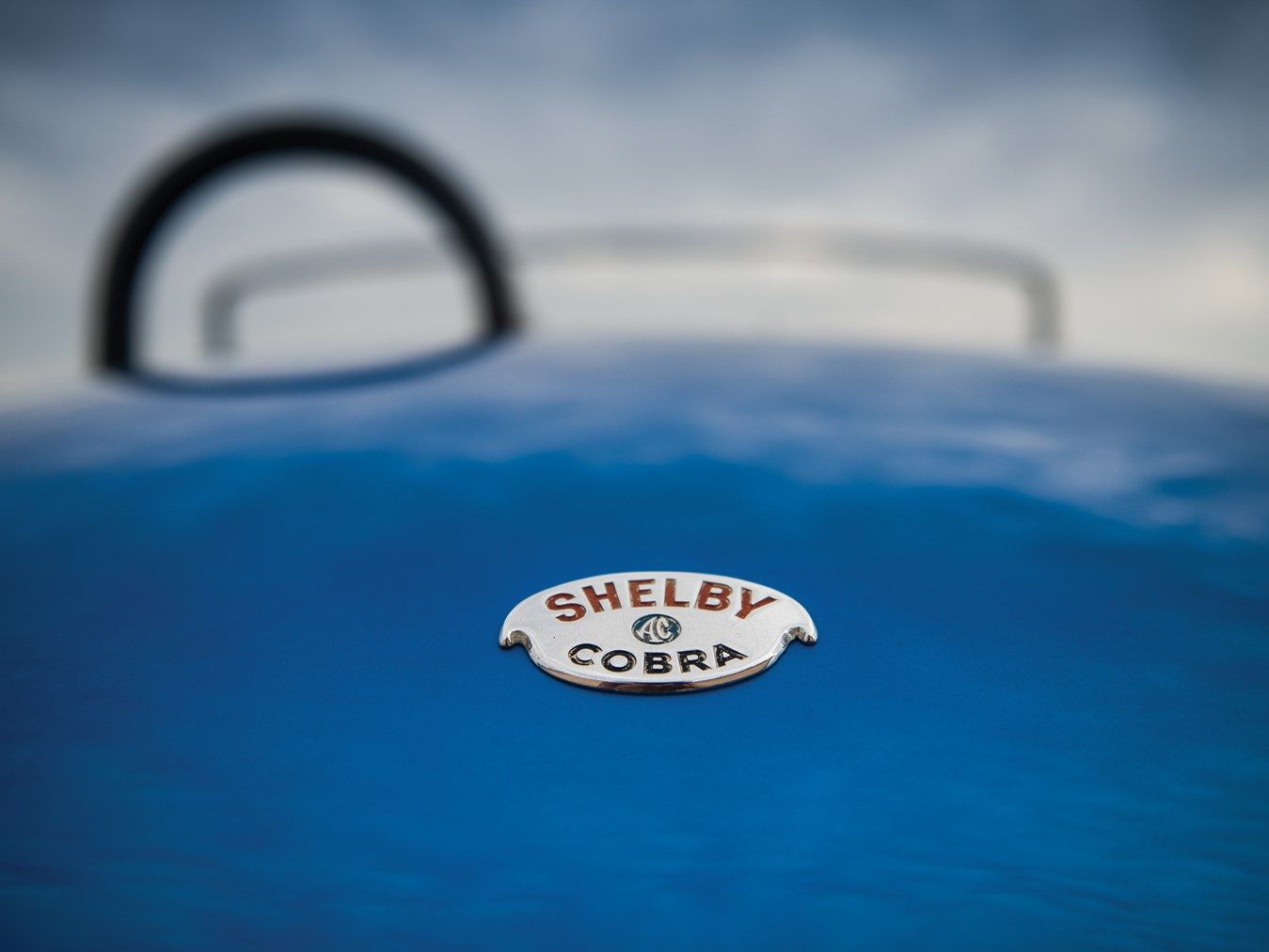
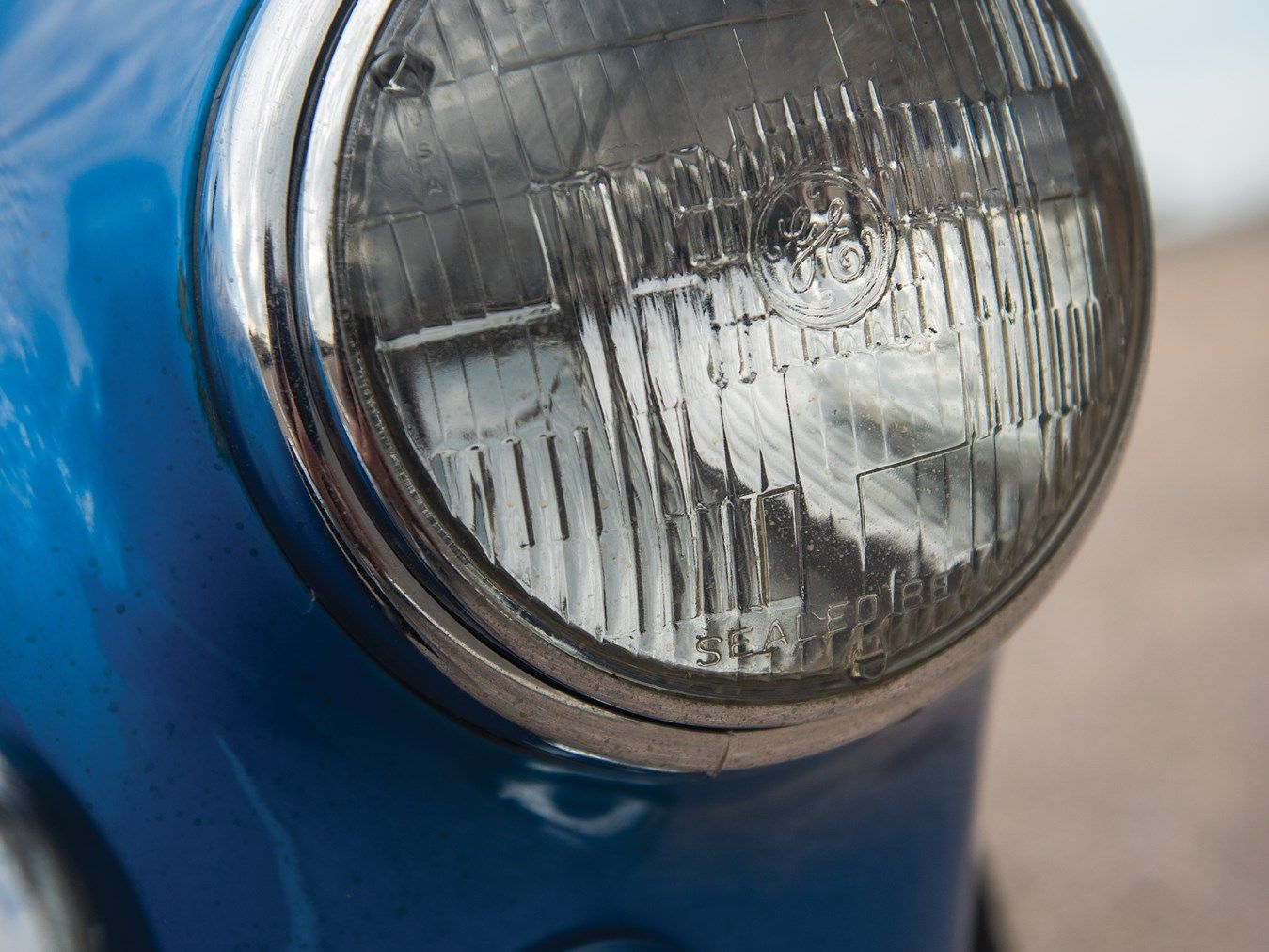
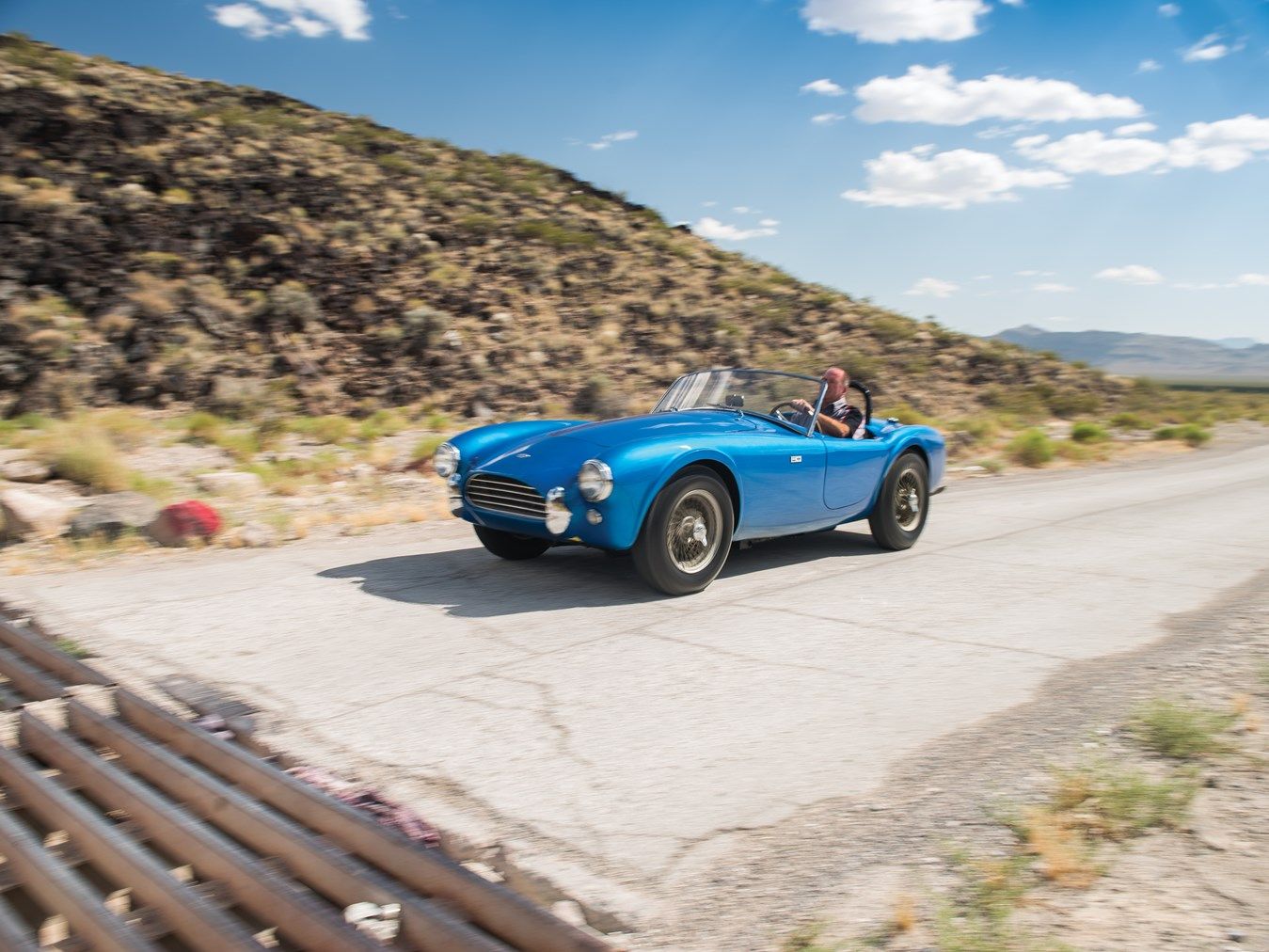
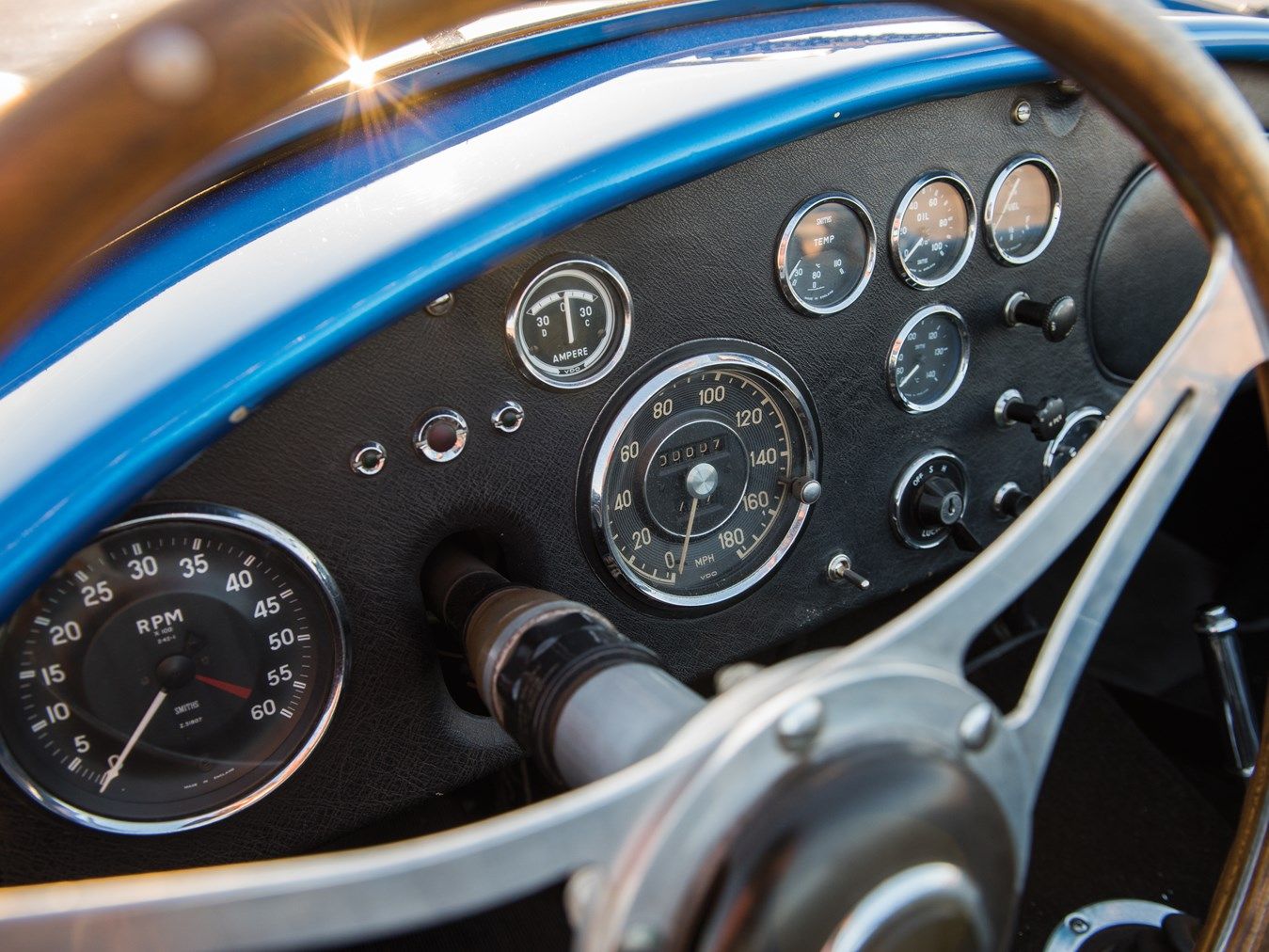
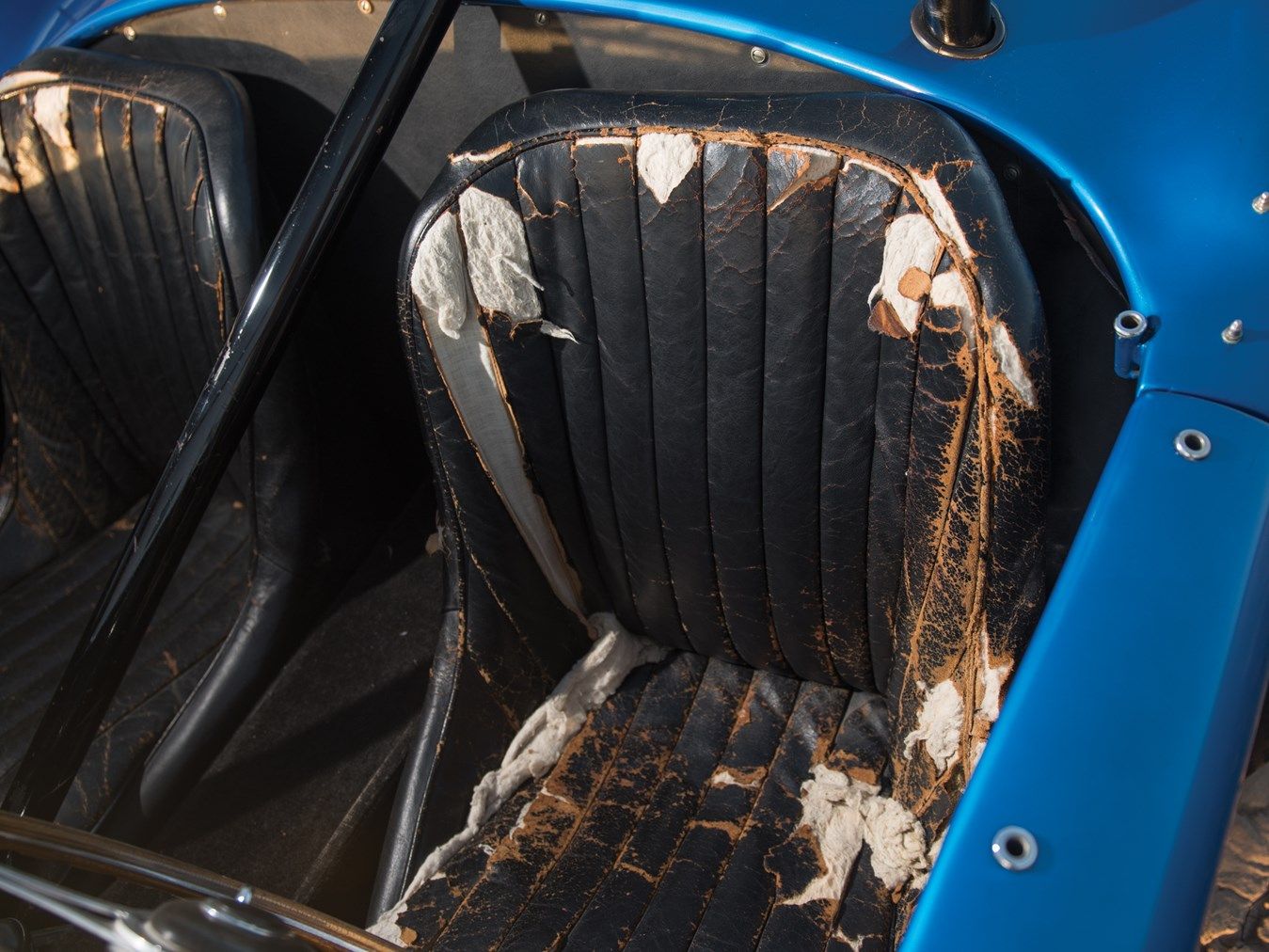
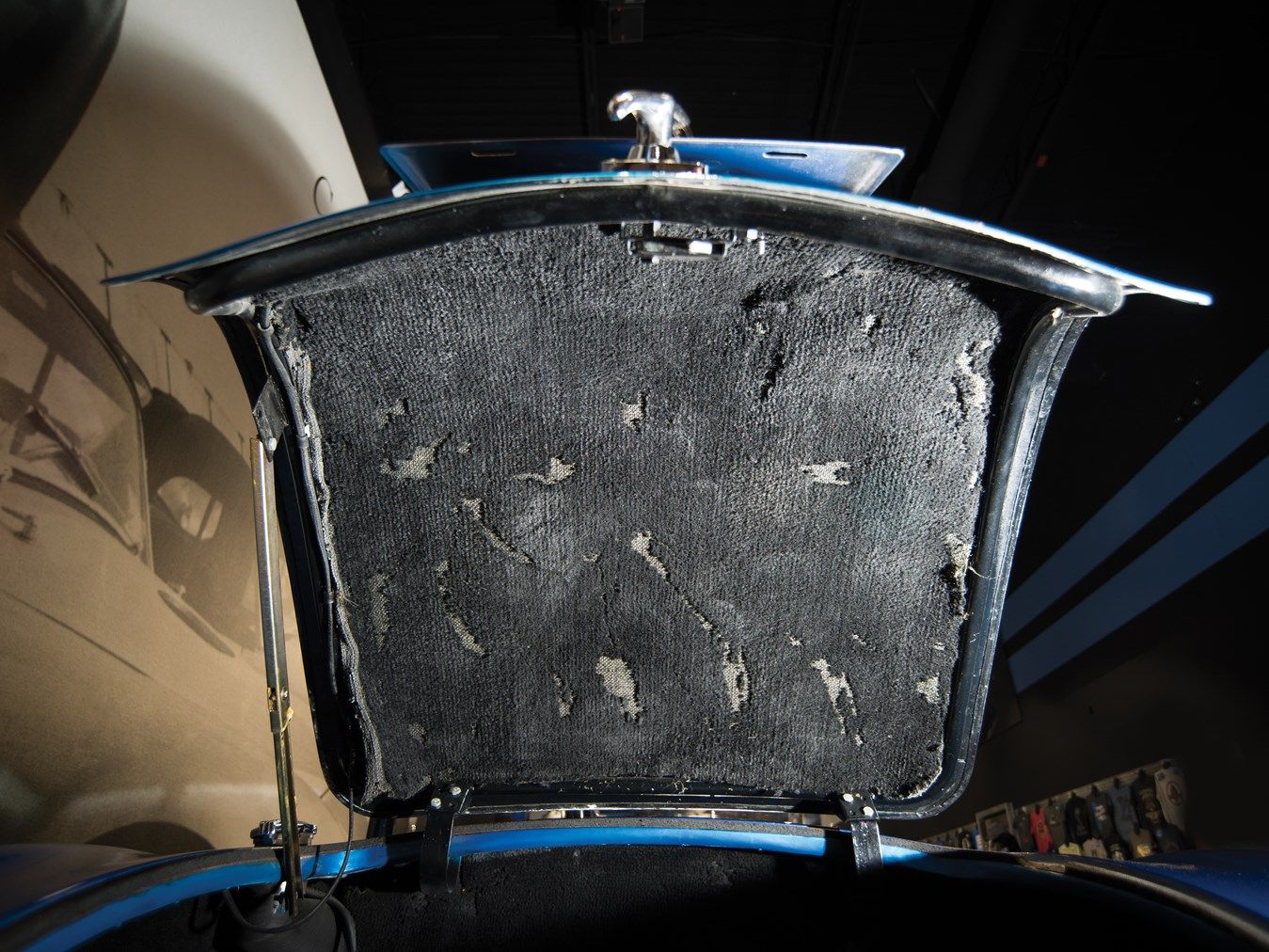
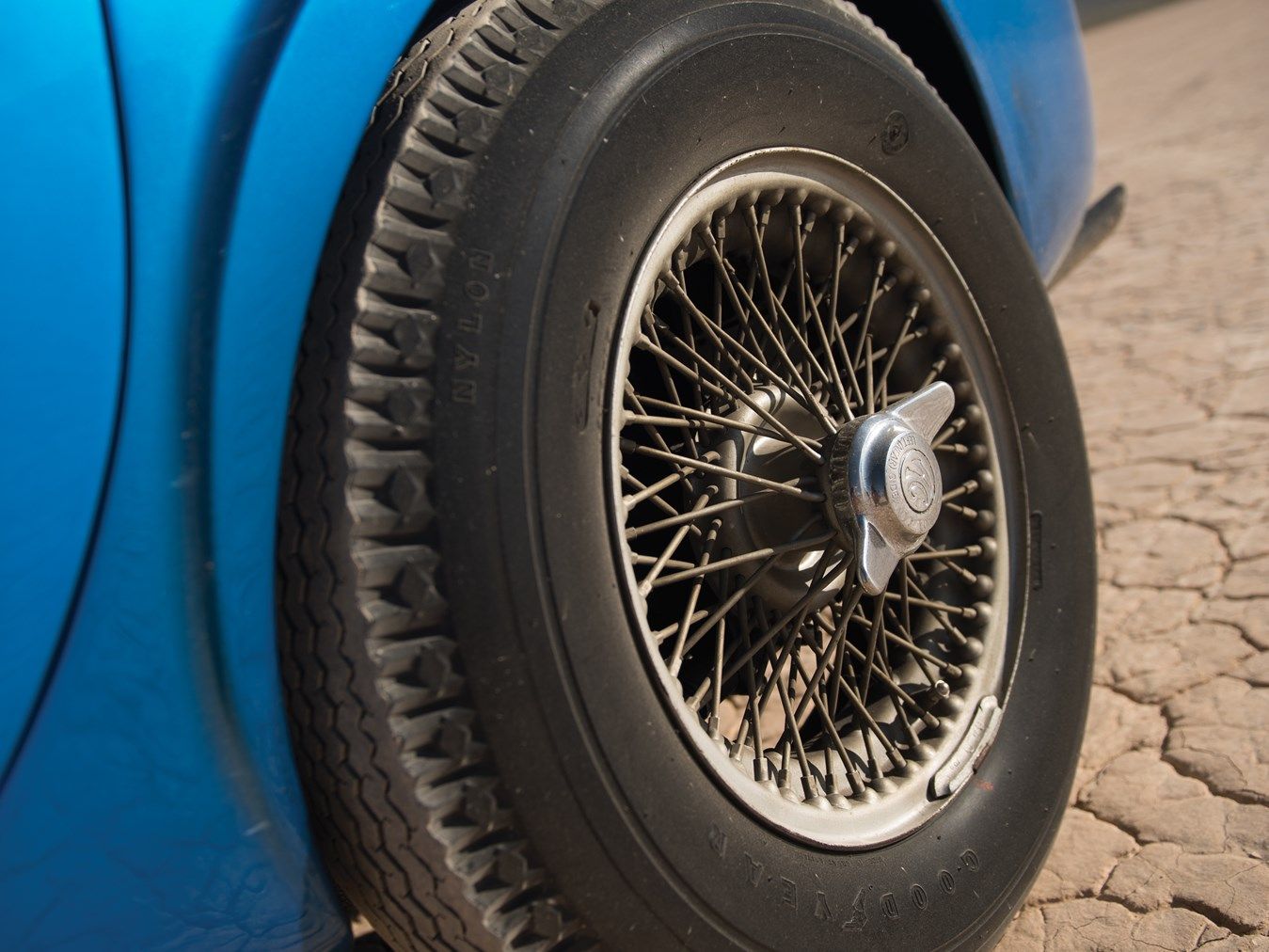
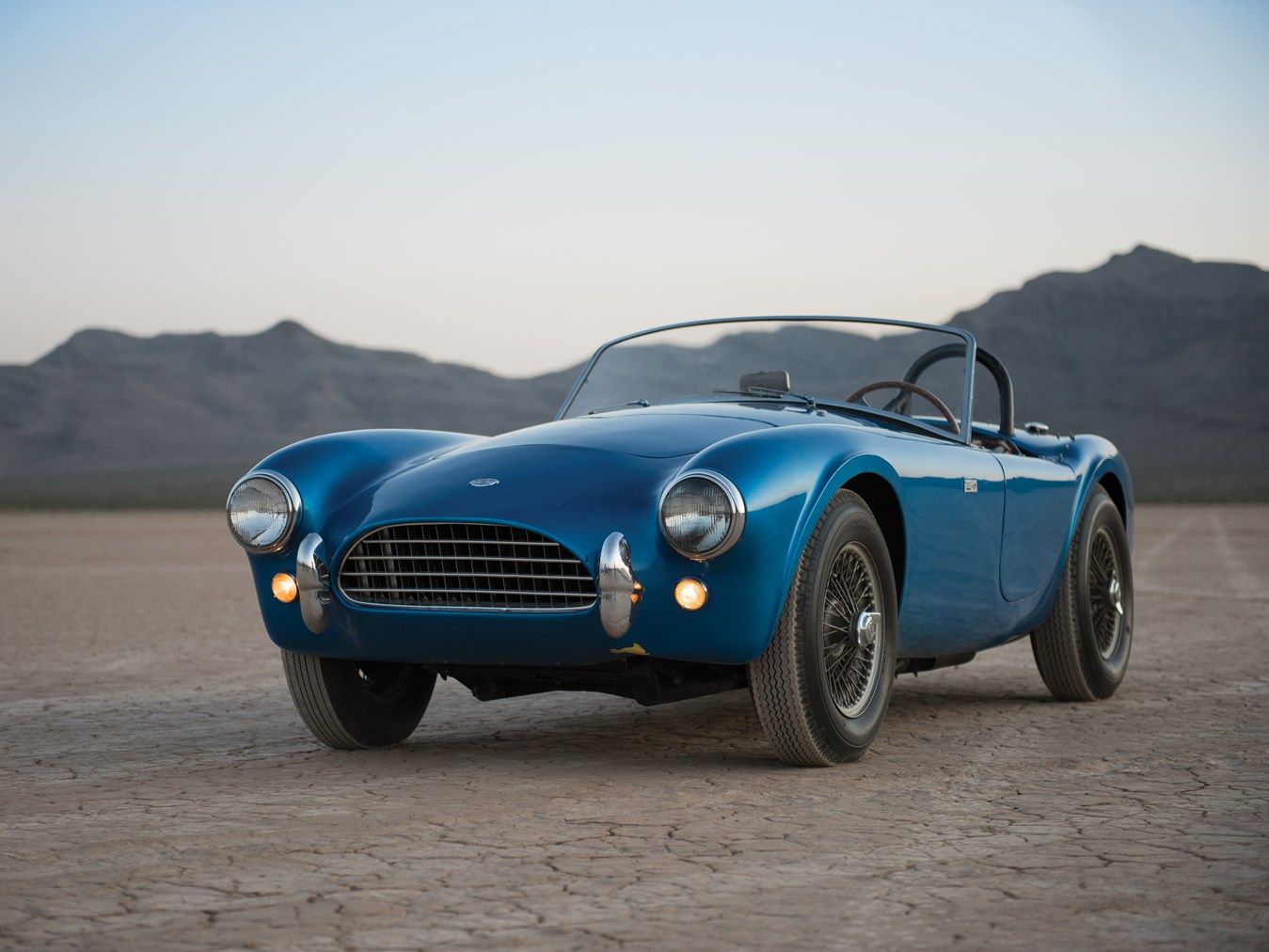
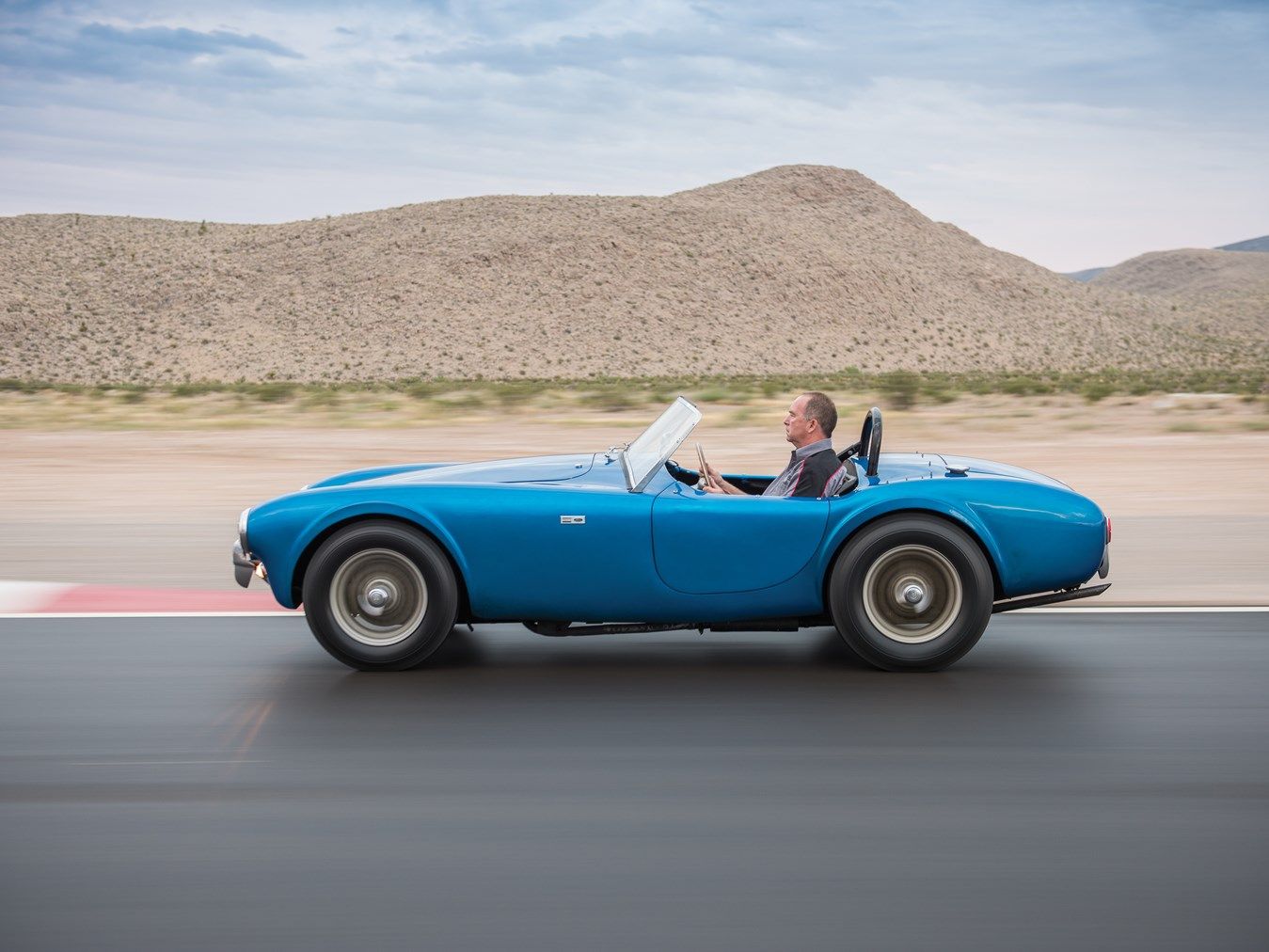
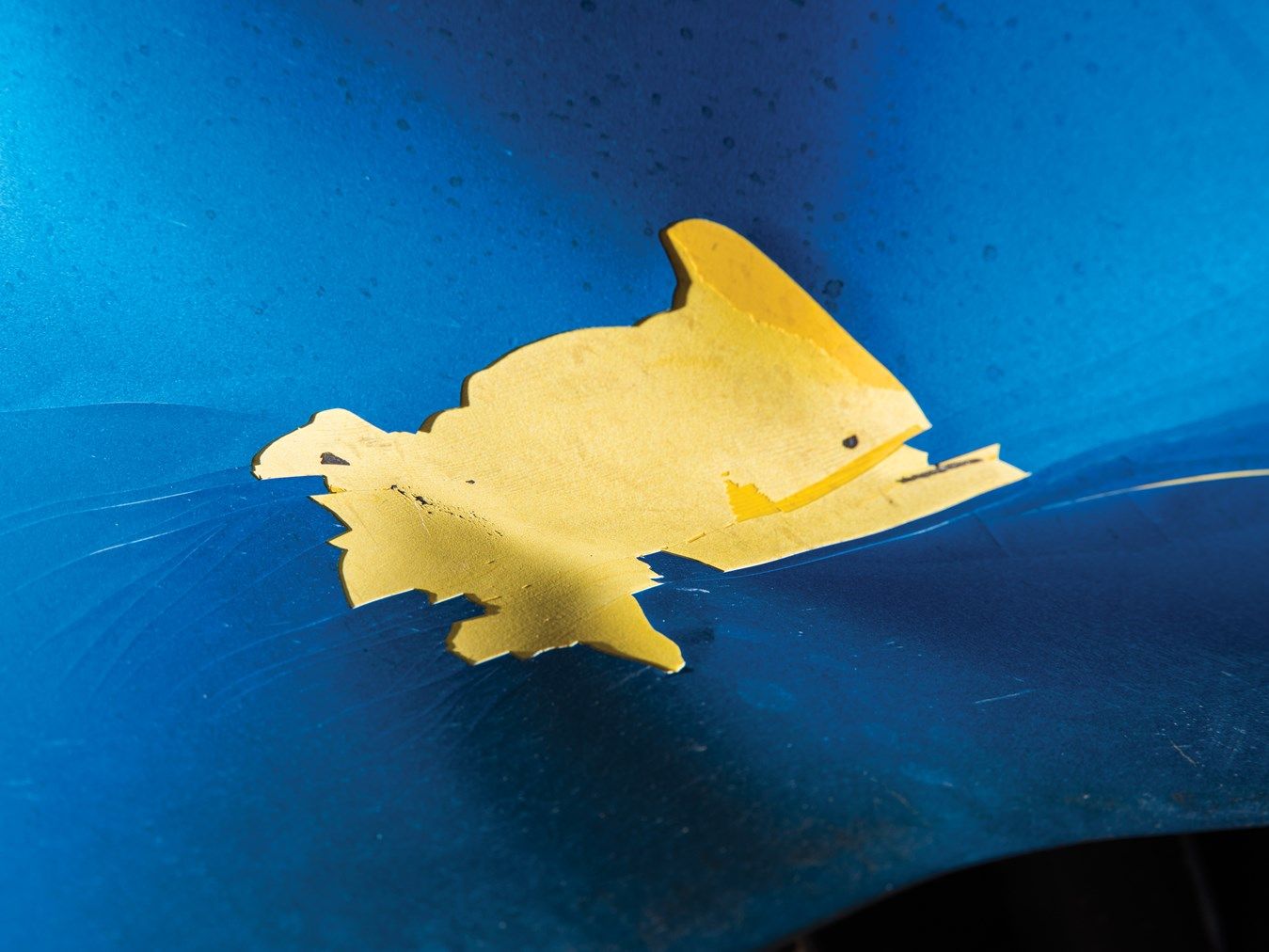
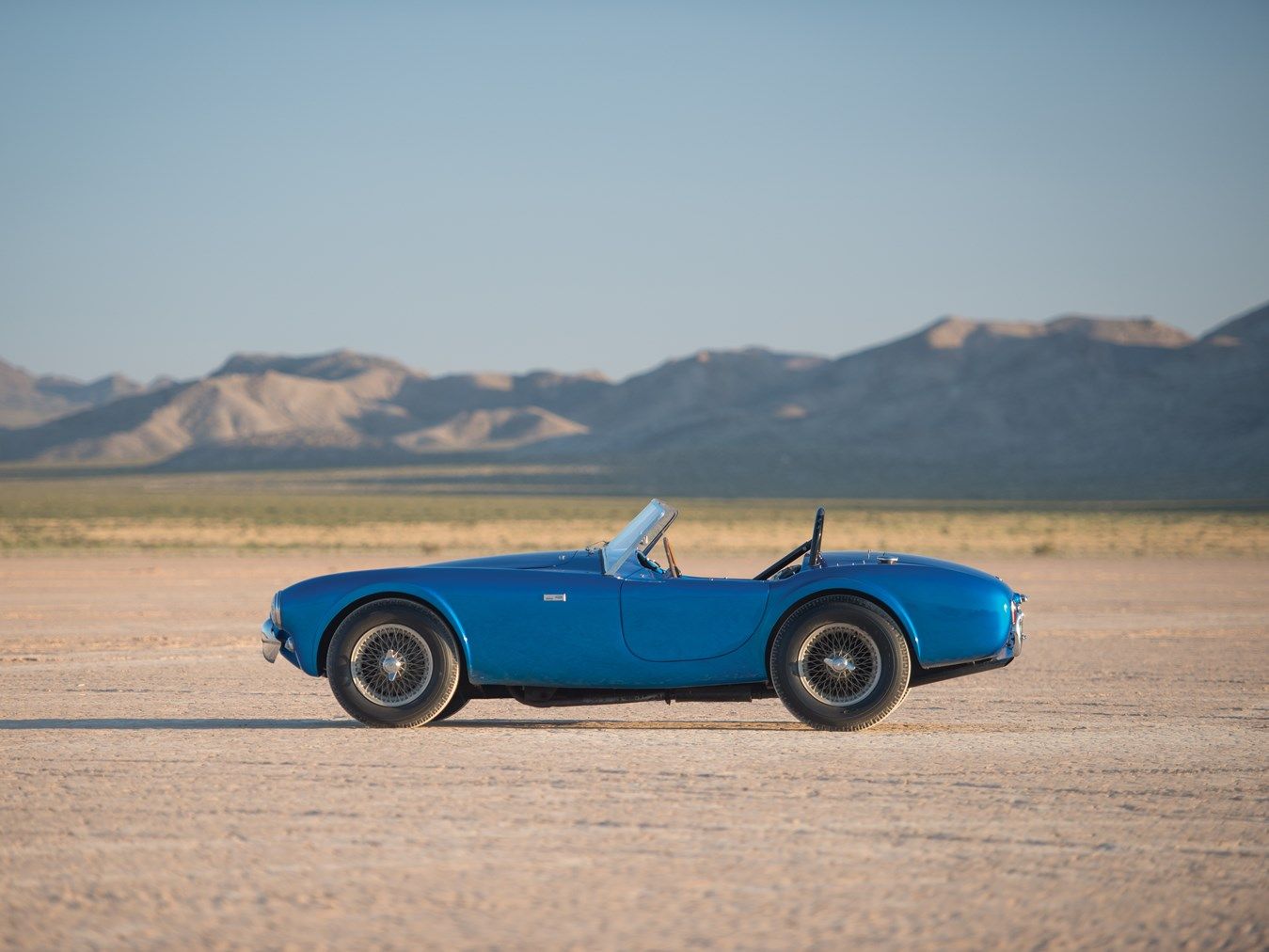
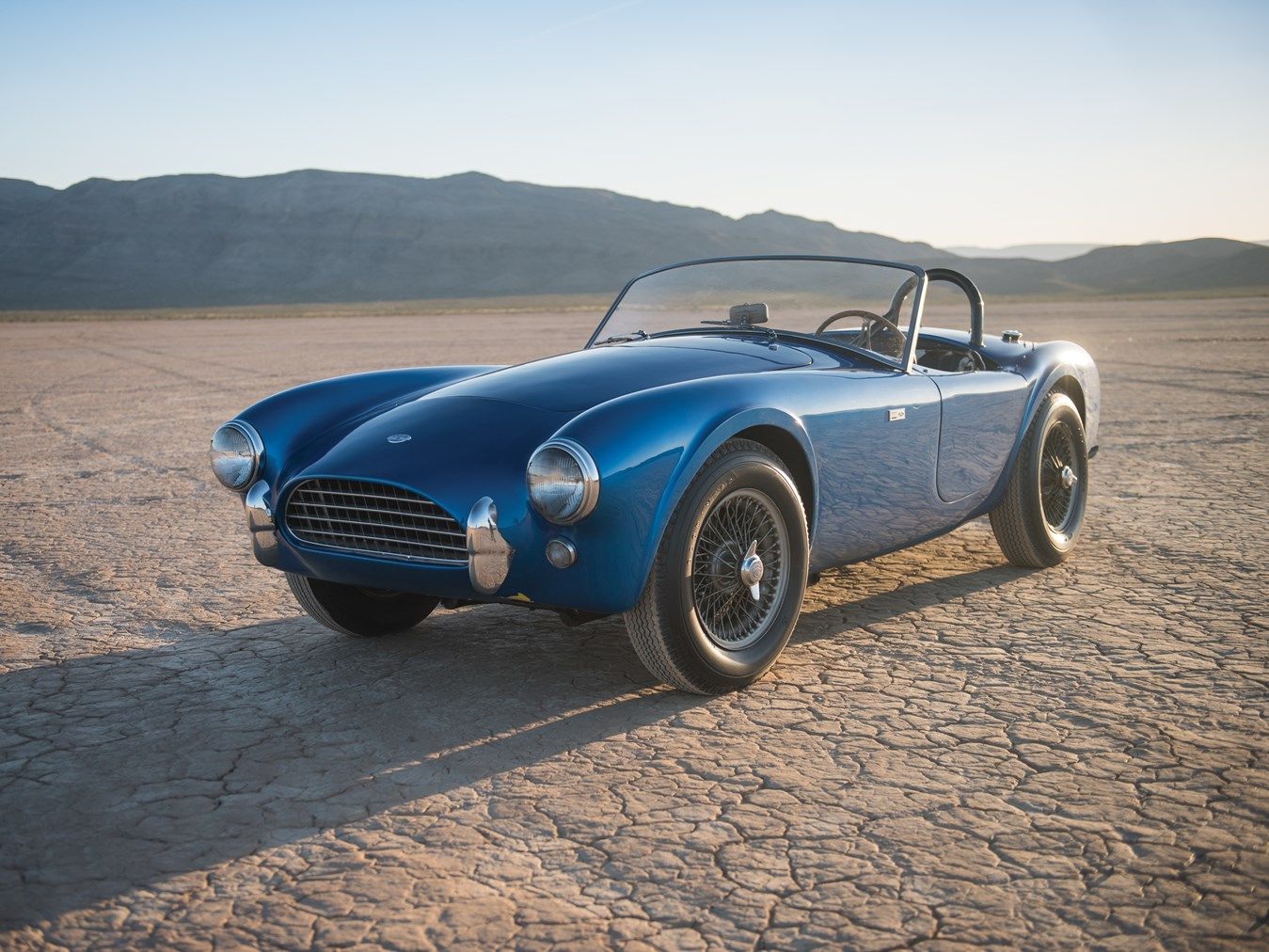
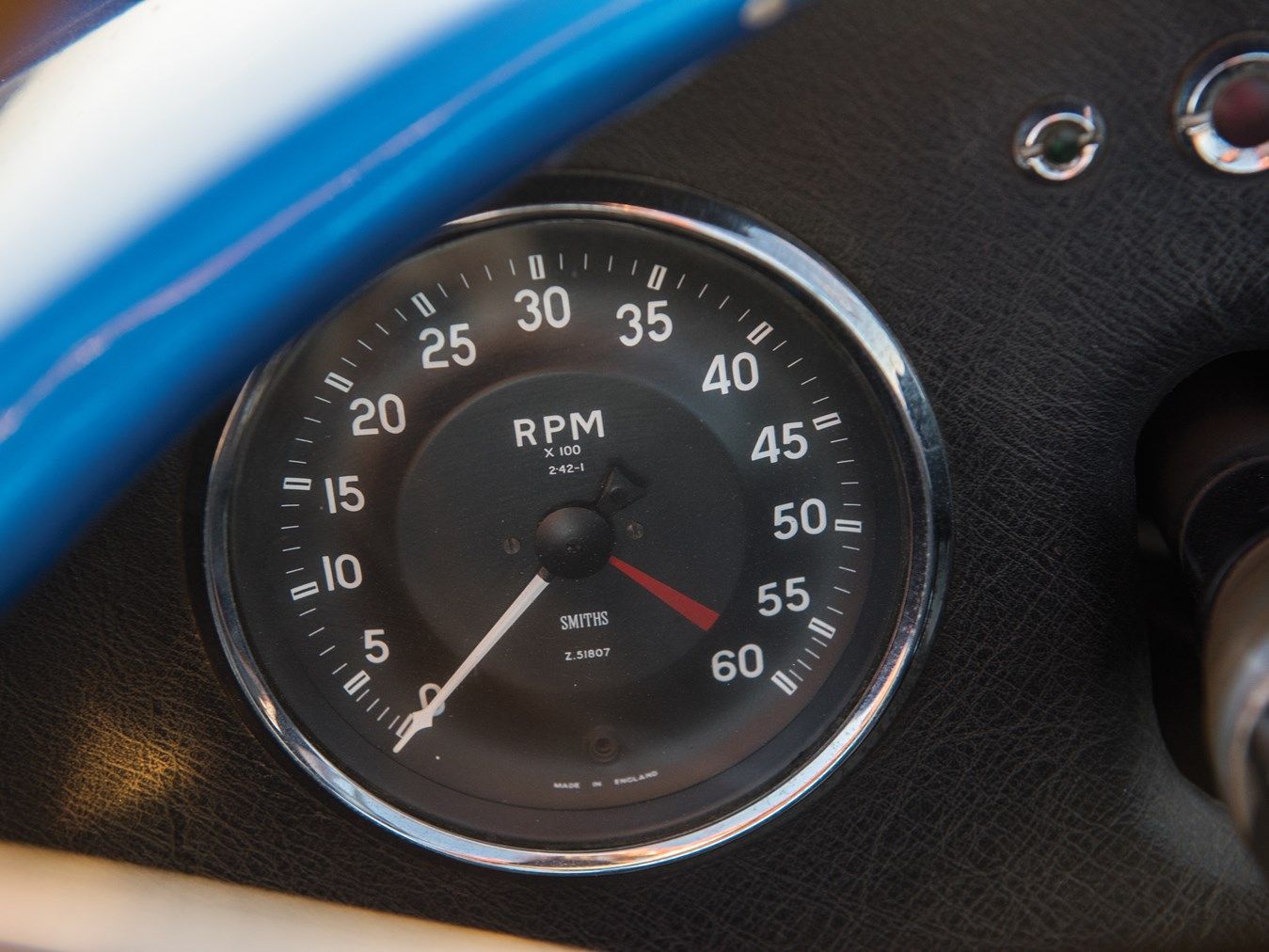
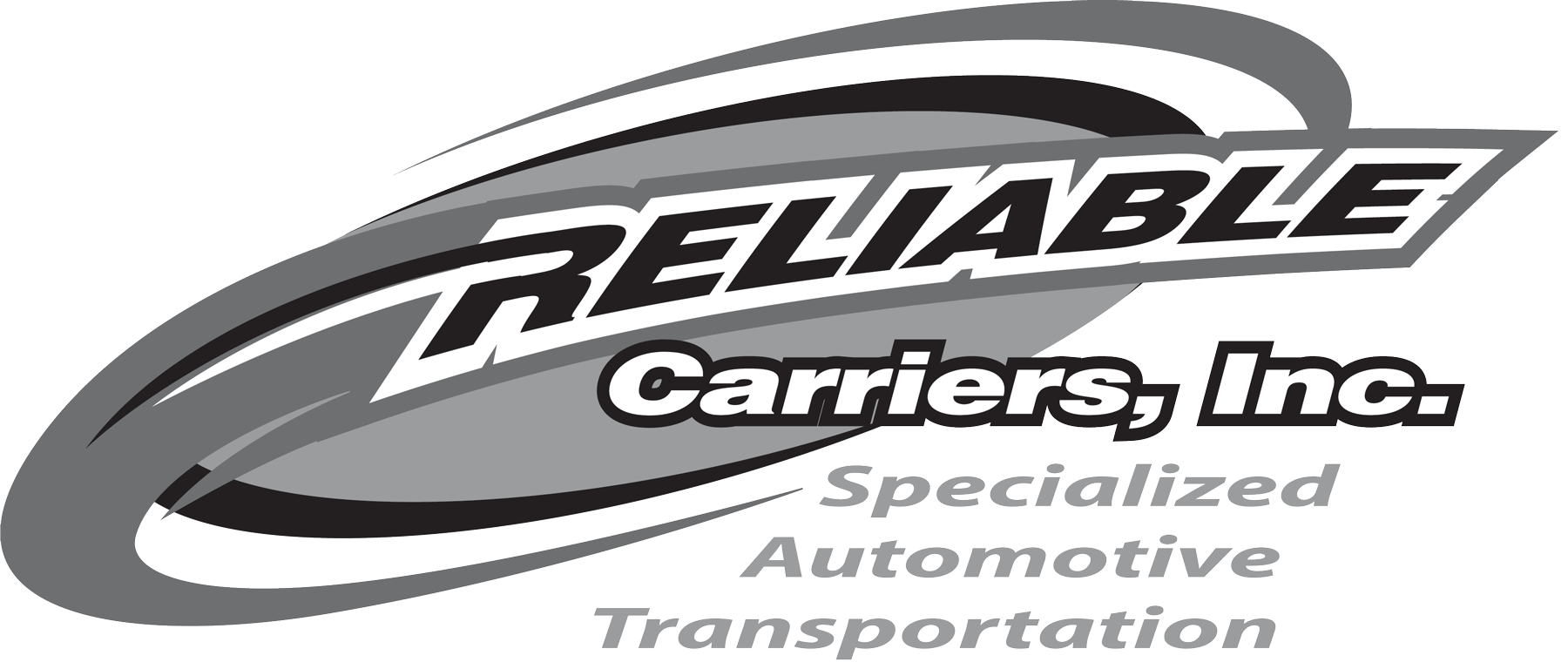
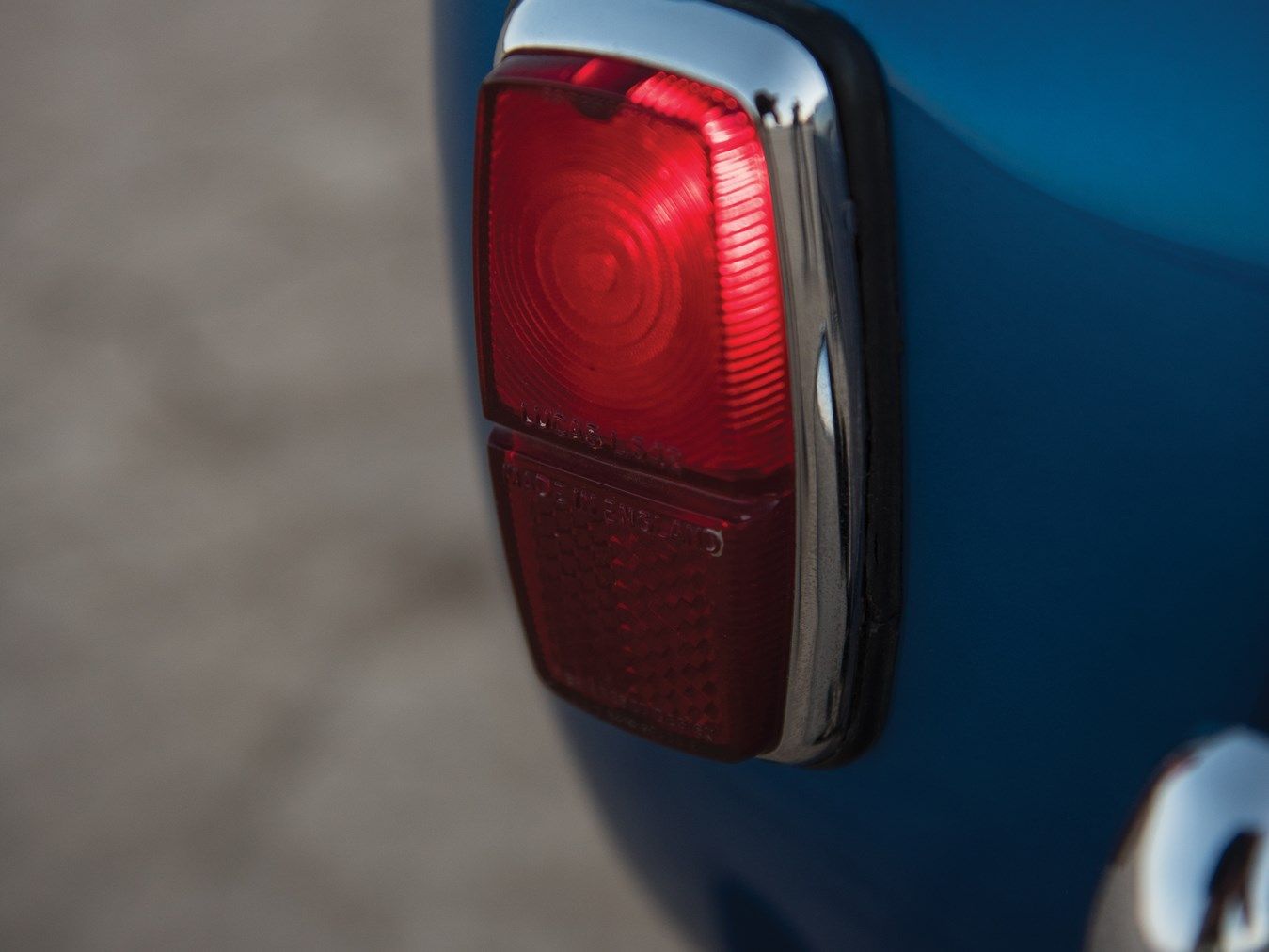
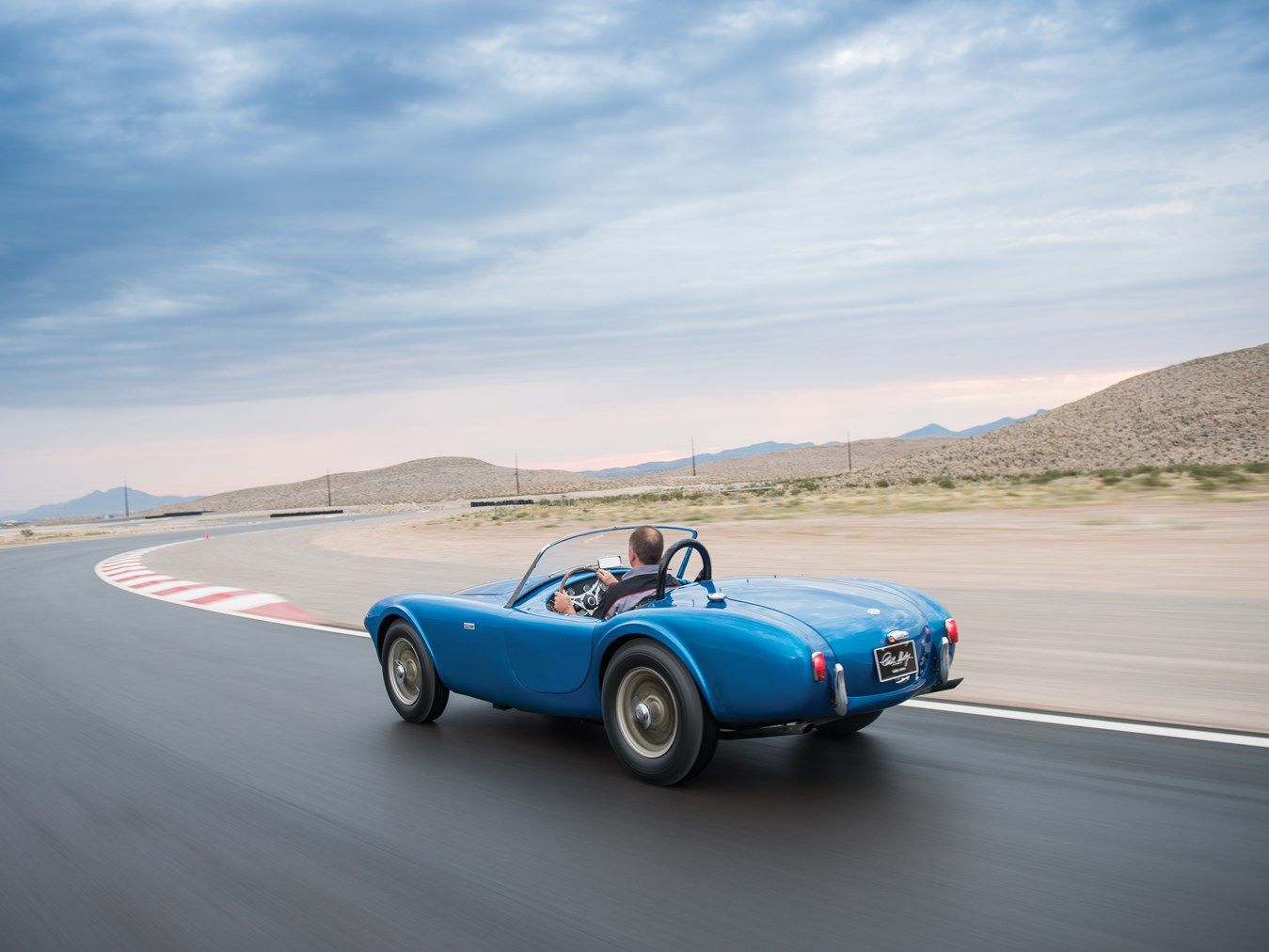
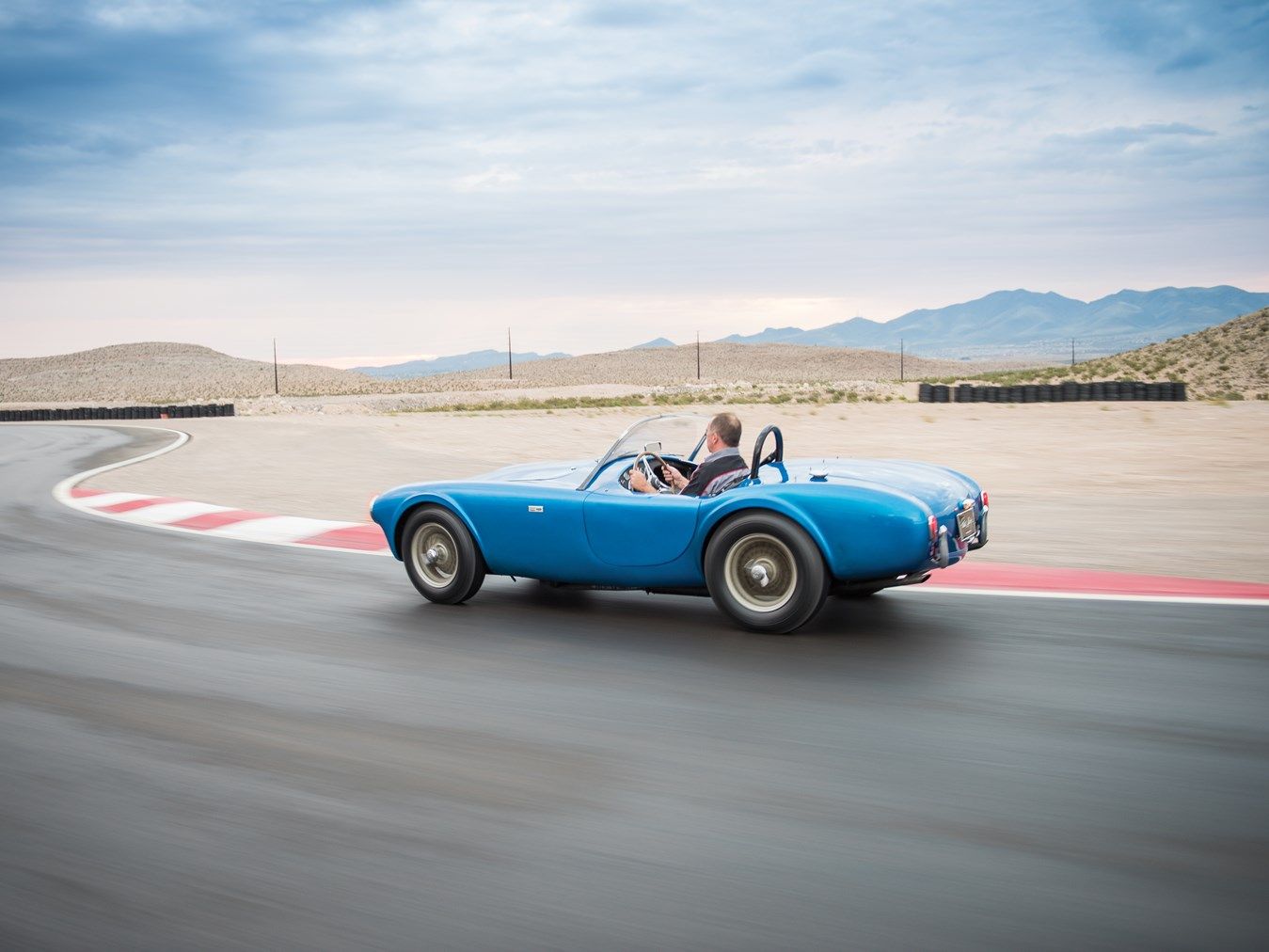
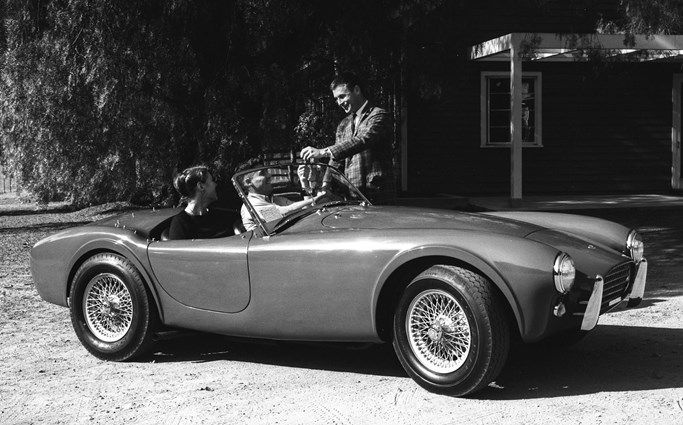
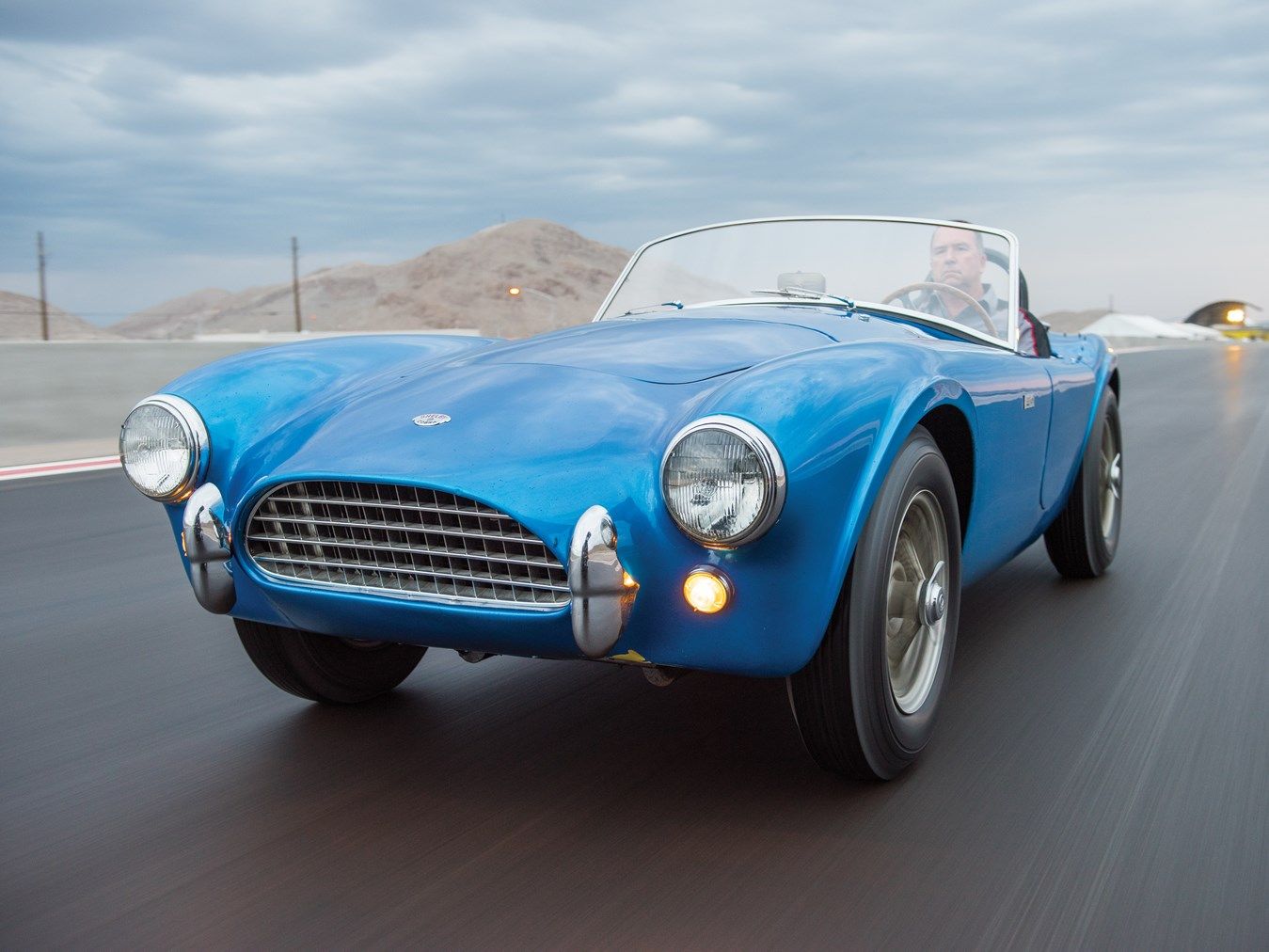
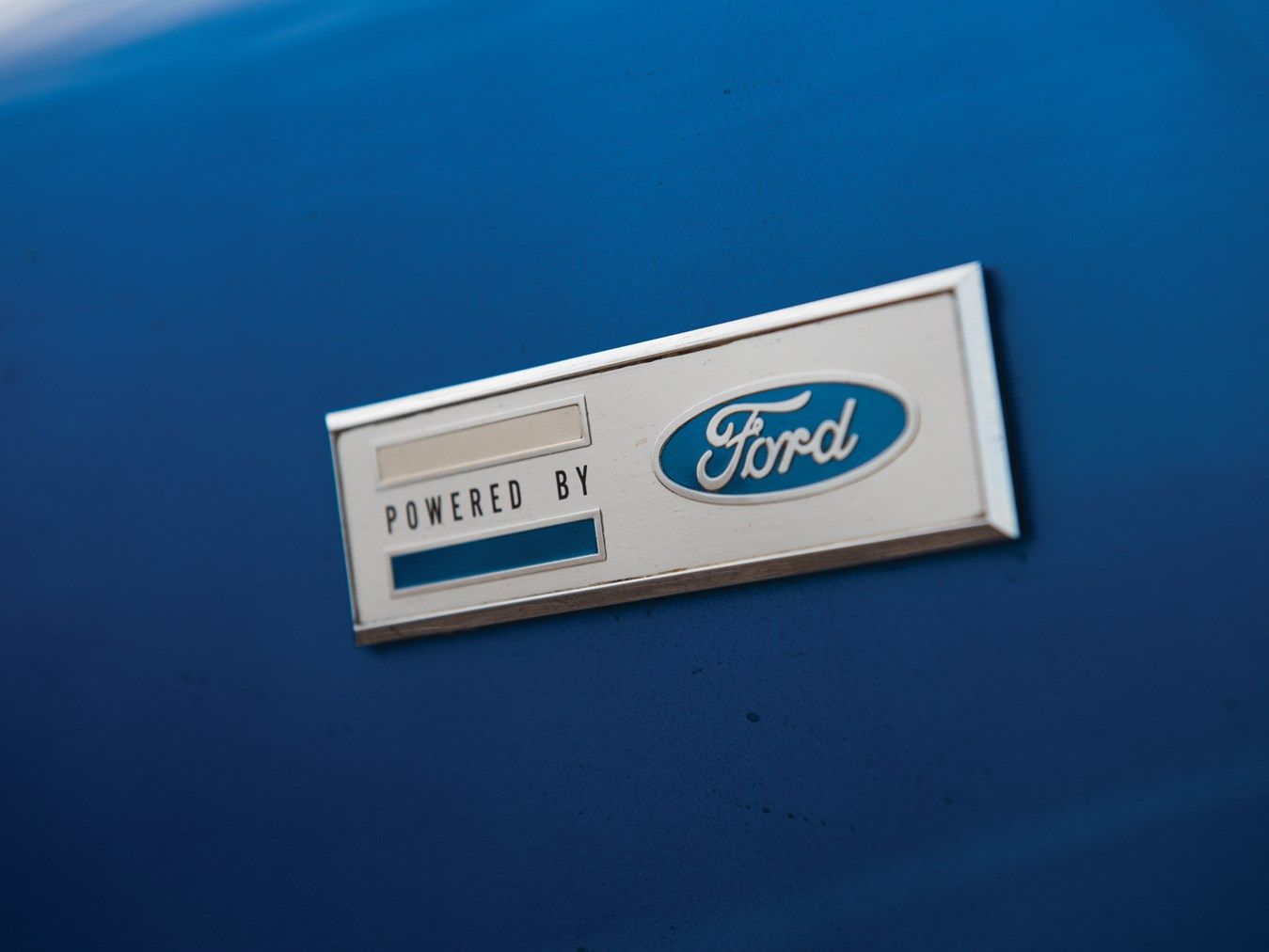
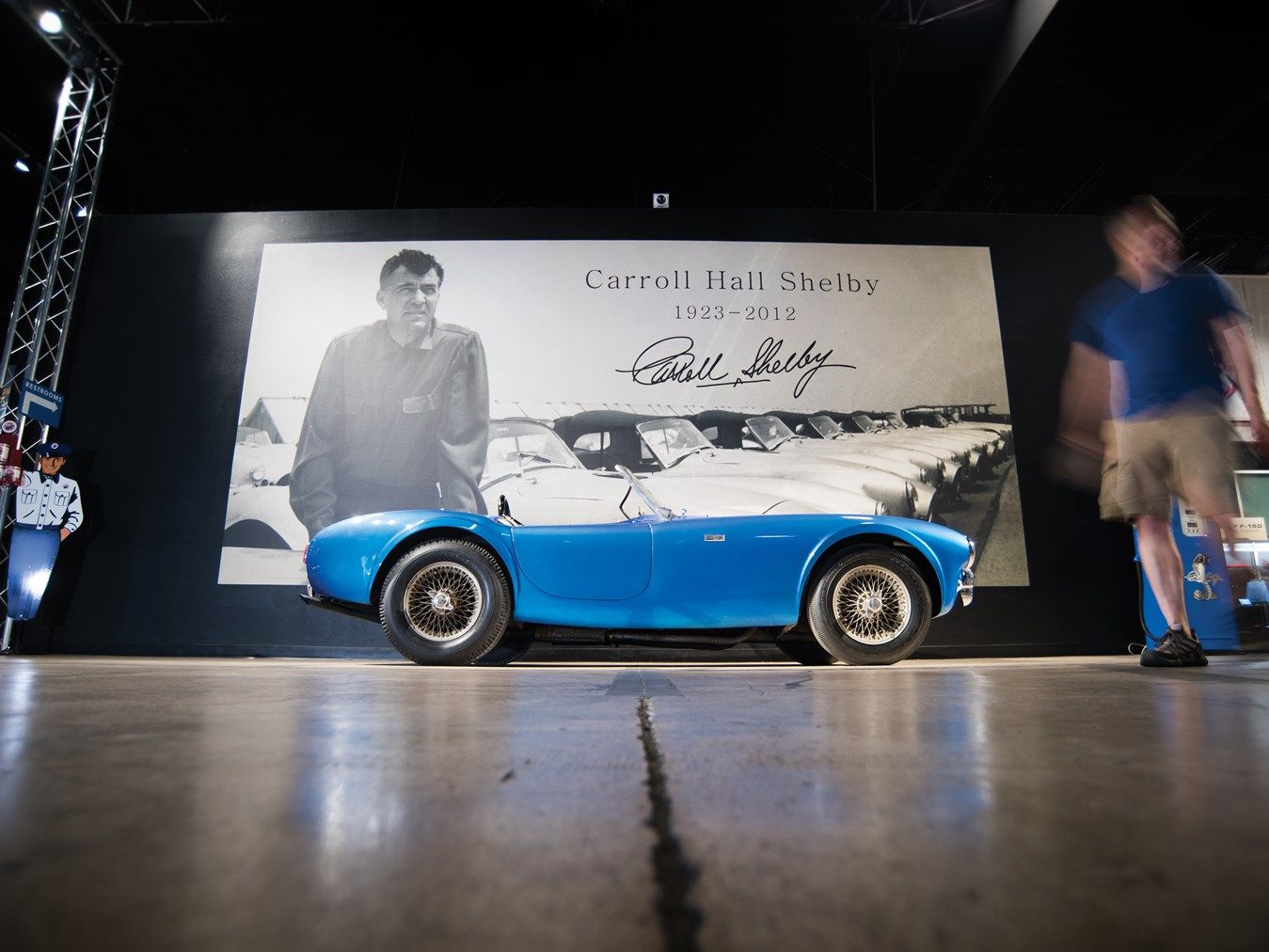
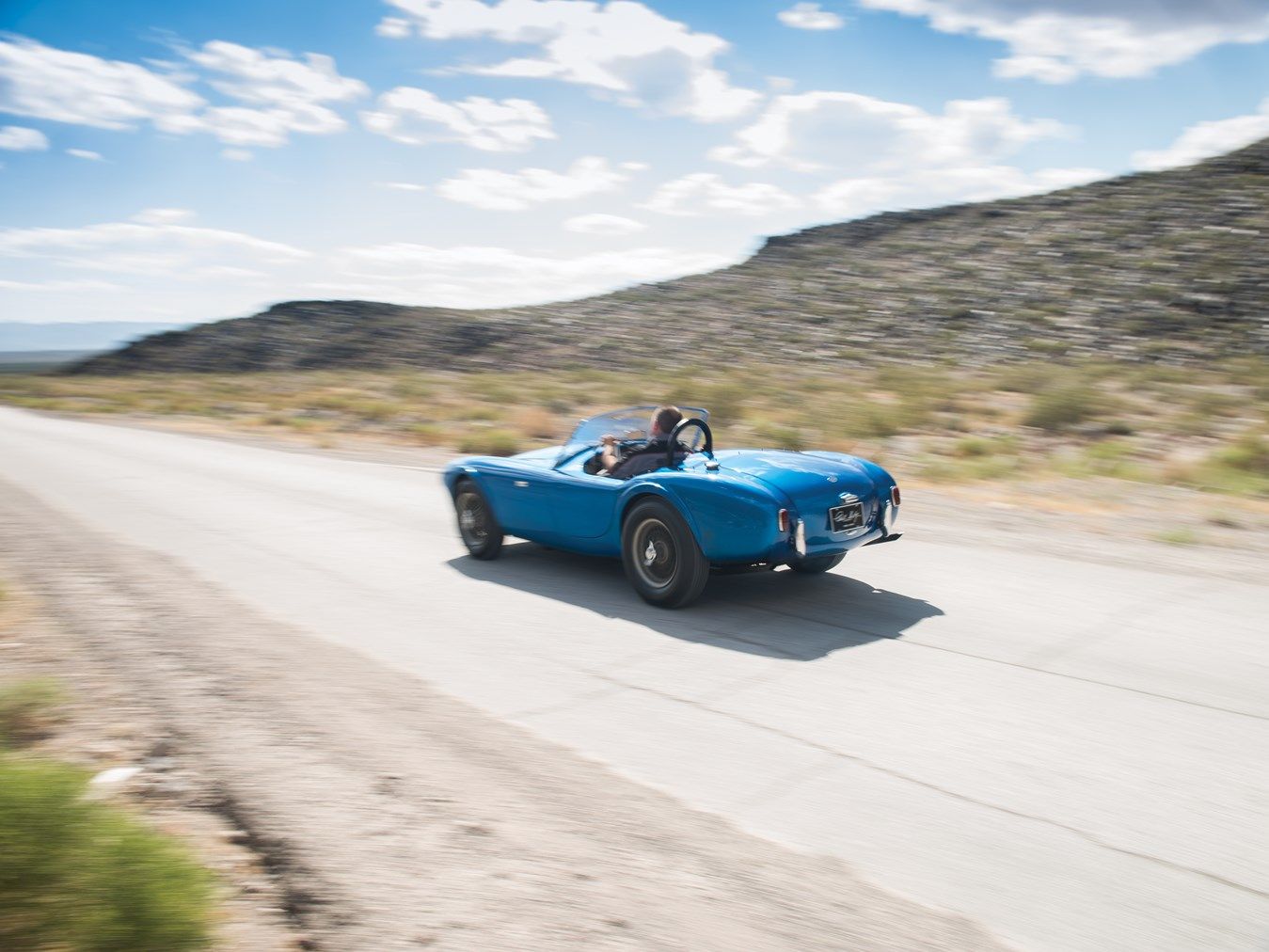
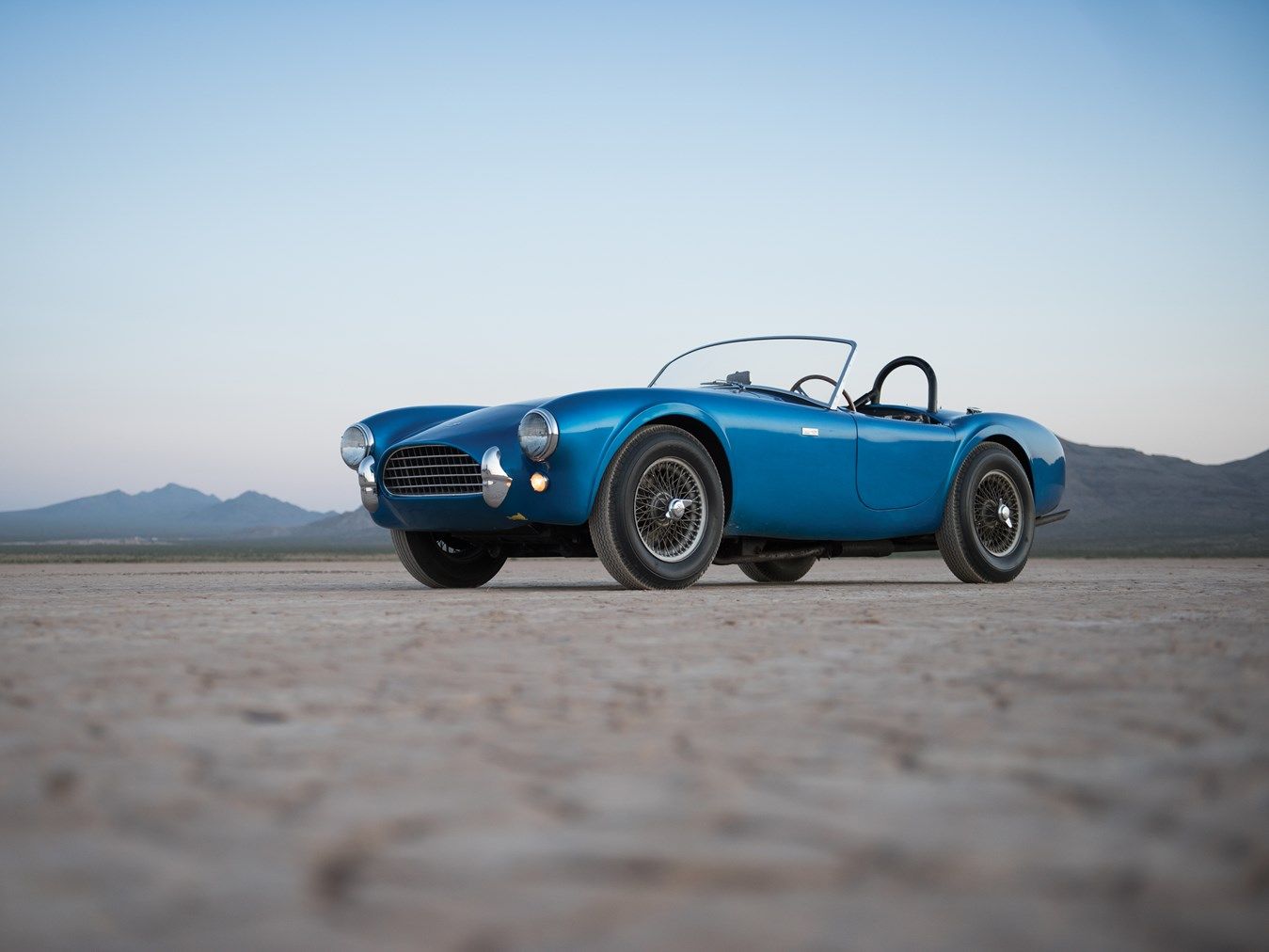
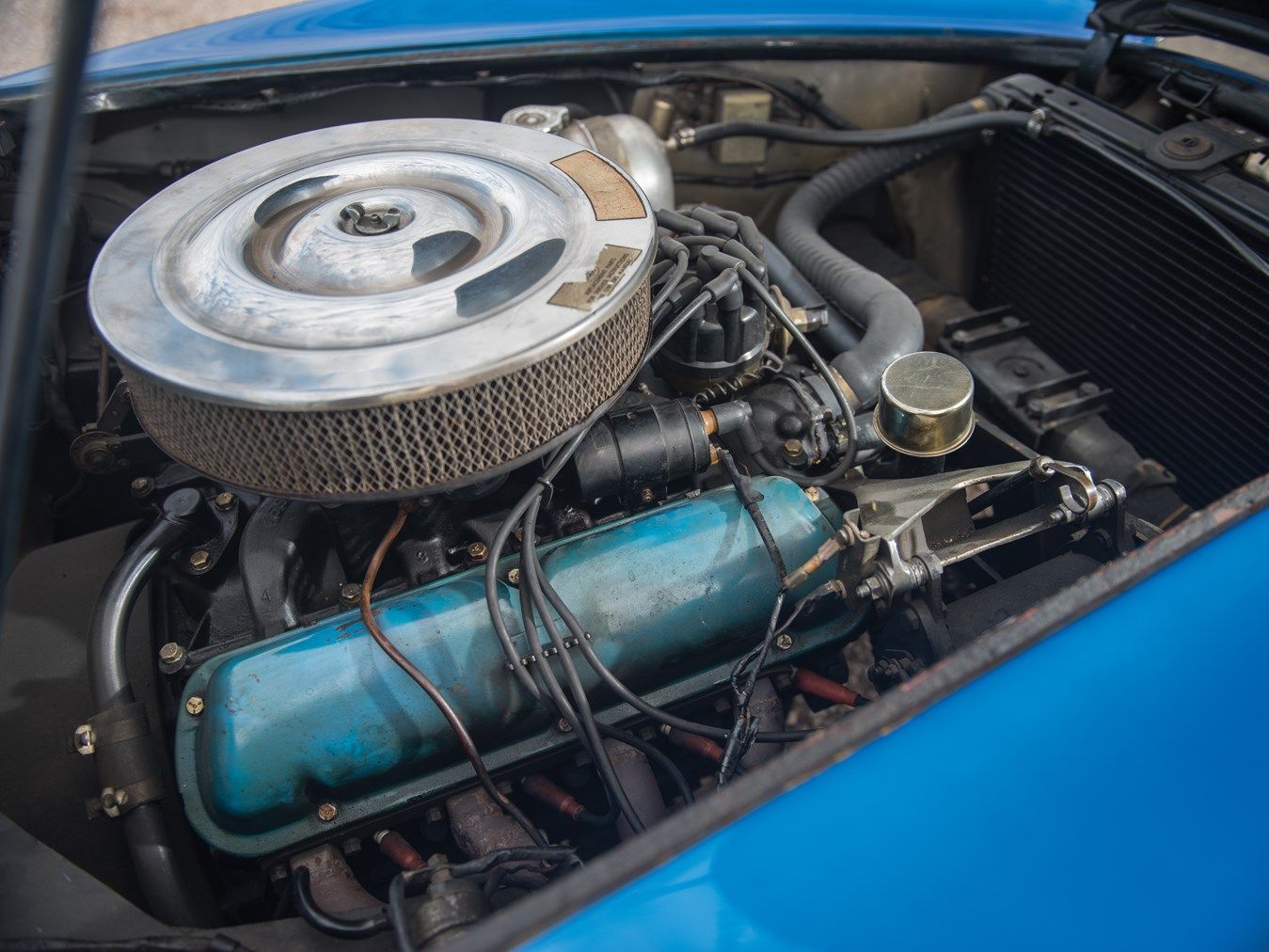
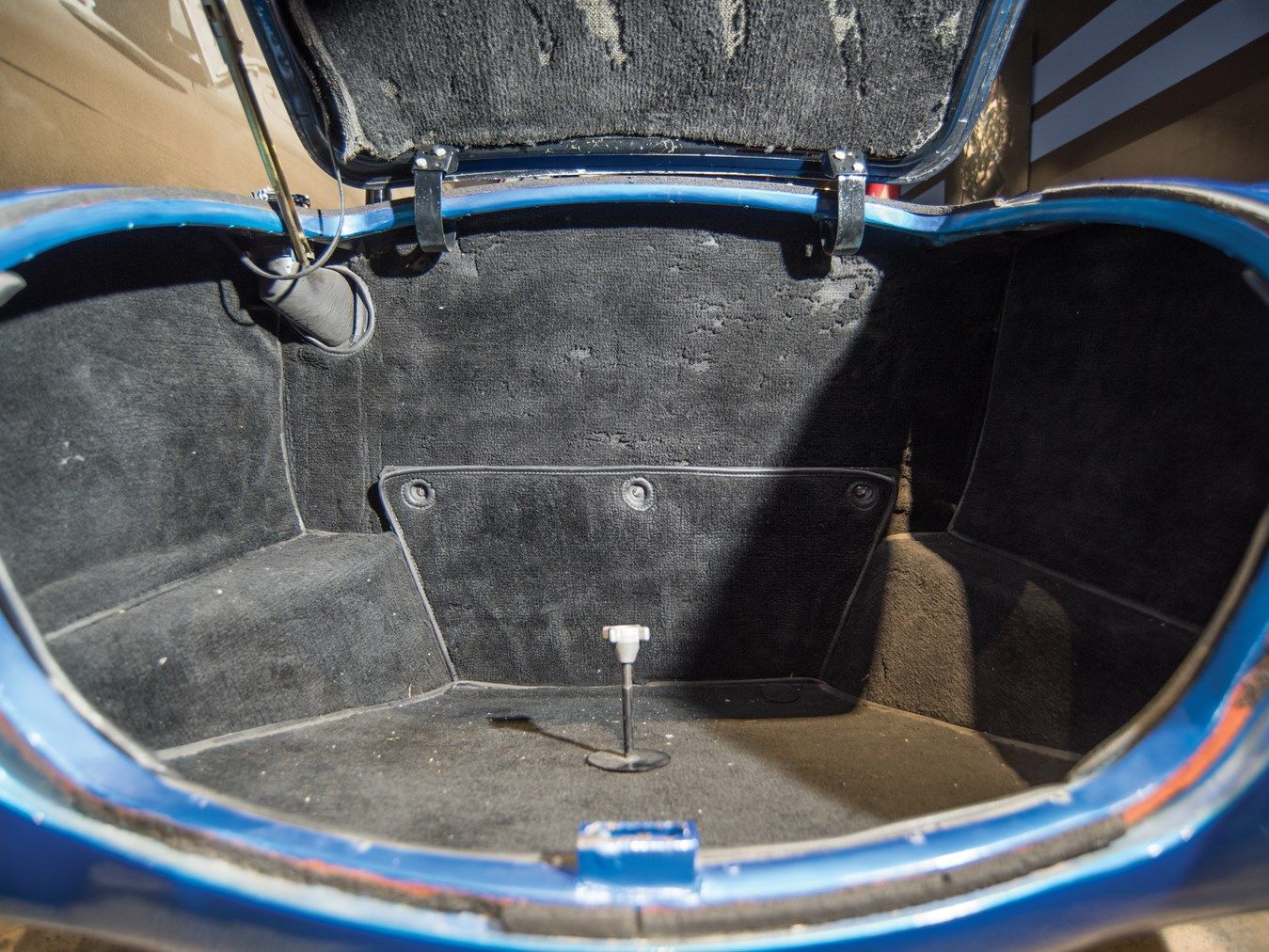
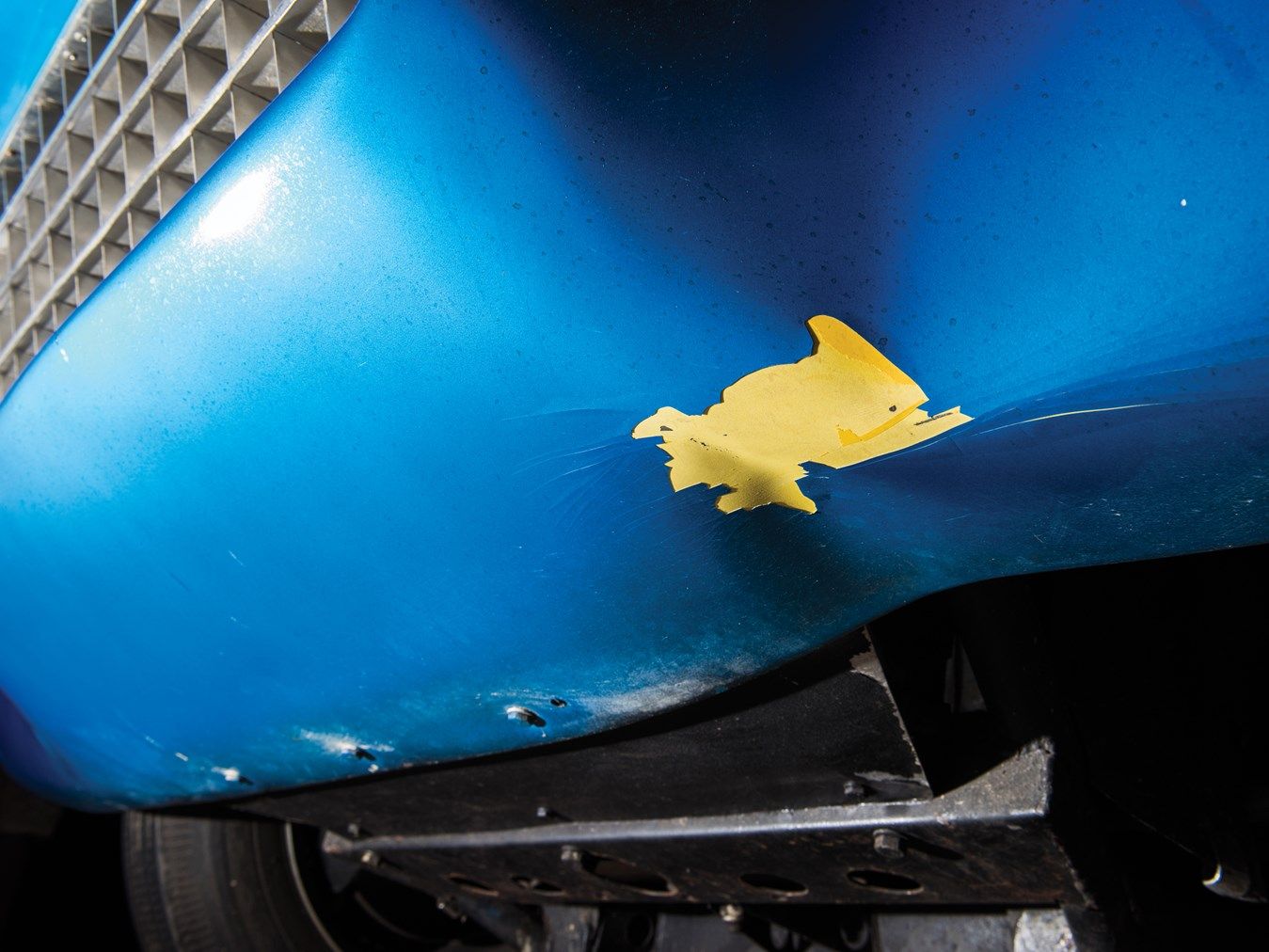
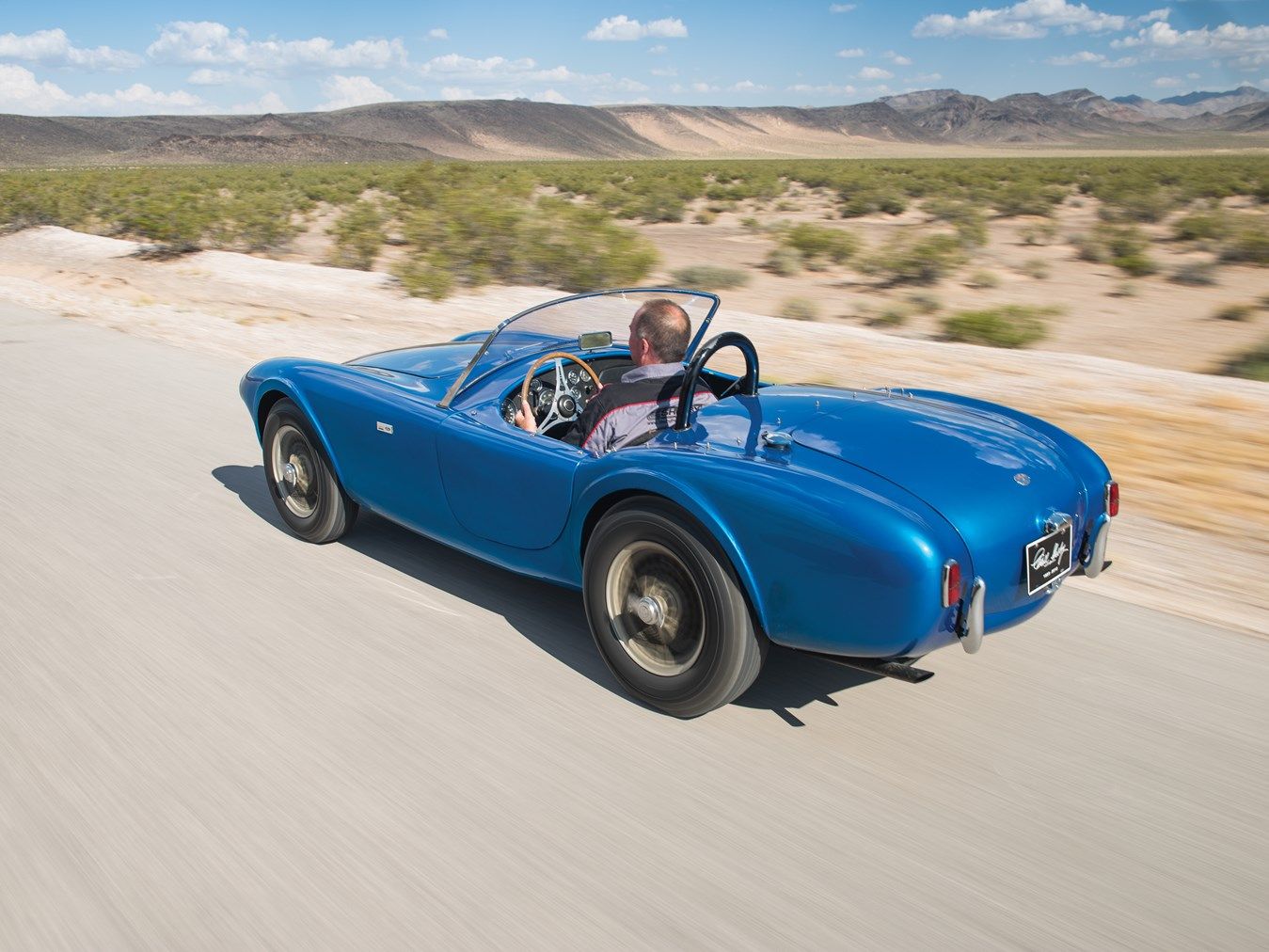
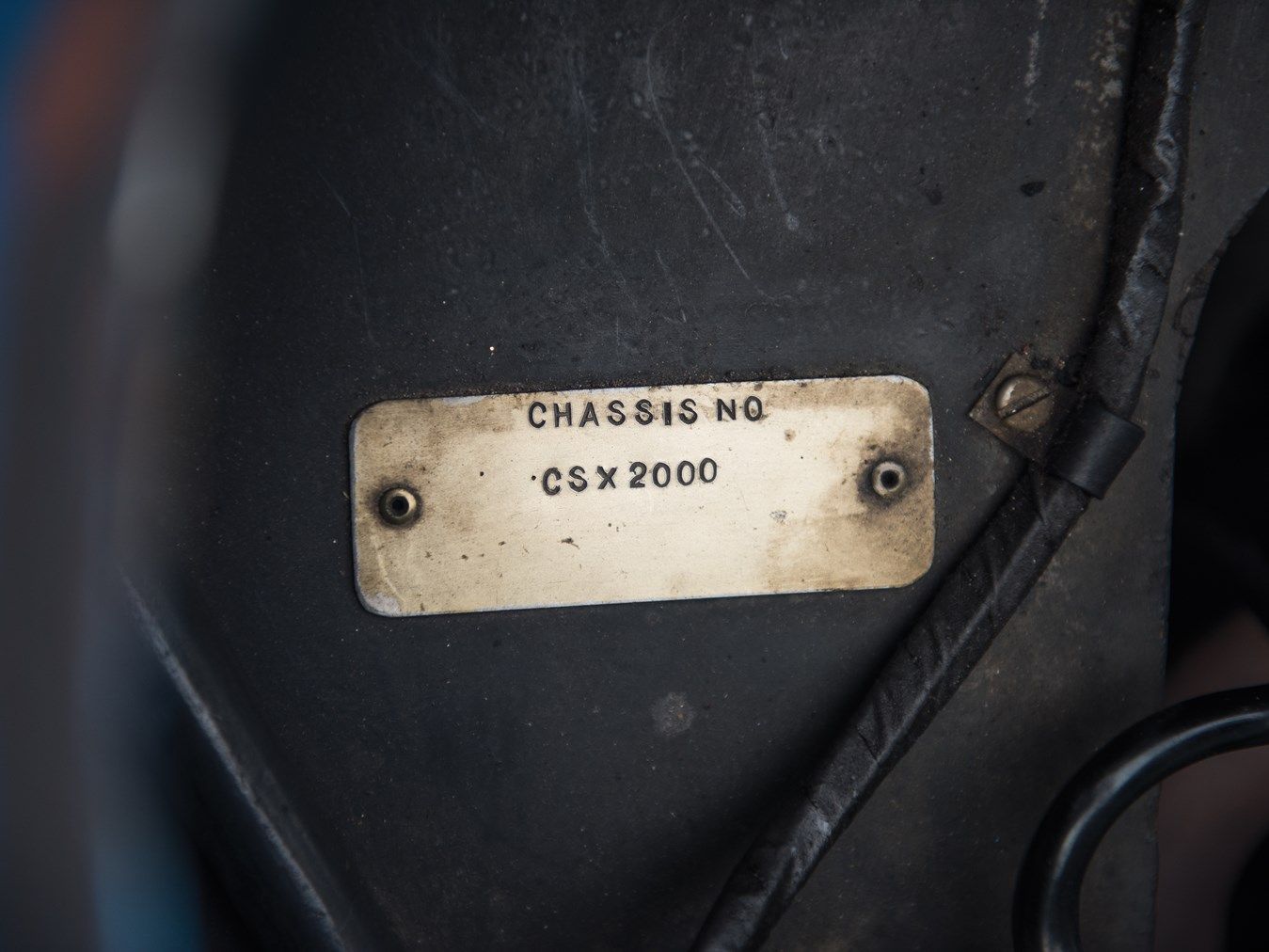
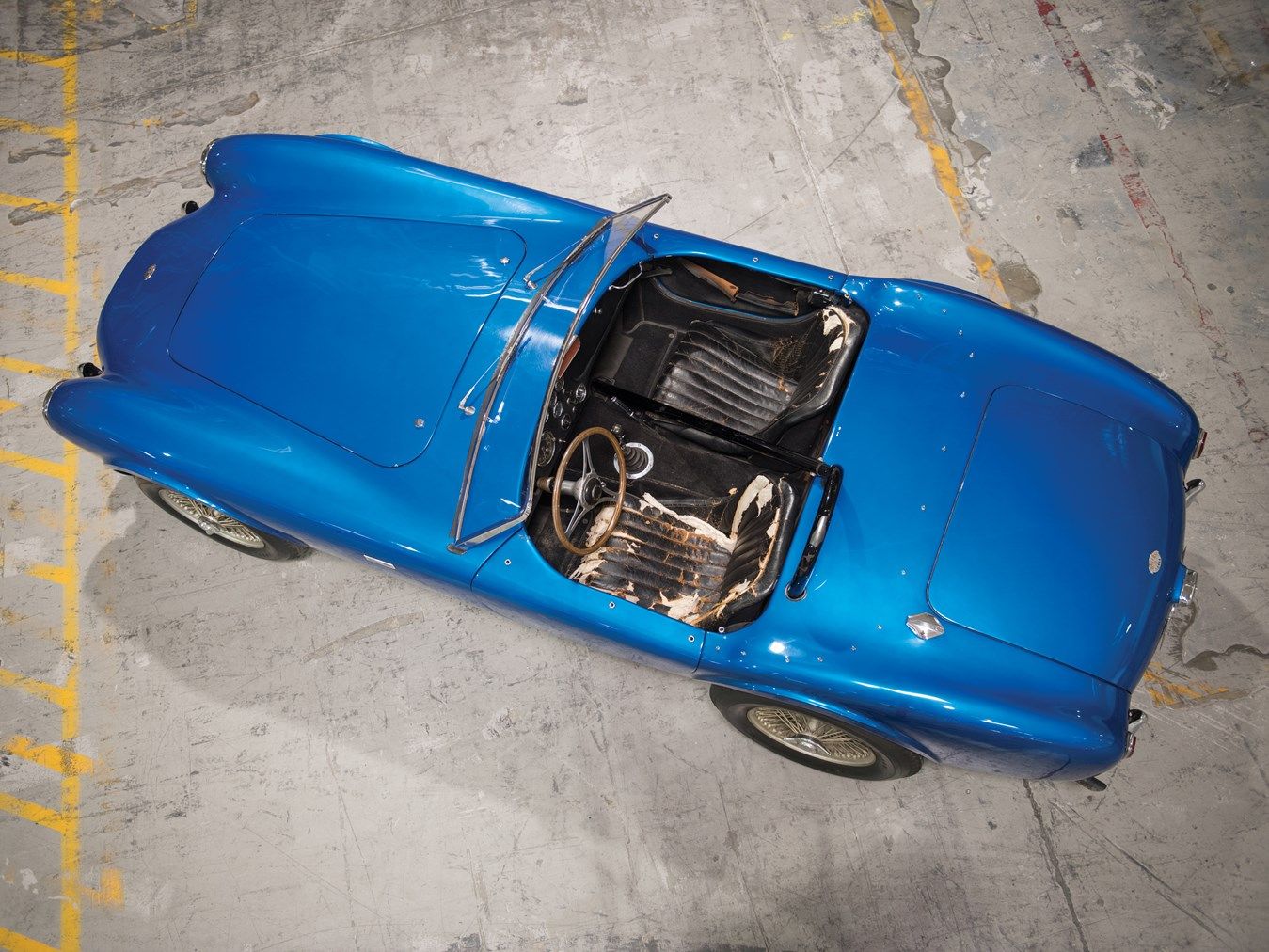
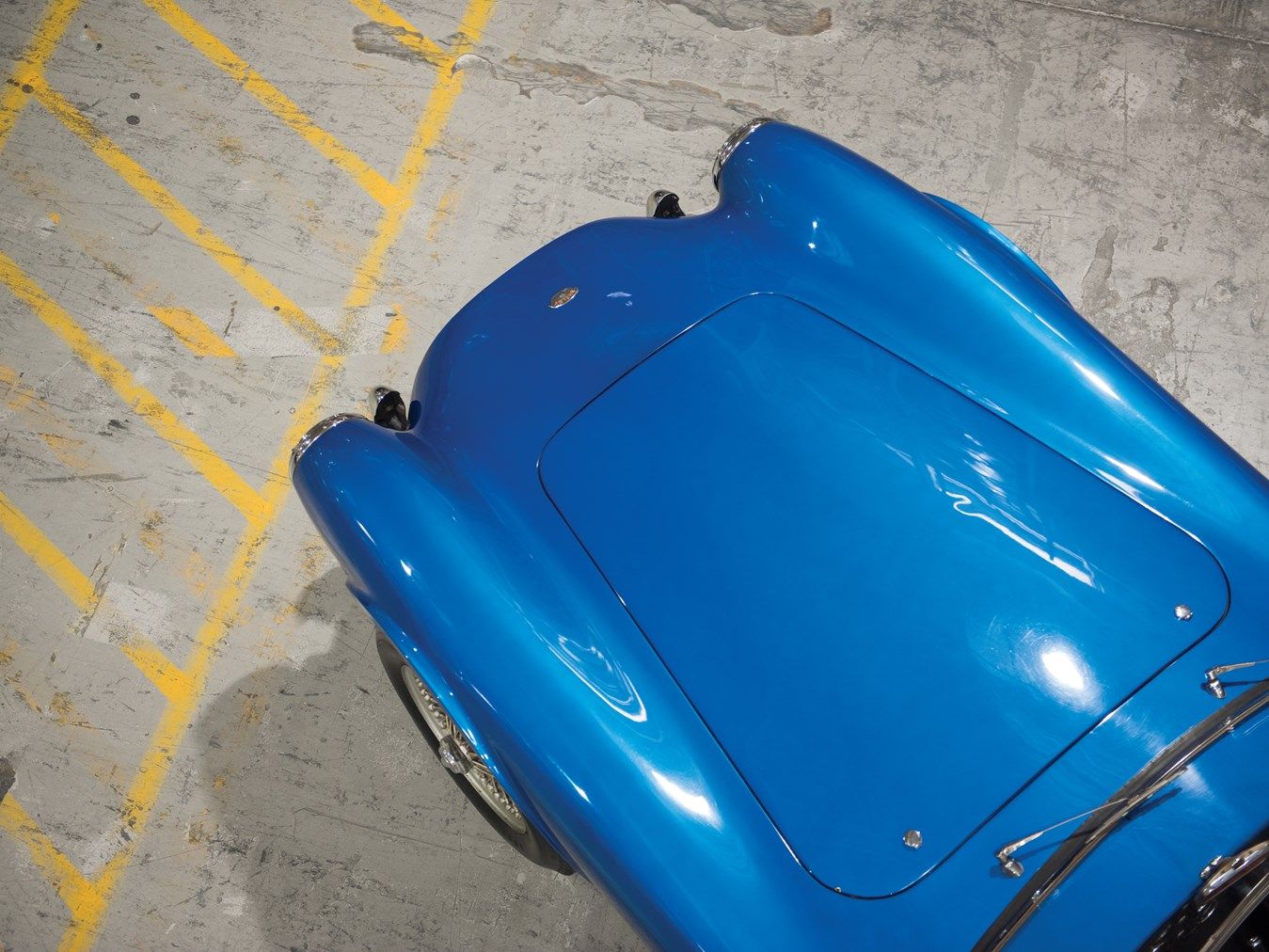
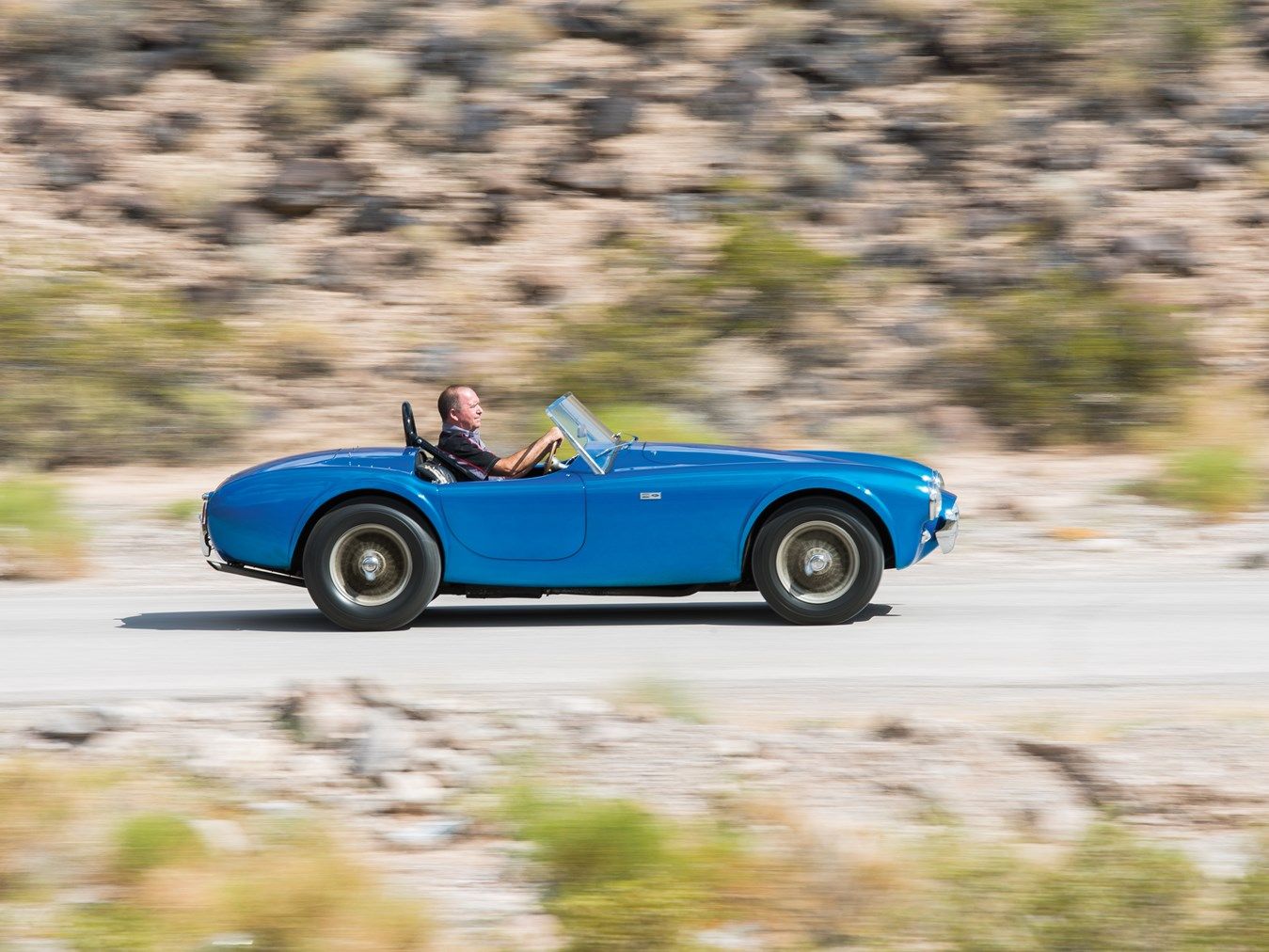
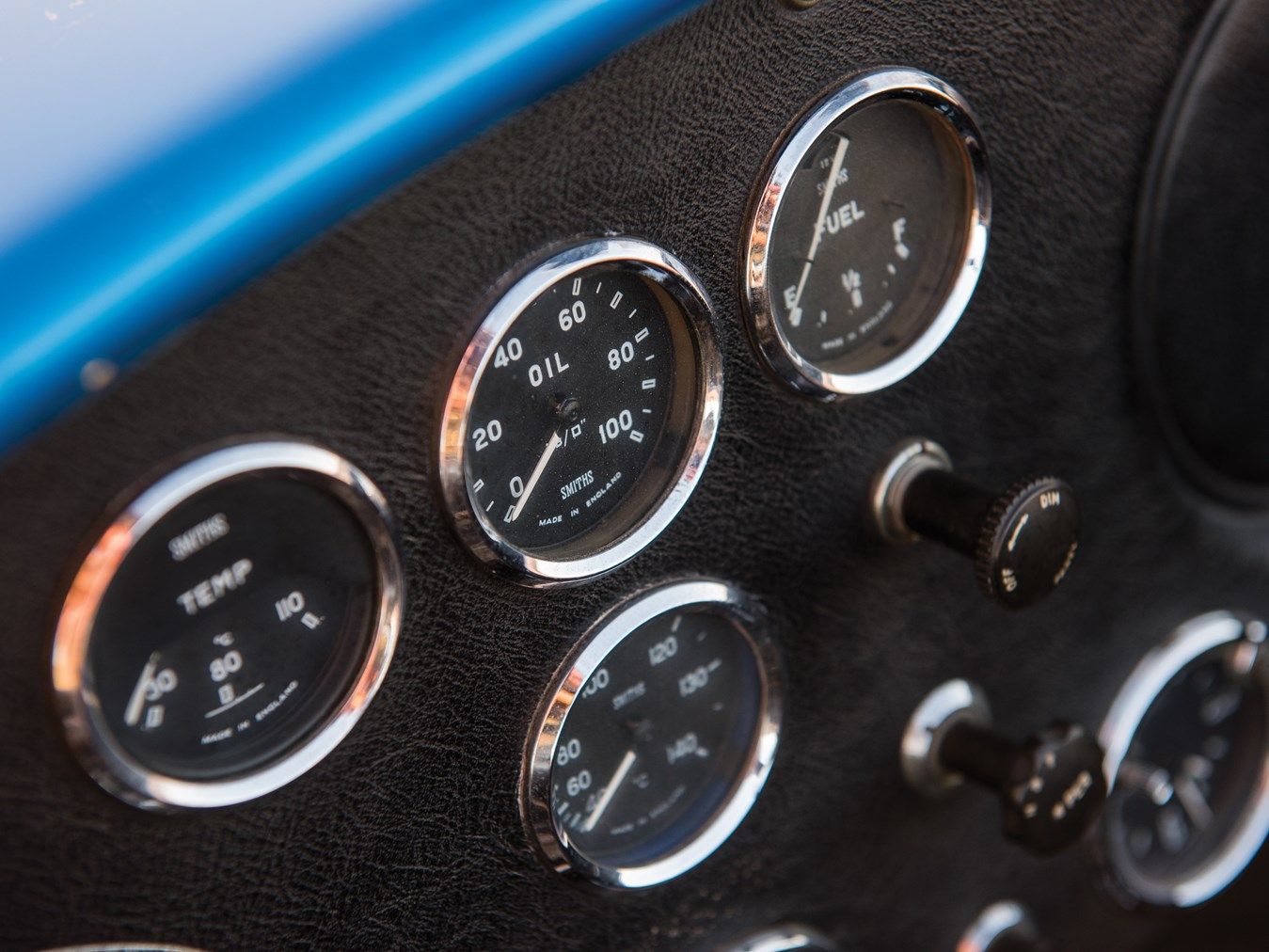
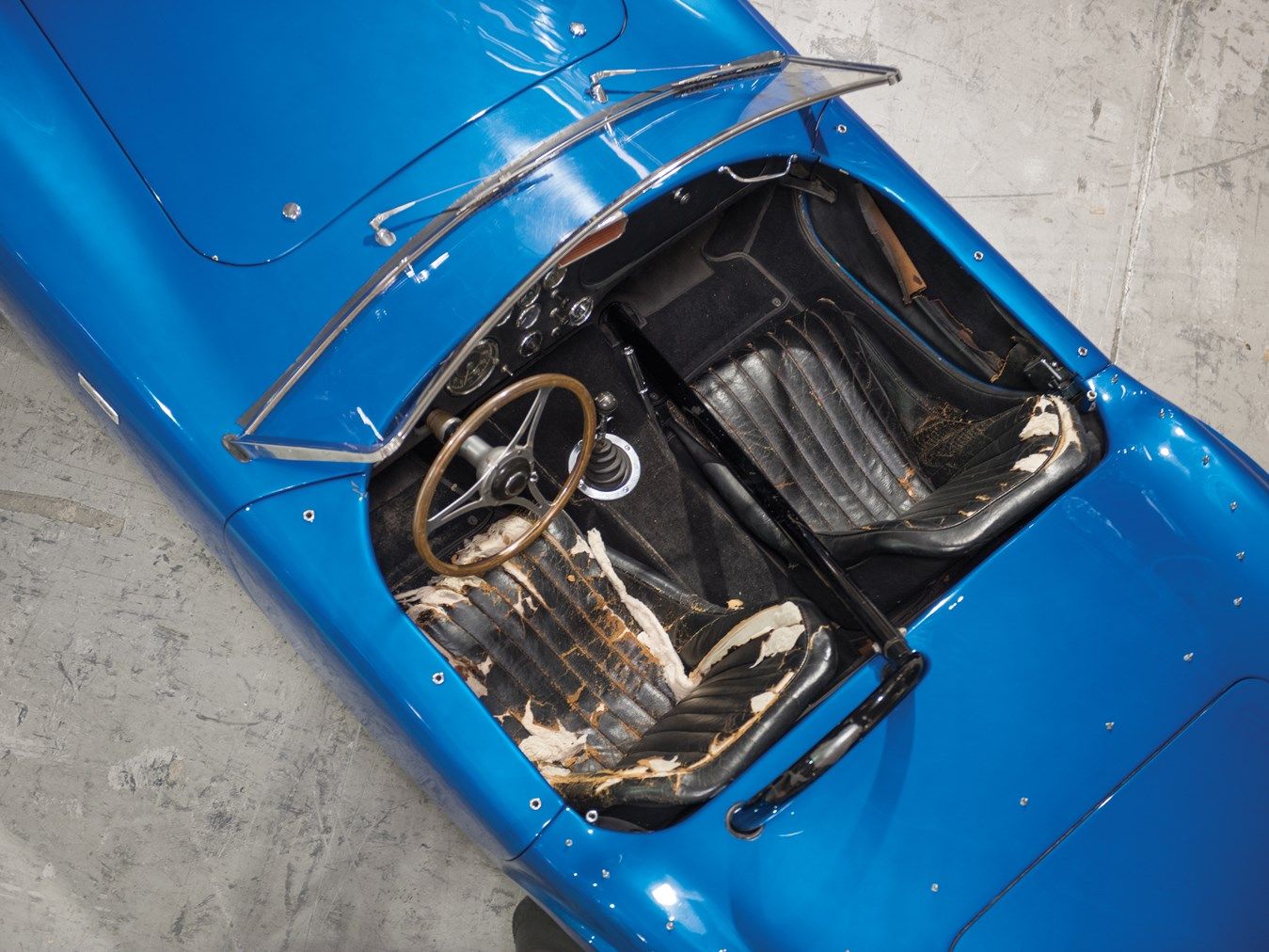

- Make: Array
- Model: 1962 Shelby 260 Cobra "CSX 2000"
- [do not use] Vehicle Model: Array
Exterior


The Shelby Cobra was basically an AC Ace. The AC Ace had a 2.0-liter inline-six that produced just 100 horsepower and was insanely outdated by the early 1960s. It’s is believed that Carroll Shelby helped save AC from going under when he suggested using Ford’s 260 HiPo V-8, but the truth was, AC was already working on the next iteration of the Ace that would use Ford’s 2.6-liter Zephyr Engine. That said, the AC Ace that Shelby used to create the Cobra had already been largely modified to support the Zephyr engine.
Shelby had to make a few modifications throughout the process of building the Cobra, but the changes were actually minimal. Because of this, the Cobra is pretty much identical to the AC ACE. It features that long nose with pronounced front wheel arches and circular headlights. Smaller Circular lights located below serve as turn signal and parking lights. In the center, there are two frame posts and that frown-shaped grille. Moving over to the sides, you’ll notice that the car is pretty much defined by a single body line, some aggressive flaring on the wheel arches, and that sharp crease at the top of the rear quarters.
Around back the car had a bubble butt, if you will, that featured a decent sized boot and chrome handle to match the chrome frame ends in the rear. You’ll also notice that this Cobra doesn’t have the exhaust pipes exiting on the sides. The car still has dual exhaust, but nothing so dramatic as the side pipes on the later models. Instead, the exhaust exits at each rear corner at roughly a 45-degree angle.
Interior

As you can see from looking at the images, the car had a pretty simplistic interior. The flooring and center tunnel was covered by your everyday interior carpet, while the dashboard and the seats were wrapped in leather. The dash featured a tachometer on the far left that ran from zero to 60 (6,000 rpm) with a speedo on the right that ran all the way up to 180 mph. There was a red idiot light in the middle and an amperage gauge positioned above the speedo. As you can see, the odometer in the images reads “00007,” but given the car’s history of use, the car could easily have 200,000 miles on the clock. There were several other gauges for temperature and oil pressure to go with several levers that controlled various functions.
The steering wheel featured a wooden rim with three metal spokes, and there was a dash cubby on the passenger side. The shifter in the middle of the tunnel featured a simple, coiled boot, chrome shaft, and round knob. There is also a chrome hand brake lever on the right side of the tunnel. There is one significant different here between this first-built model and the models that followed. Take a look at the roll bar above the driver’s seat. Most Cobras have a support bar that runs from the back of the bar to the rear of the vehicle. This specific model actually has the support bar running inside the car, crossing over the front, left corner of the front seat.
While most of the interior is still in decent shape, the leather door coverings are in rather rough shape, and the seats have definitely seen better days. Then again, this model is practically unmolested aside from who knows how many paint jobs early in its life. On a car like this, flaws like the ripped seats and the door trim actually add a sense of historical value to the car, so don’t judge the car based on a few flaws.
Drivetrain

Under the hood, you’ll find a Ford, 260 cubic-inch, V-8. The Ford blue paint on the valve covers could very well be original, and you can’t ignore that massive filter perched on top of the carburetor. As you can see from the images, it probably took a shoehorn, lots of sweat, a little blood, and some luck to cram that engine into the engine bay for the first time. Somehow, Shelby and his guys managed to get it in there, and it’s a good thing they did. If it weren't for this car, the Cobra would have never been brought to life, there would be no GT40, and you can forget about Shelby American too.
There haven’t really been any official performance specs published for this specific model, but in 1962 Road and Track gave the car a road test and documented a few numbers. Apparently, the car was able to sprint to 60 mph in 4.2 seconds, which was great for the time. It could also run a quarter mile in 13.08 seconds at 112 mph and topped out at 153 mph. It might not be all that great by today’s standards with modern American muscle throwing around more than 700 horsepower (Challenger and Charger Hellcats) and supercars hitting outrageous numbers on a regular basis, but in its day, it was quite amazing.
For the record, this specific model has a single four-barrel carburetor and a four-speed manual transmission. It has front and rear independent suspension with upper leaf springs and A-arms at the bottom. The front brakes were disc, while the rear were inboard disc brakes.
Prices
As the first Shelby Cobra ever built, we expected this beauty to go for a lot, but we never expected it to take the record. By the time bidding was over with, the CSX 2000 sold for a whopping $13,75 million during RM Sotheby's auction during Monterey Car Week. As a frame of reference, the previous record holder was a 1968 Ford GT40 that sold back in 2012 for just $11 million. Talk about raising the bar!
Conclusion

Normally we like to include things like pricing and competing models, but for this specific model how can you really compare it to anything? And, until it goes under the hammer and some wealthy lucky man spends an undetermined amount of money to take it home, who knows what the car is actually worth. While it doesn’t exactly serve as a basis for comparison, a 1963 model (Chassis No. 2080) in fair condition sold for $467,500 back in 2011, so you can bet that the very first Cobra will sell for significantly more. With that said, we’ll be sure up update you with the selling price of this special car. Until it does go under the hammer, check out our photo gallery to see all the pictures of this piece of history.

